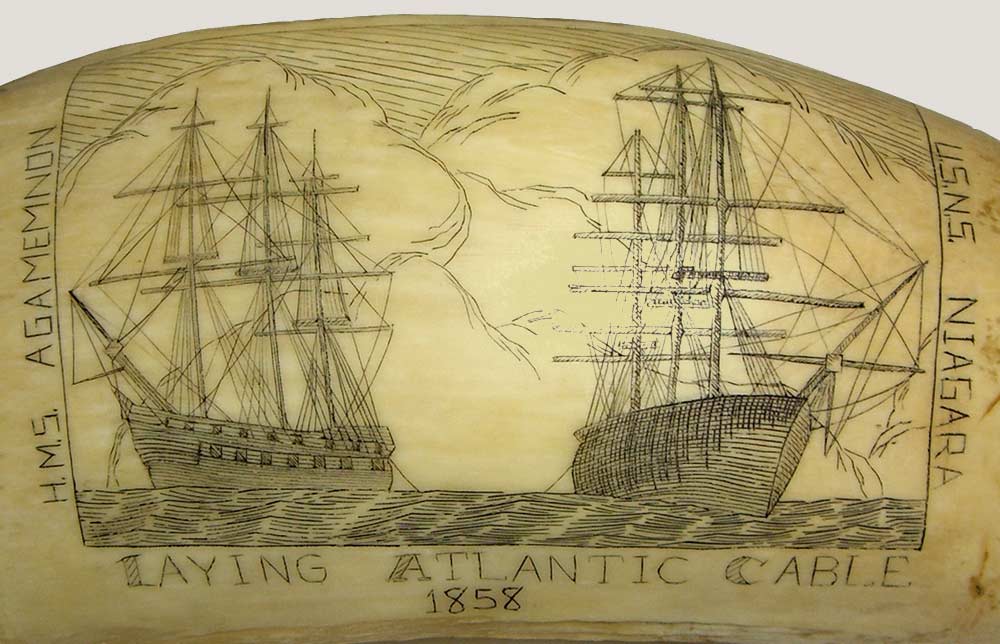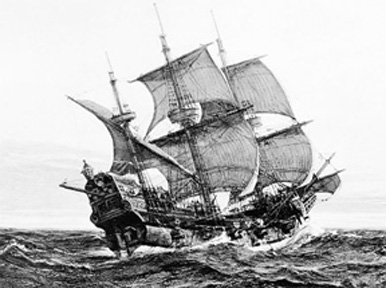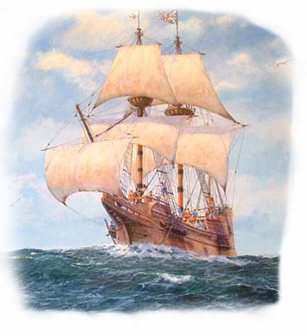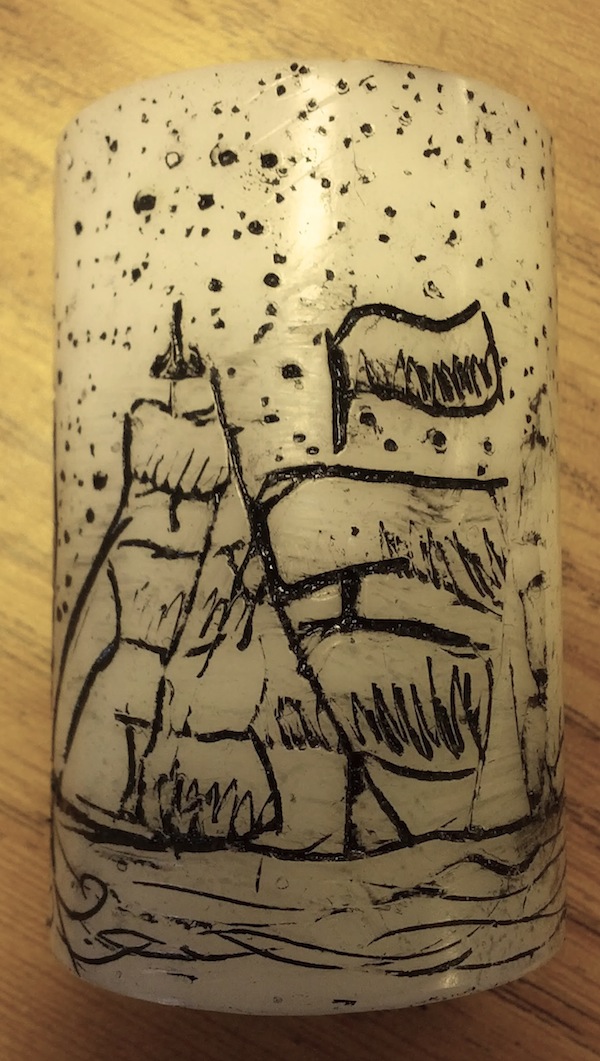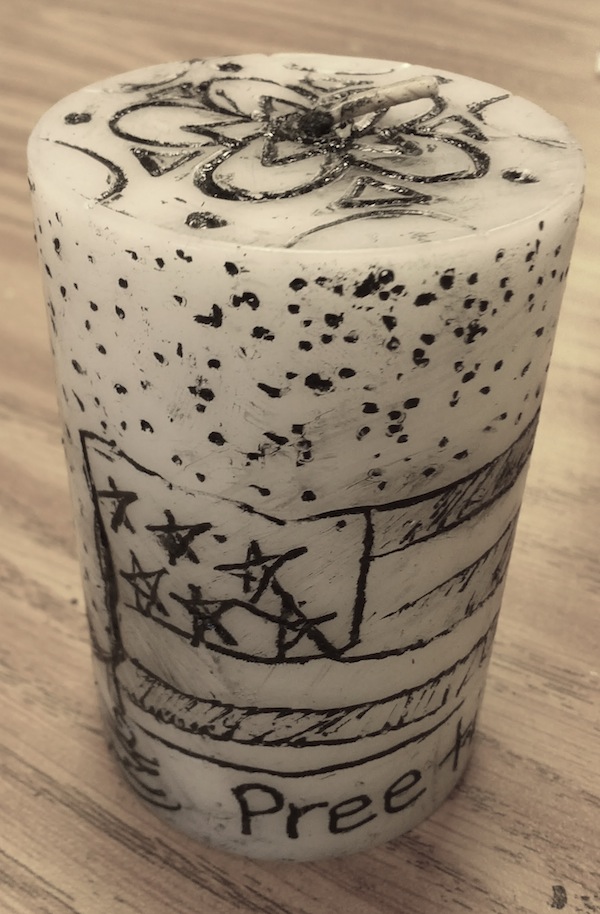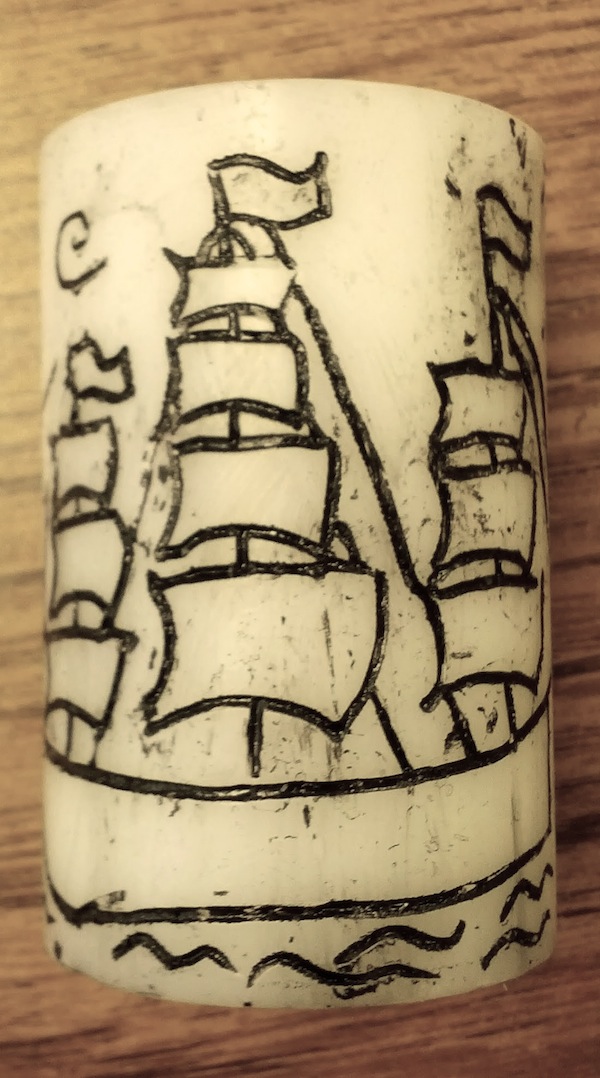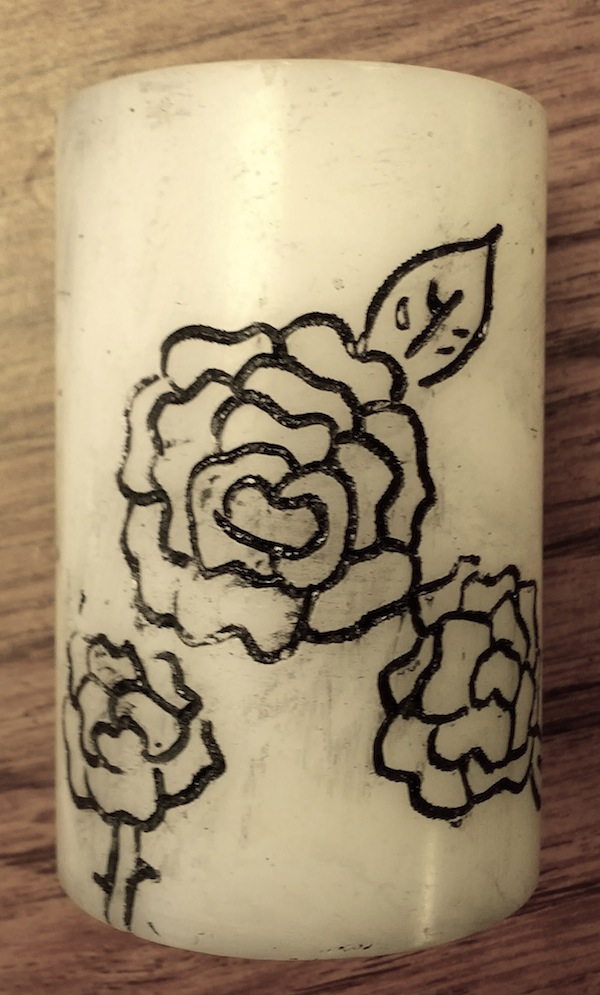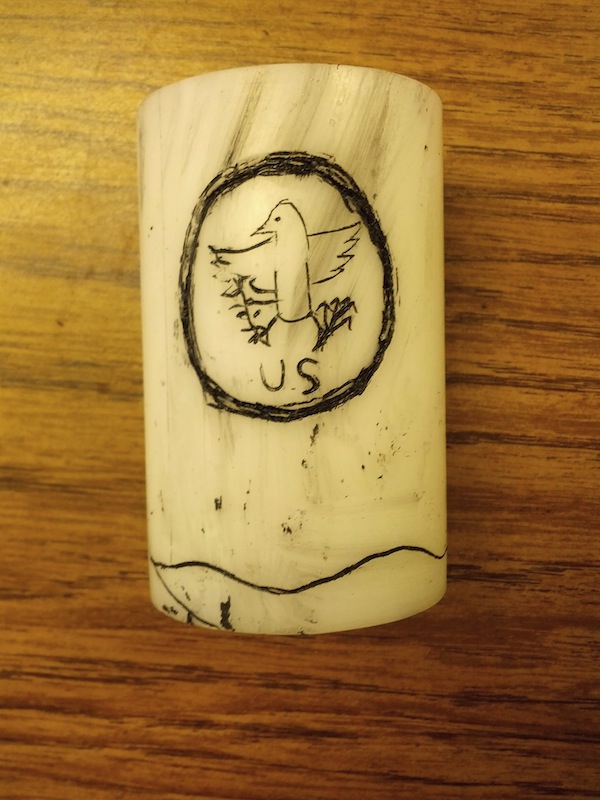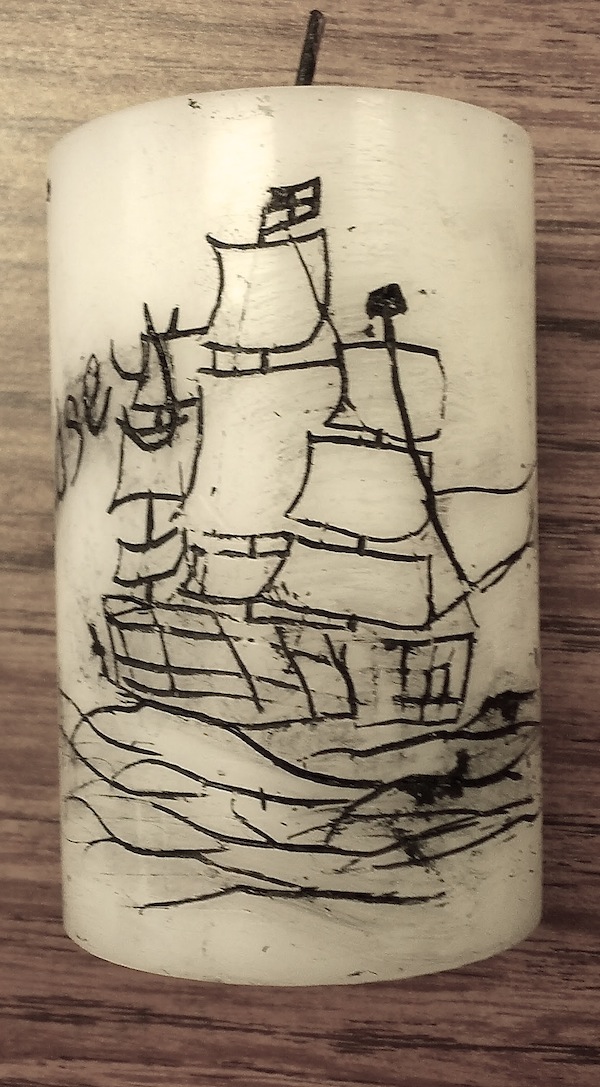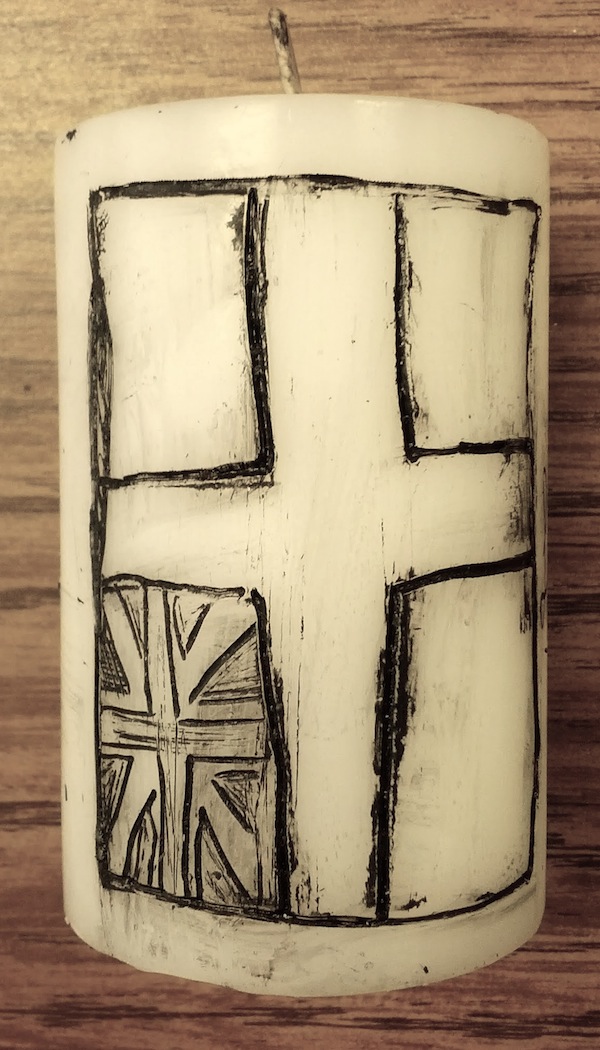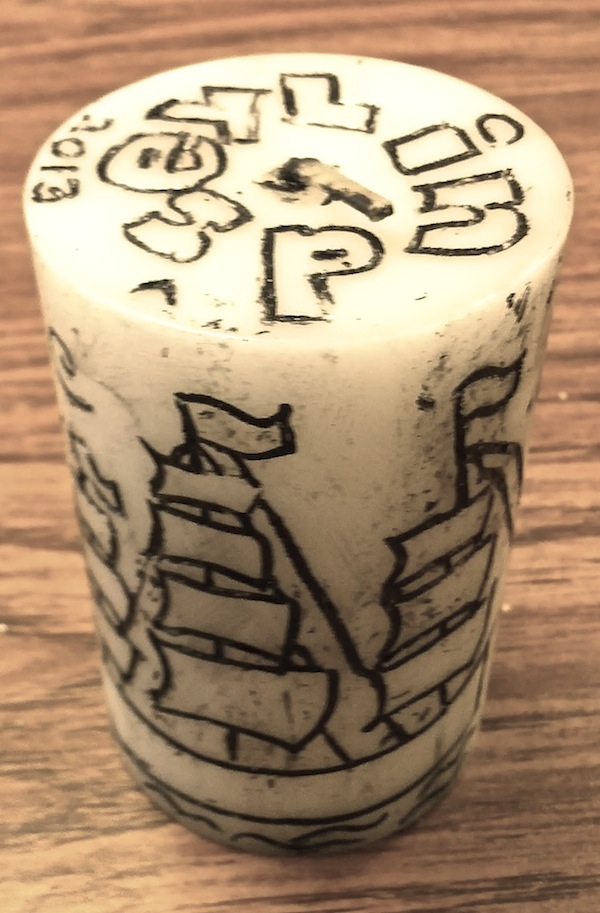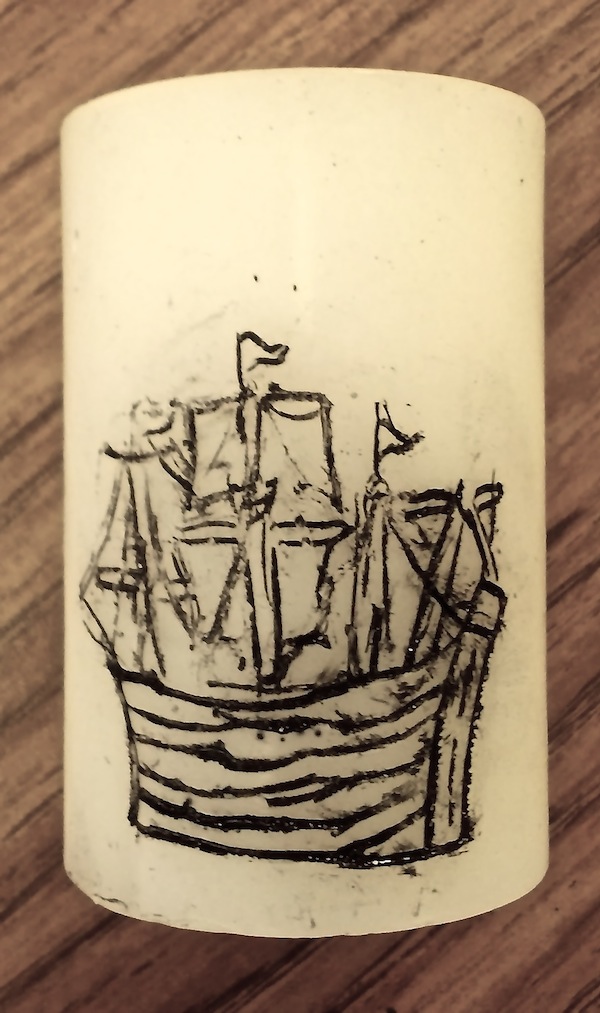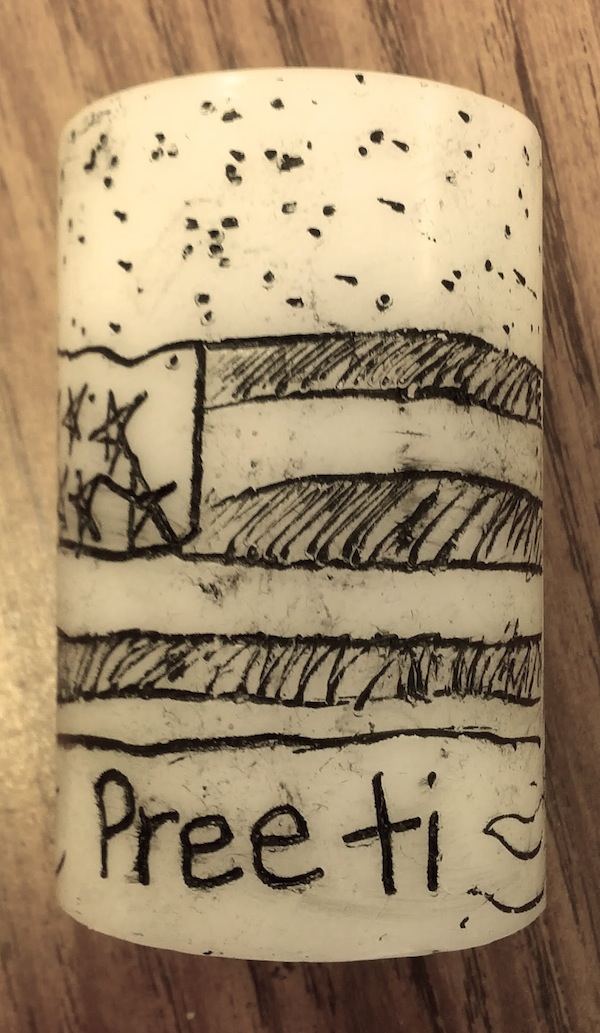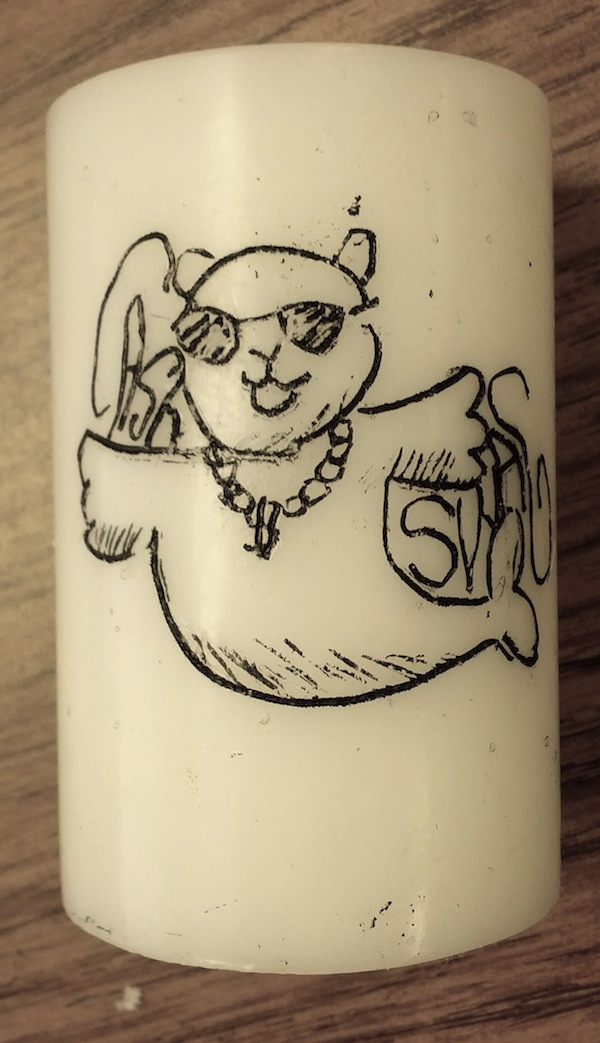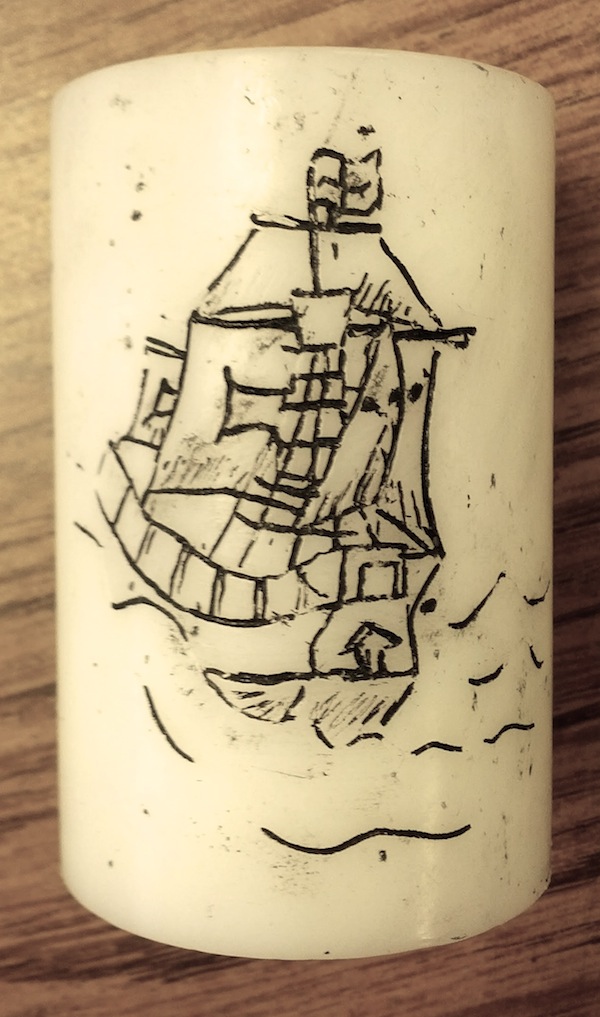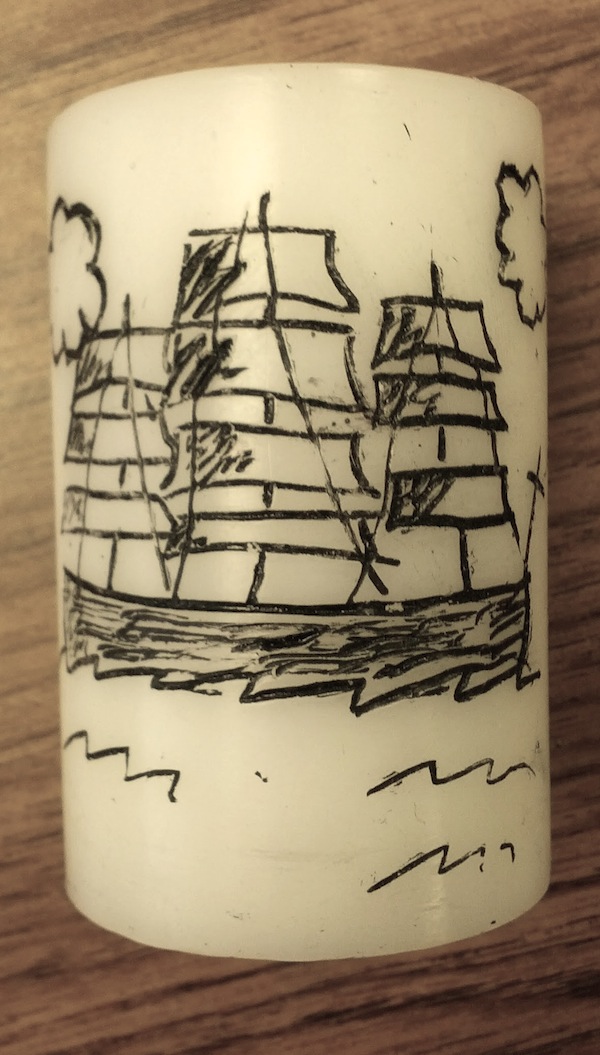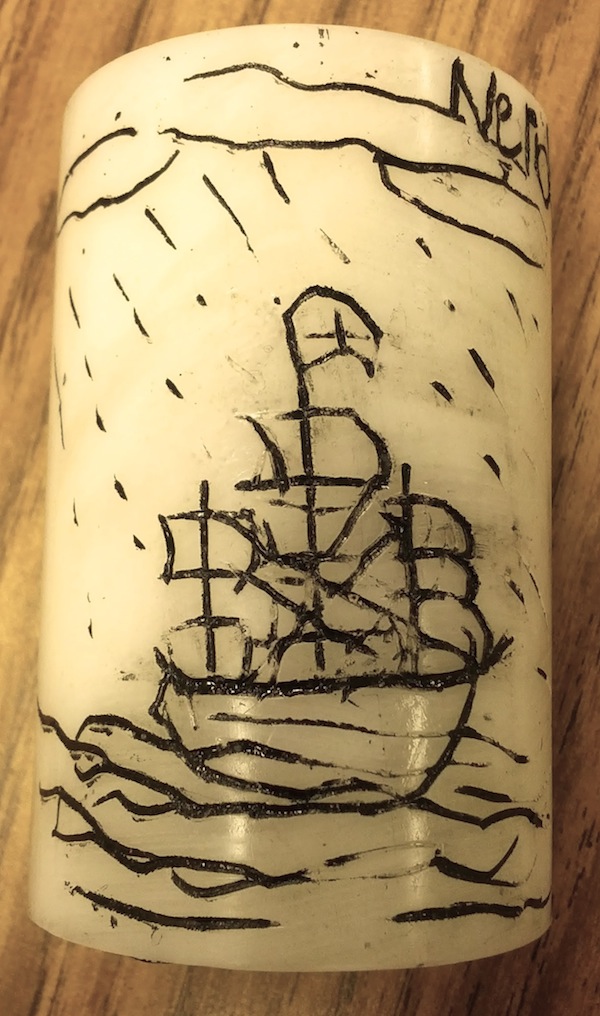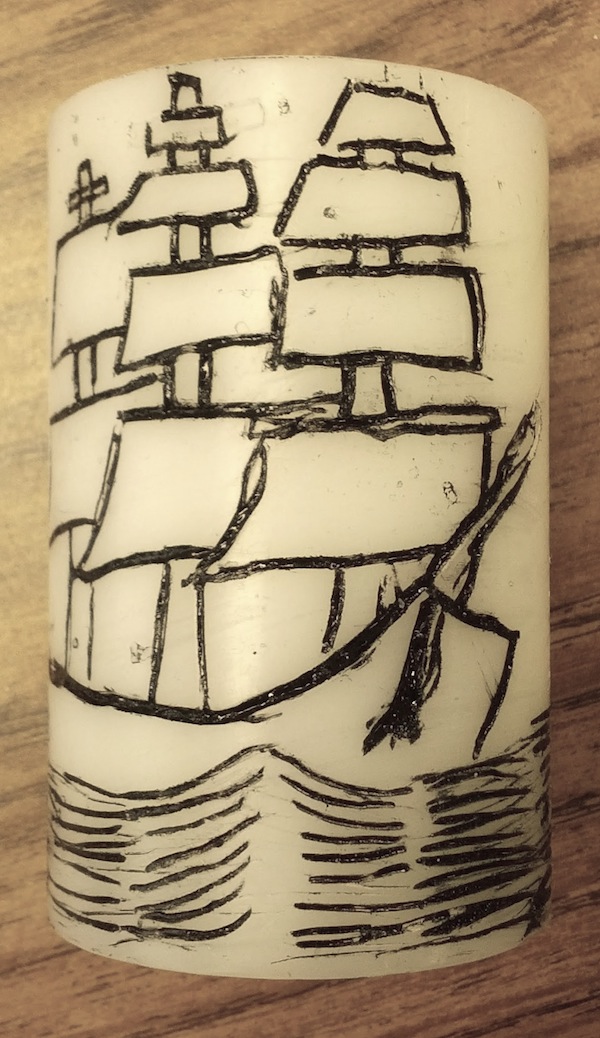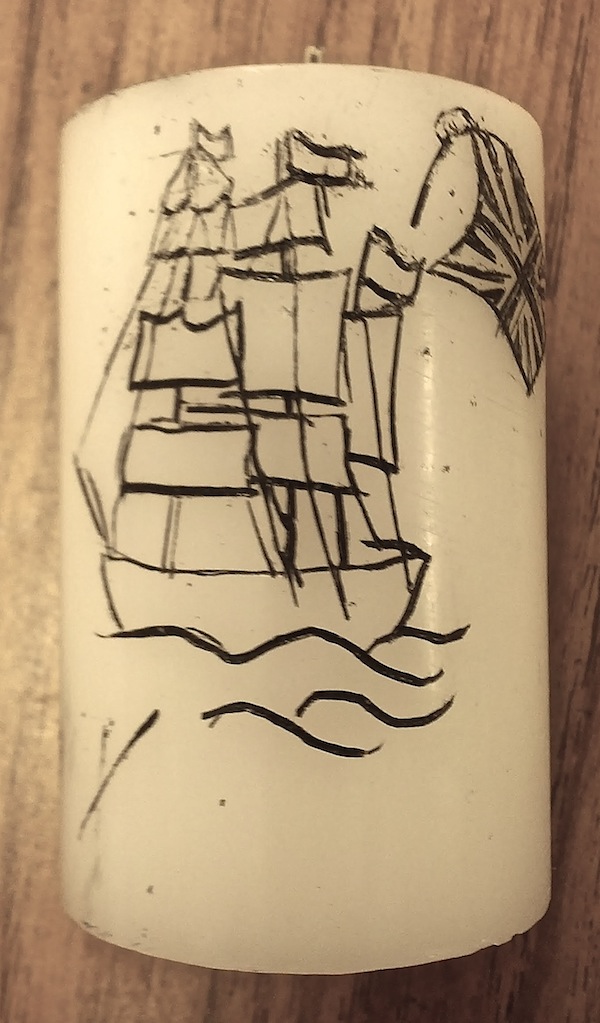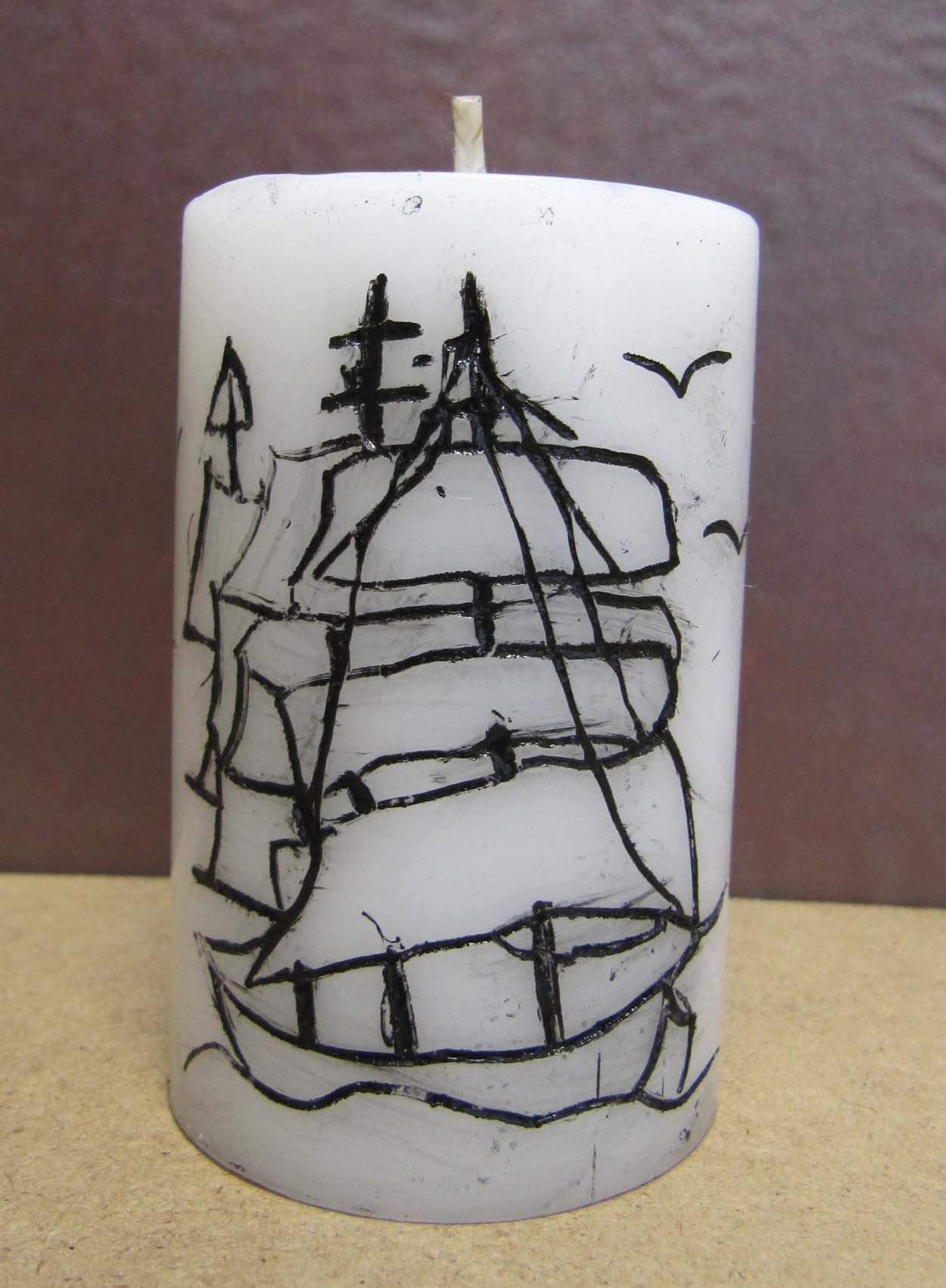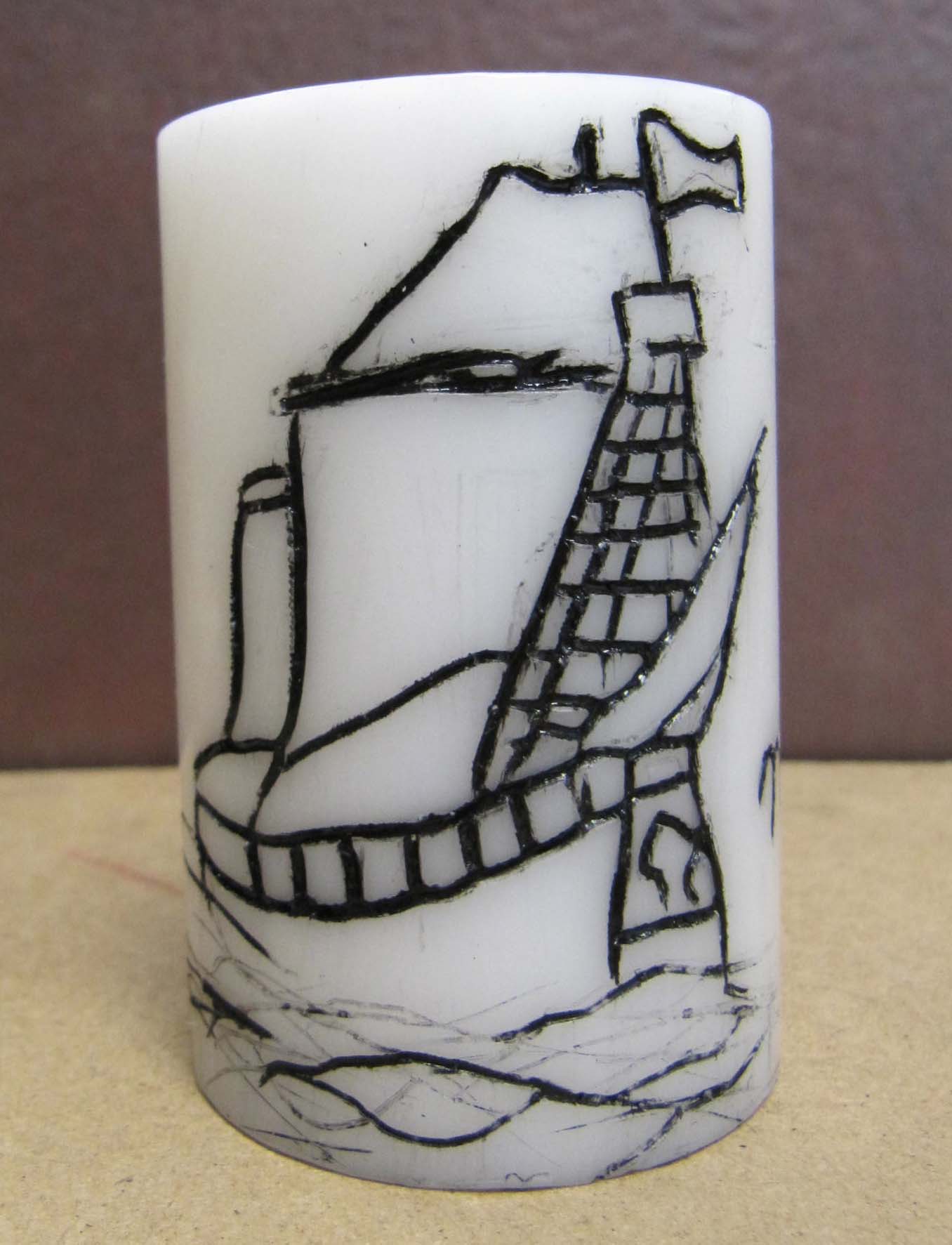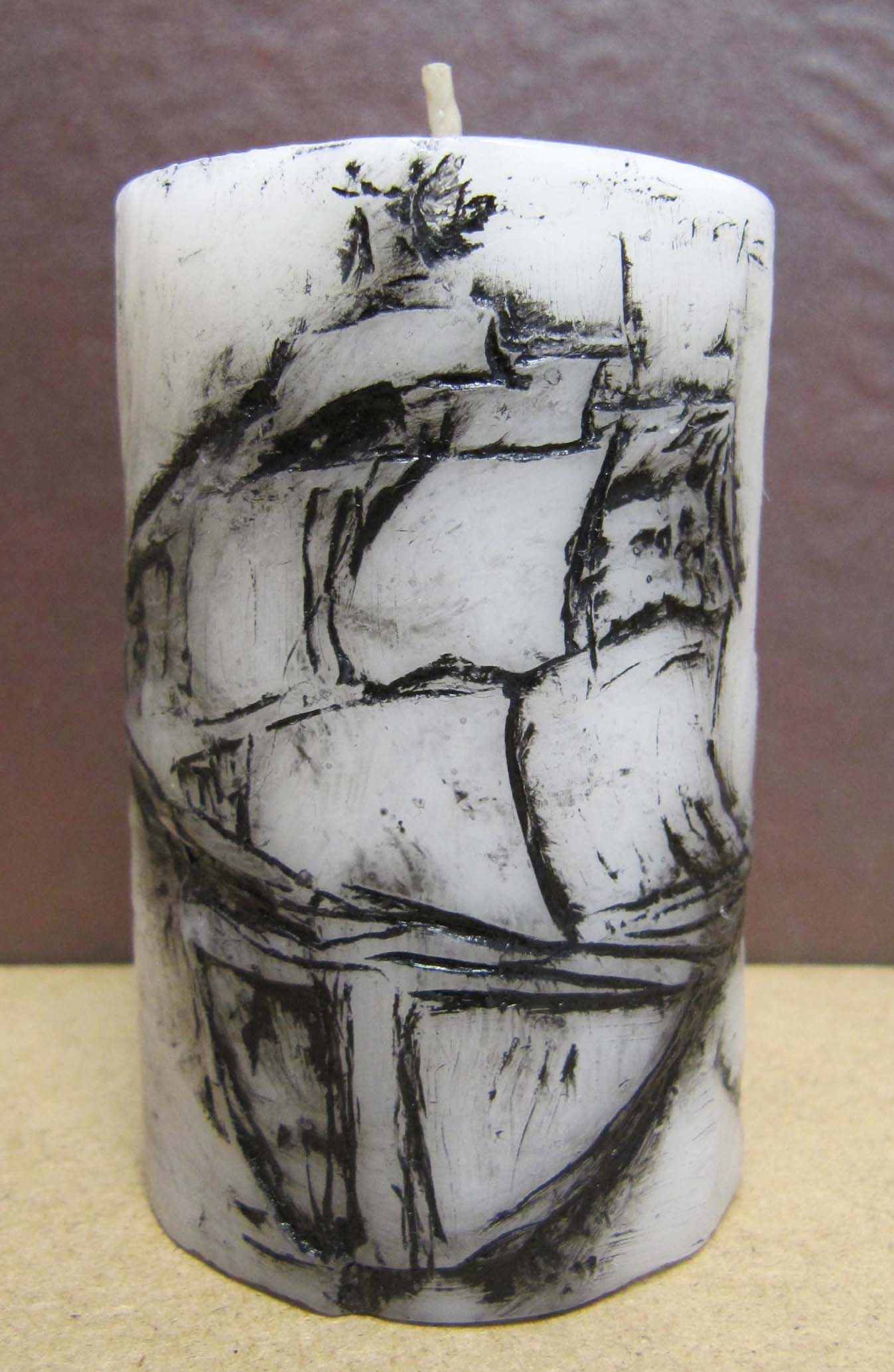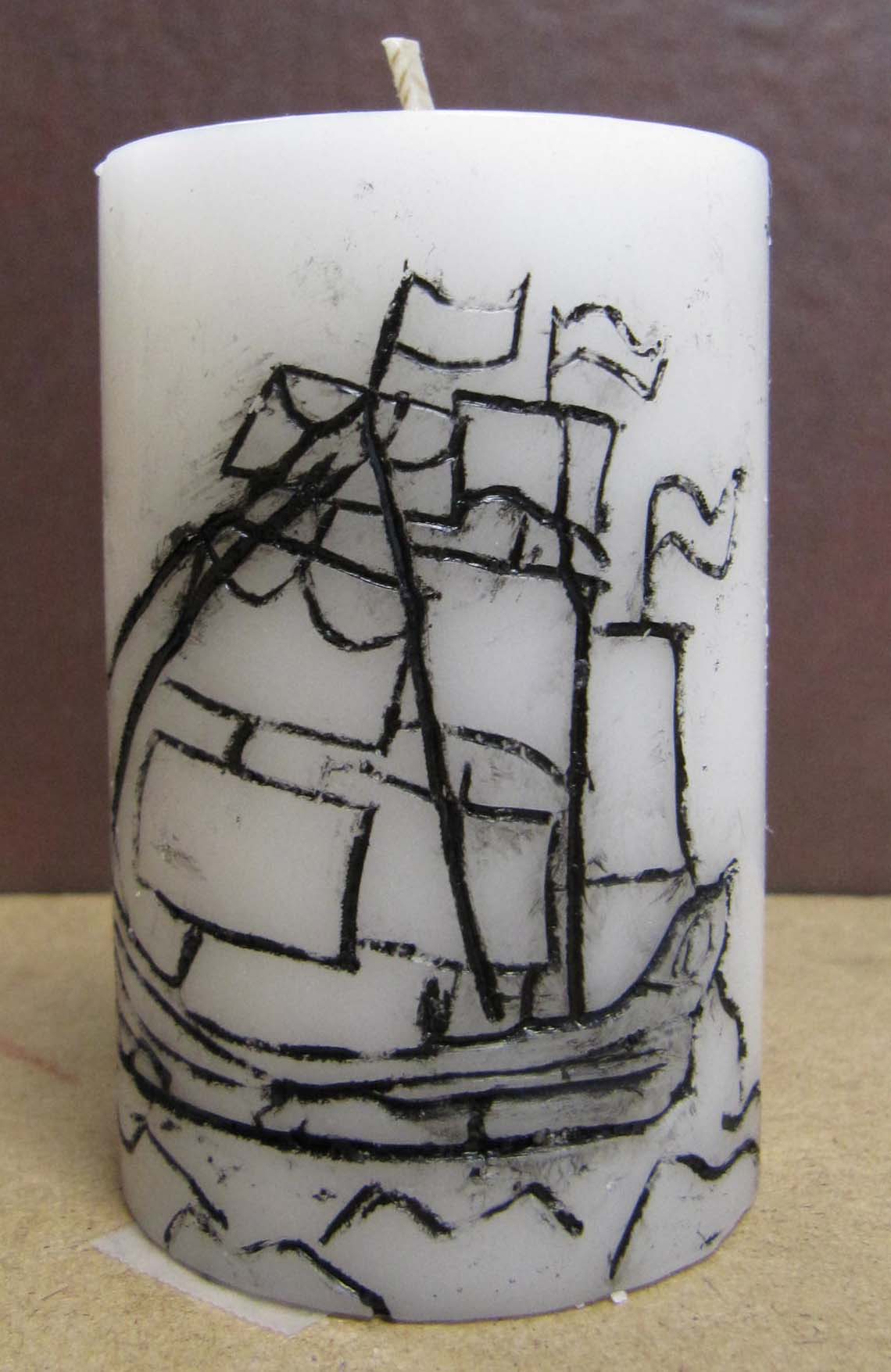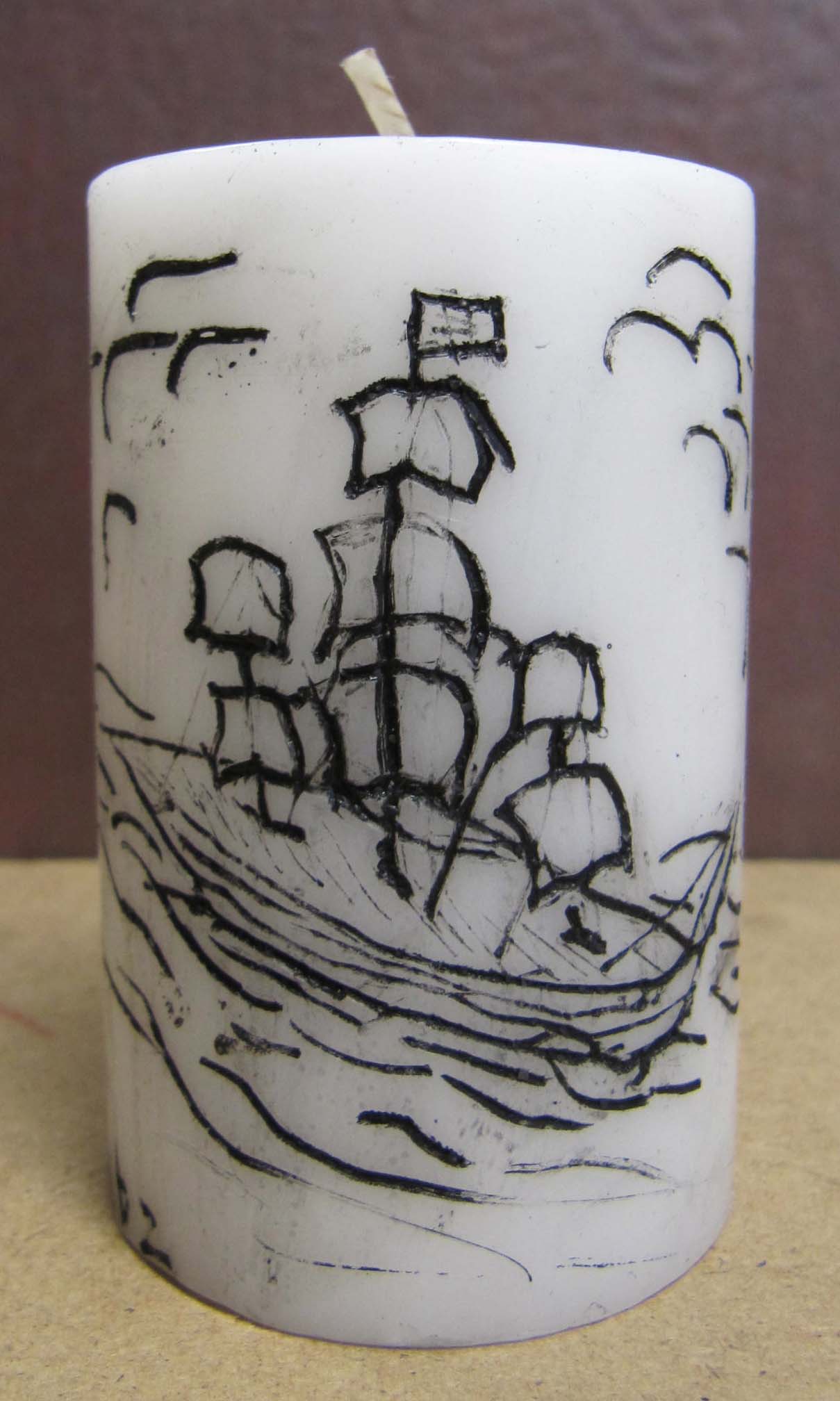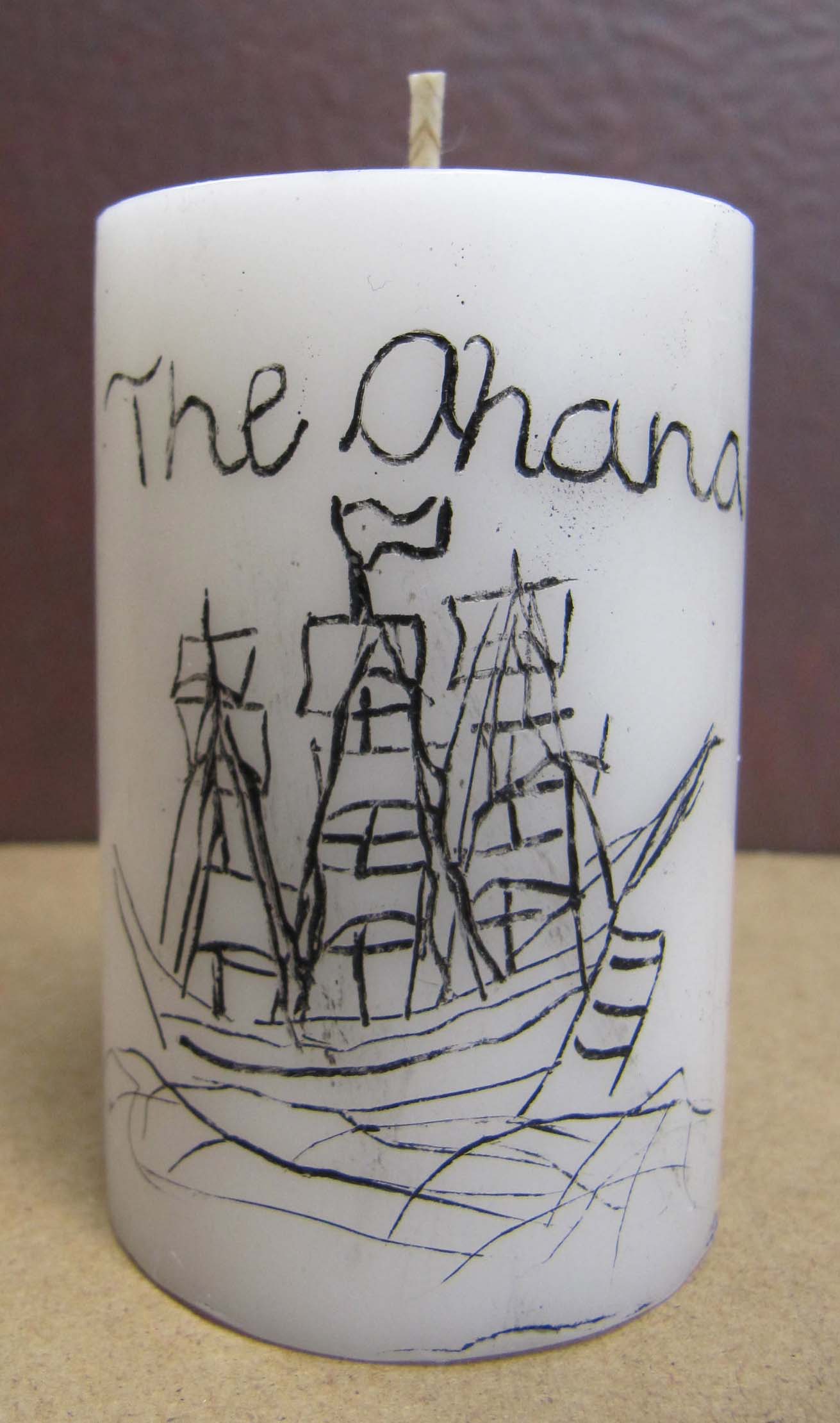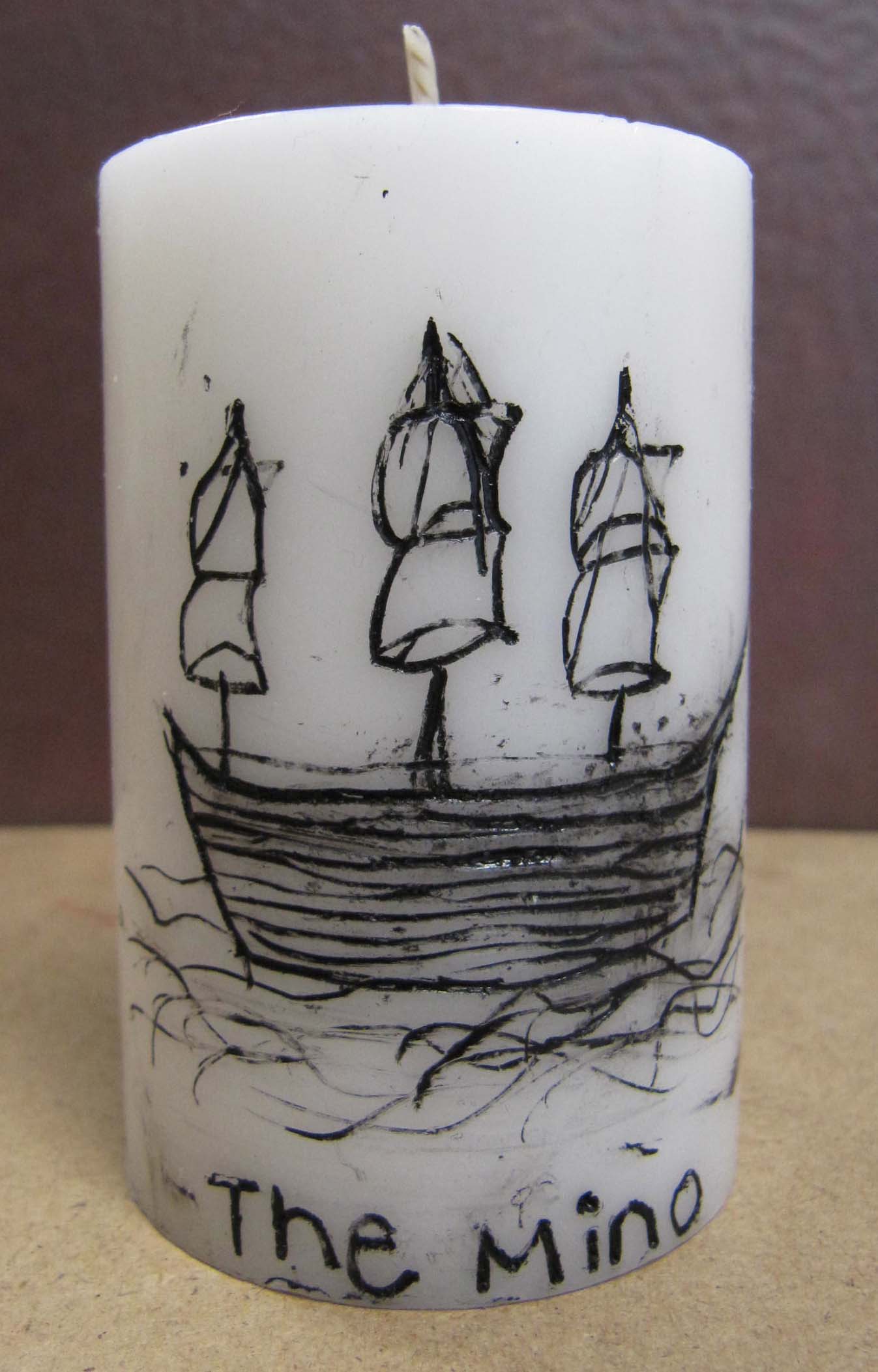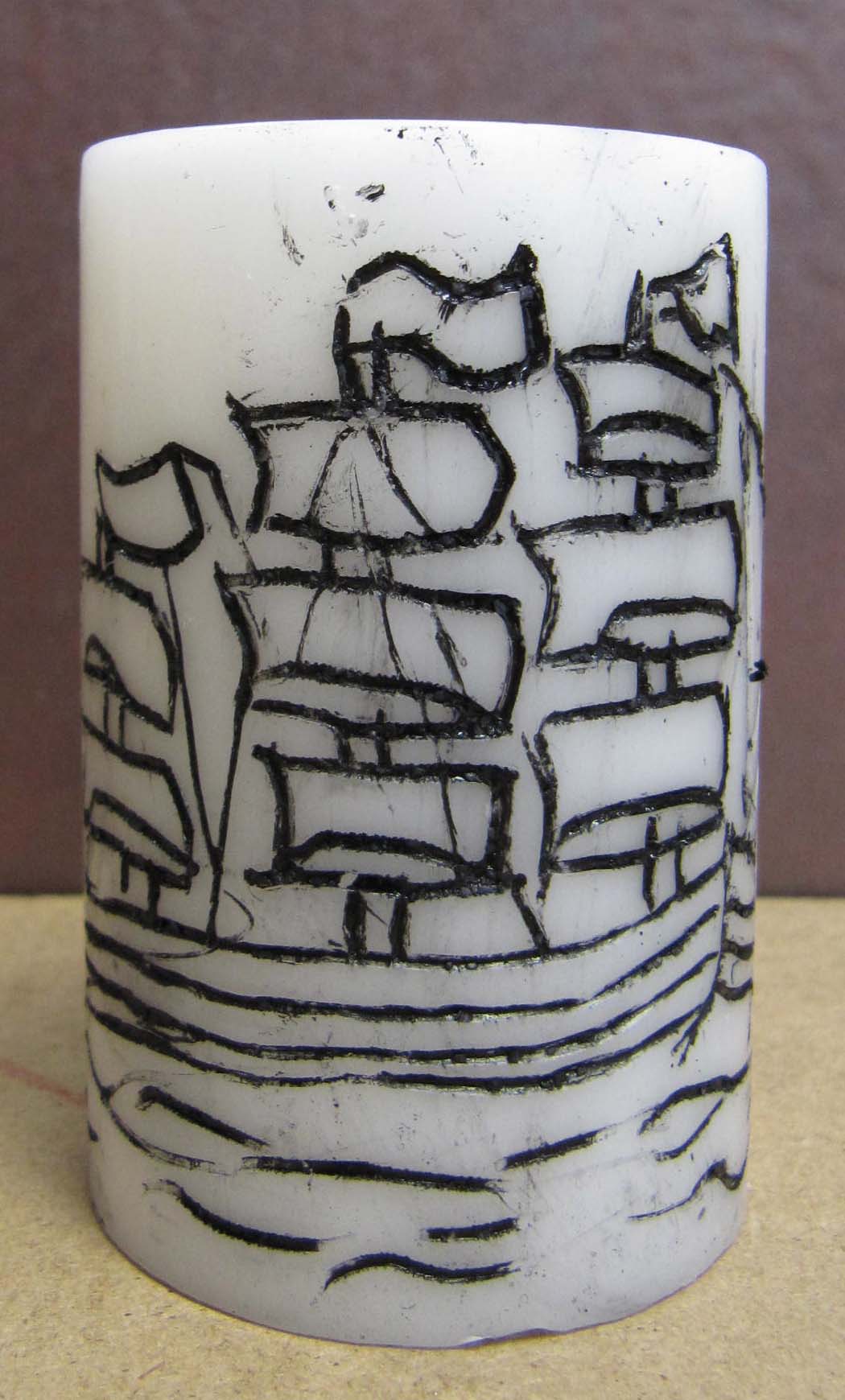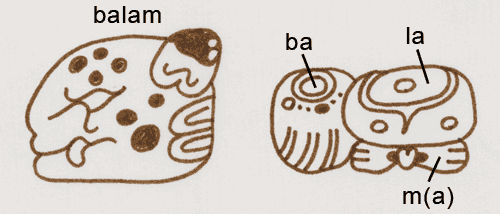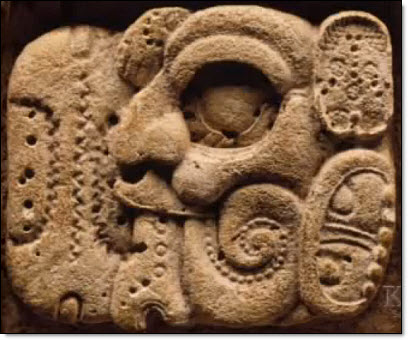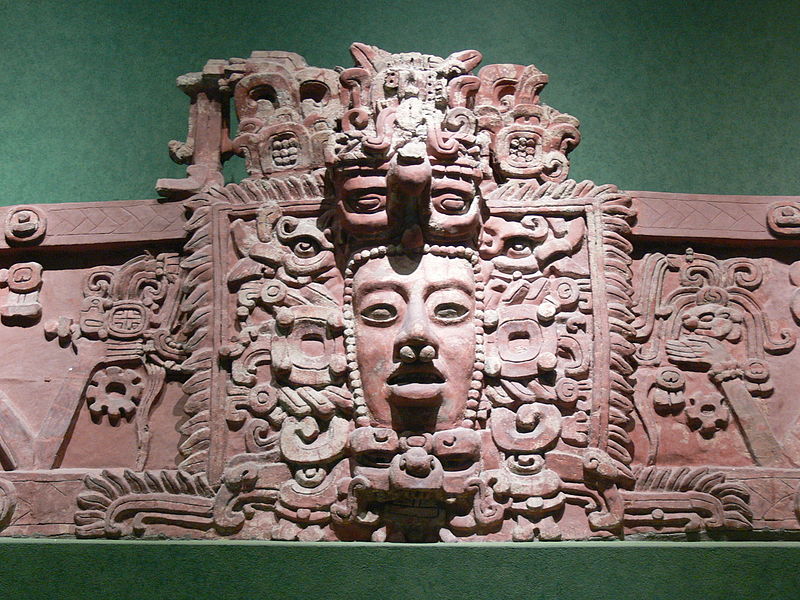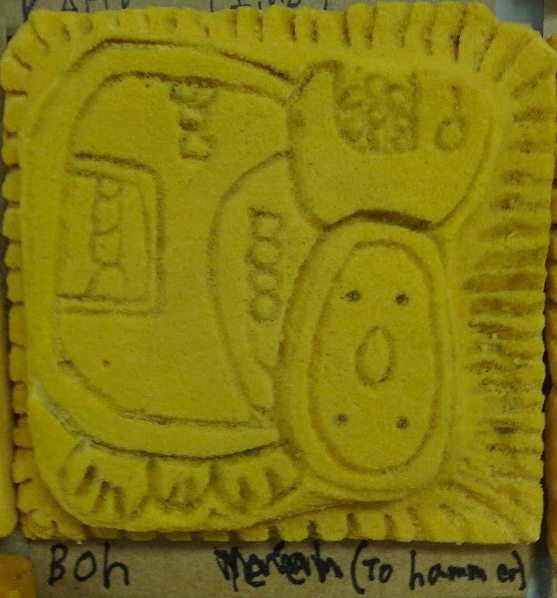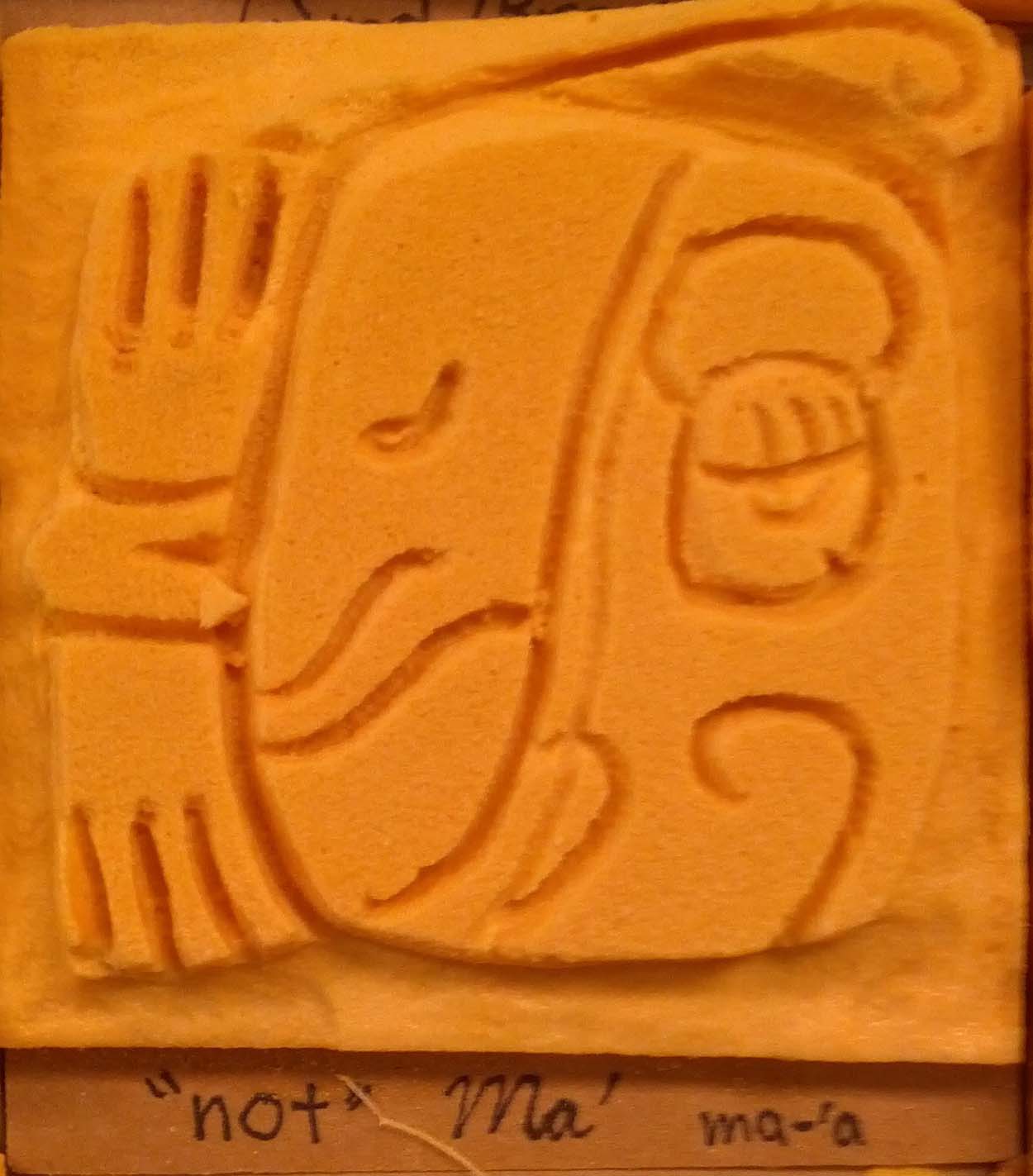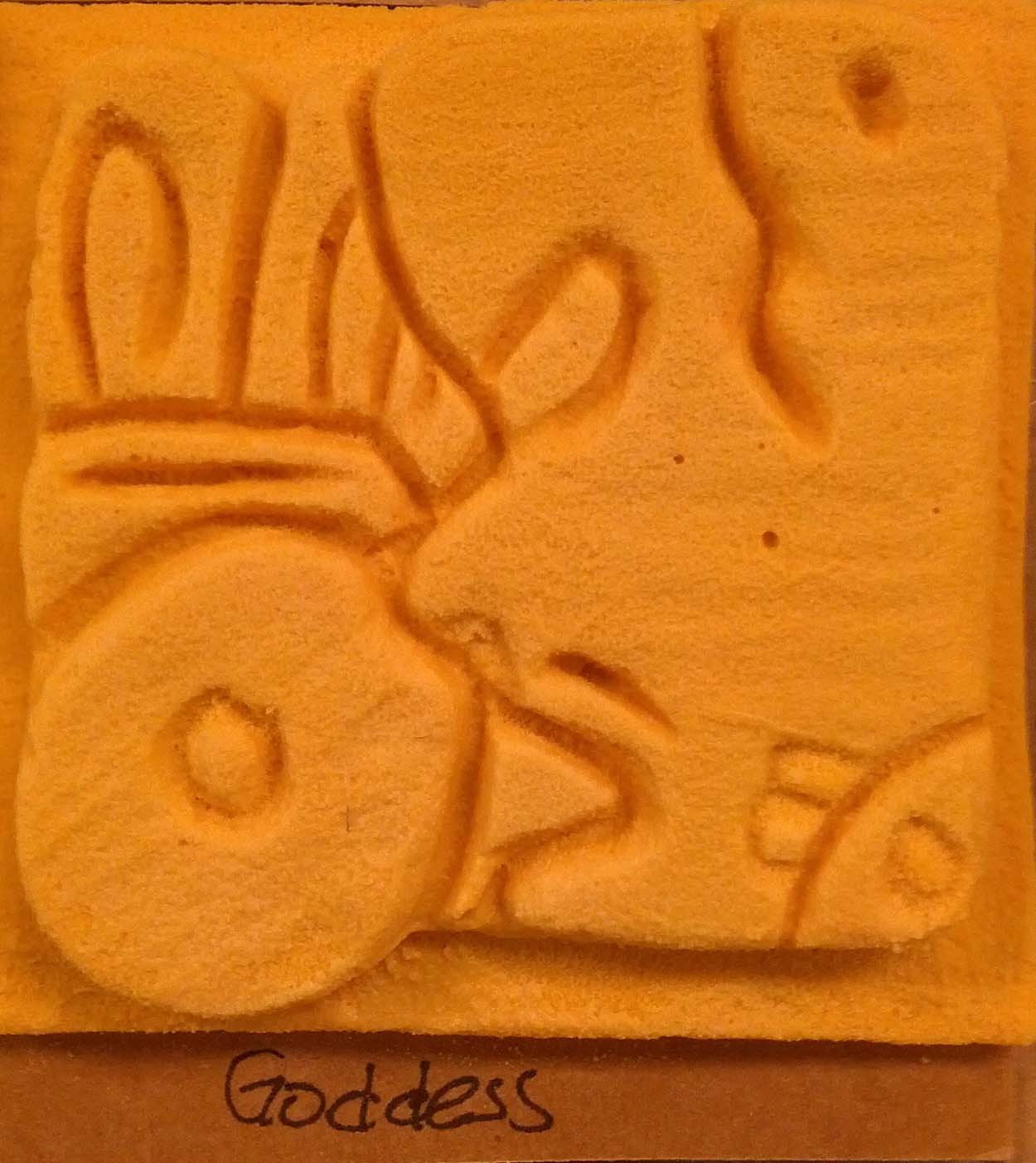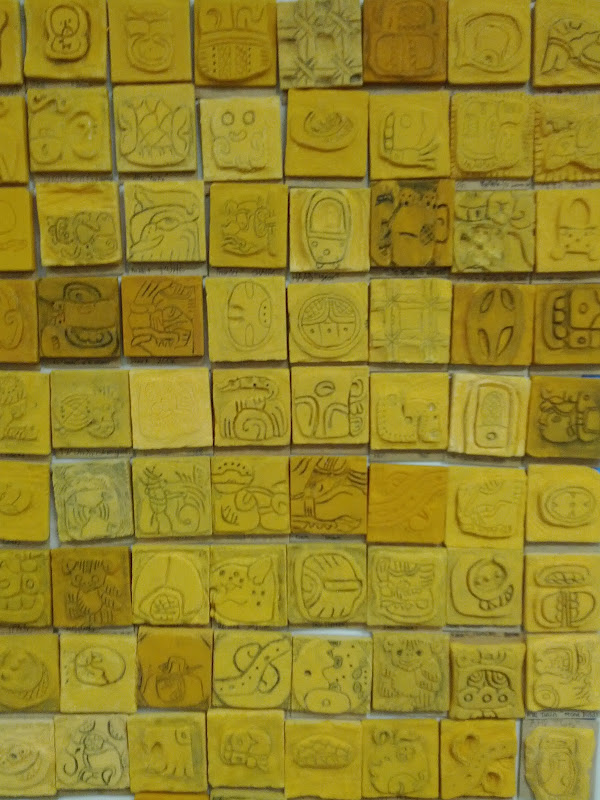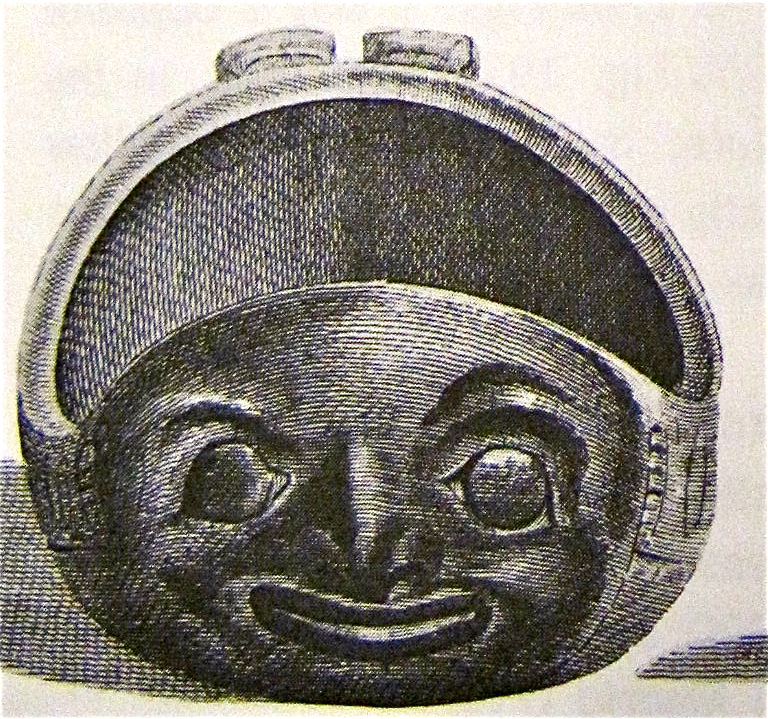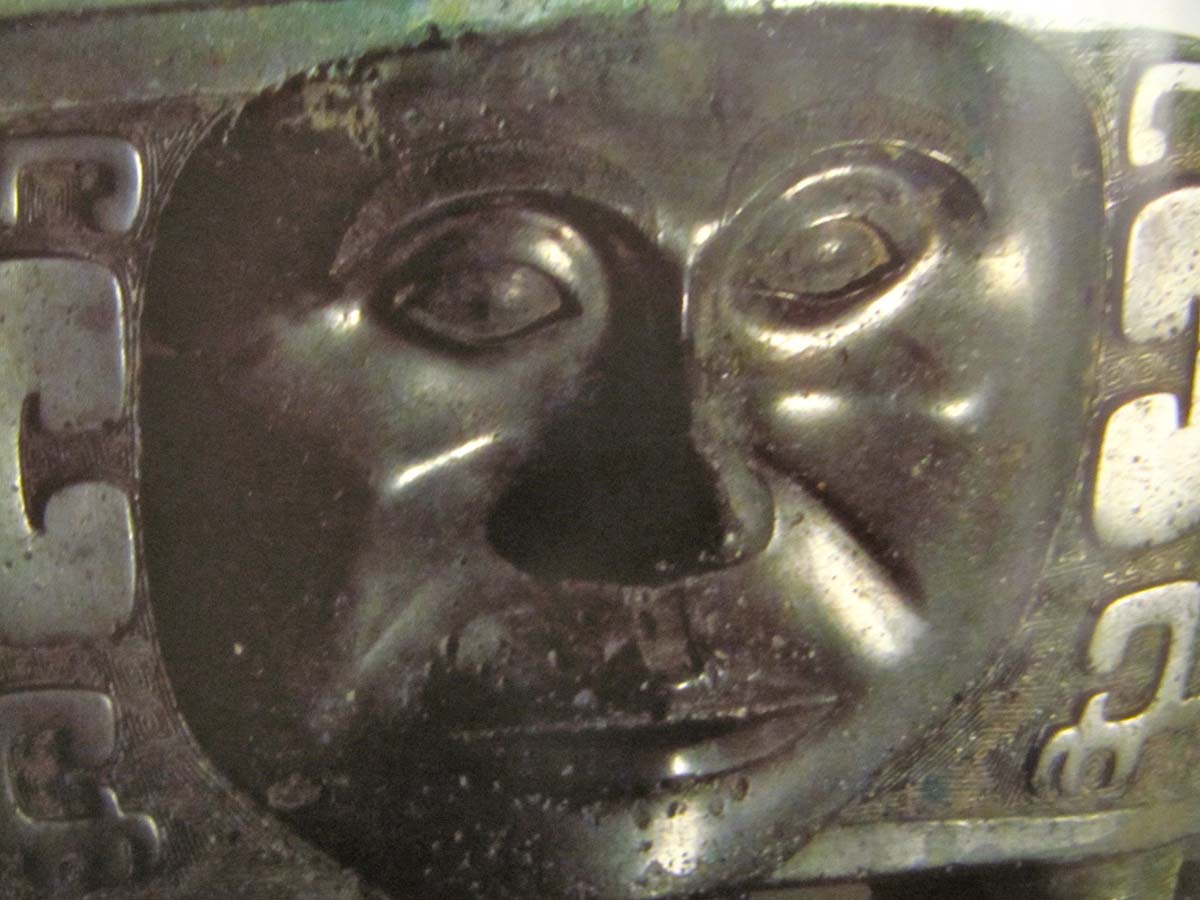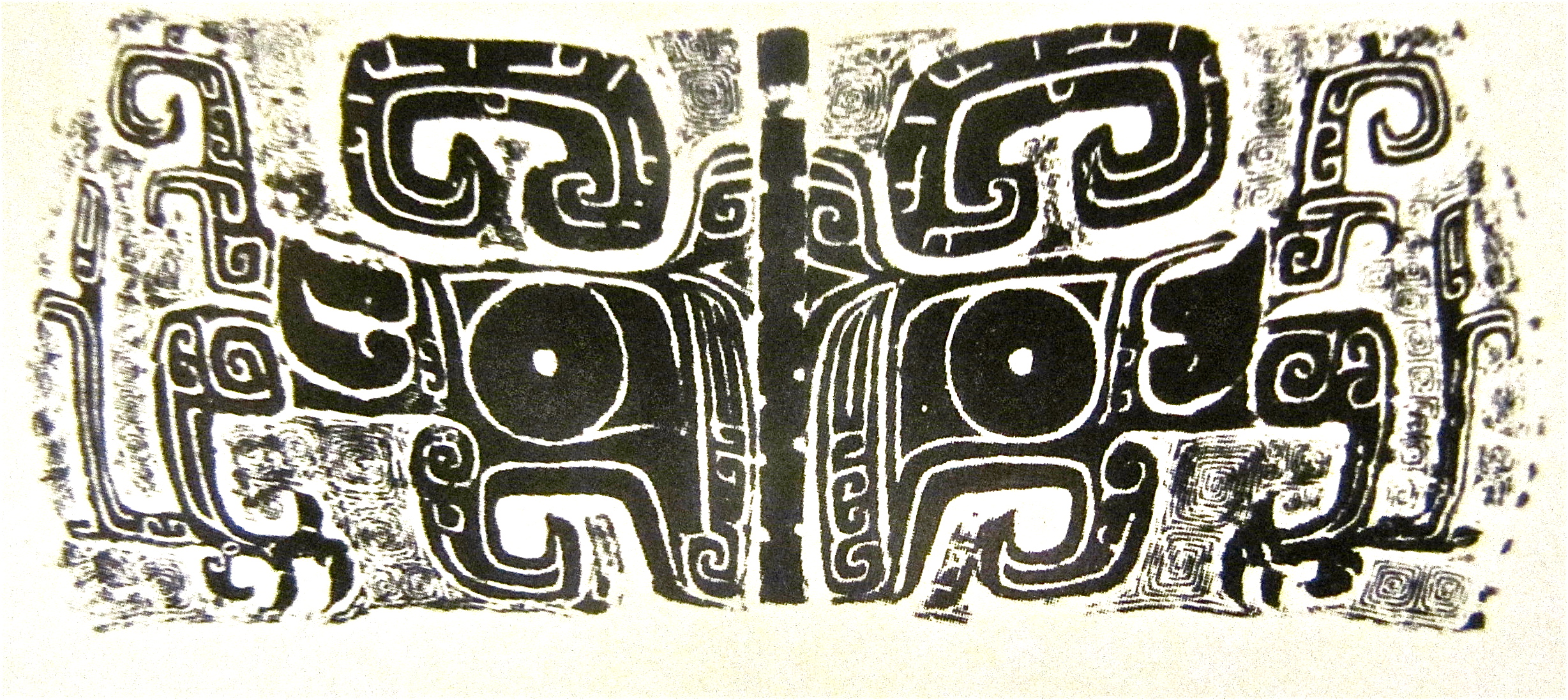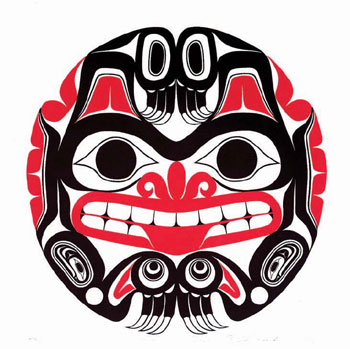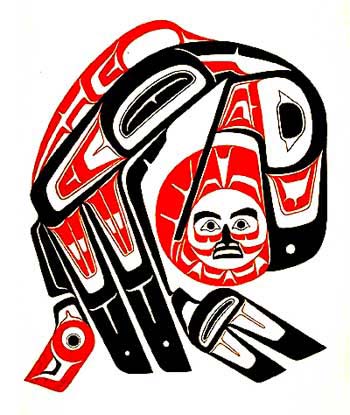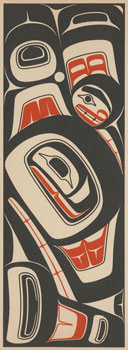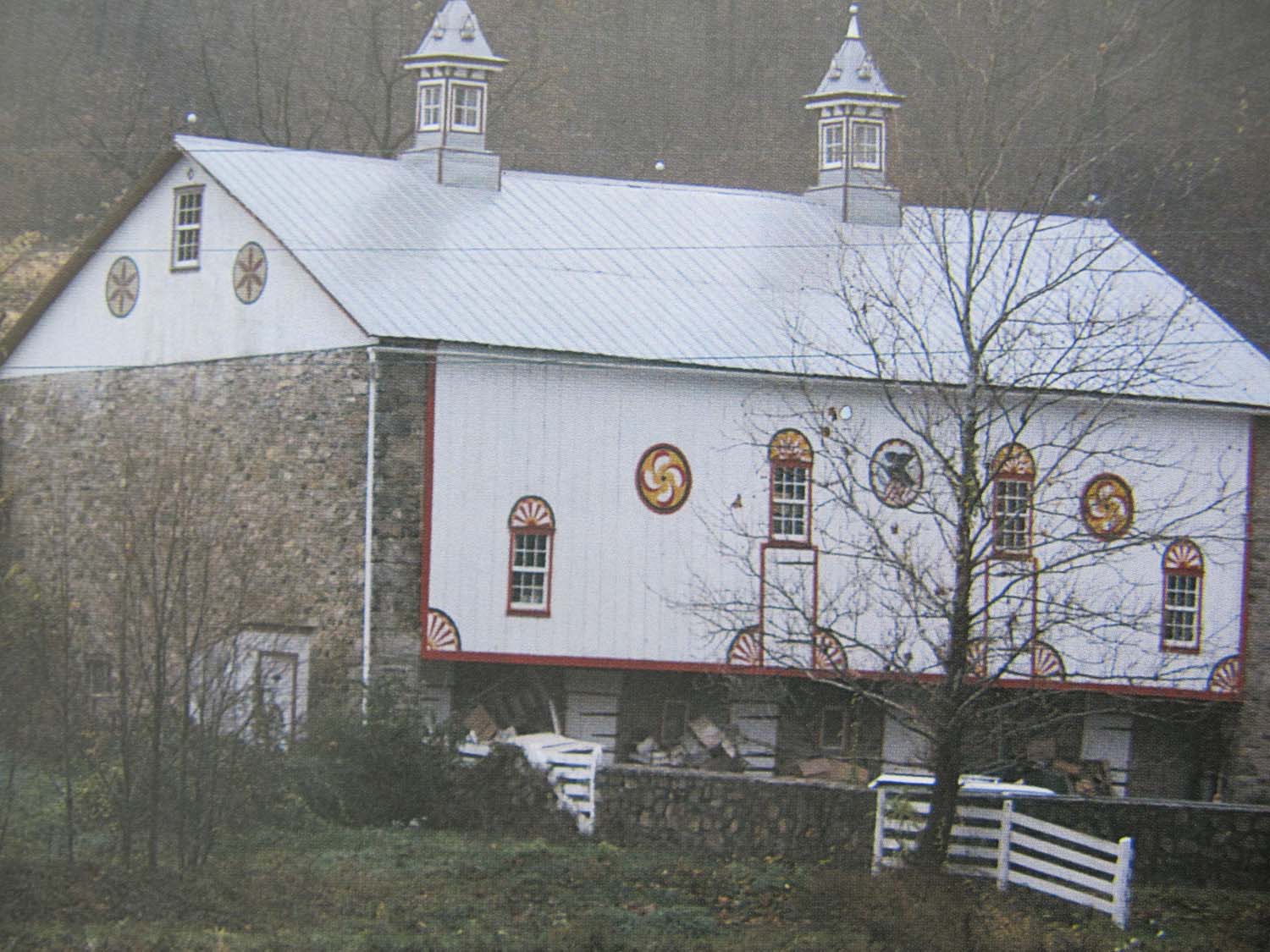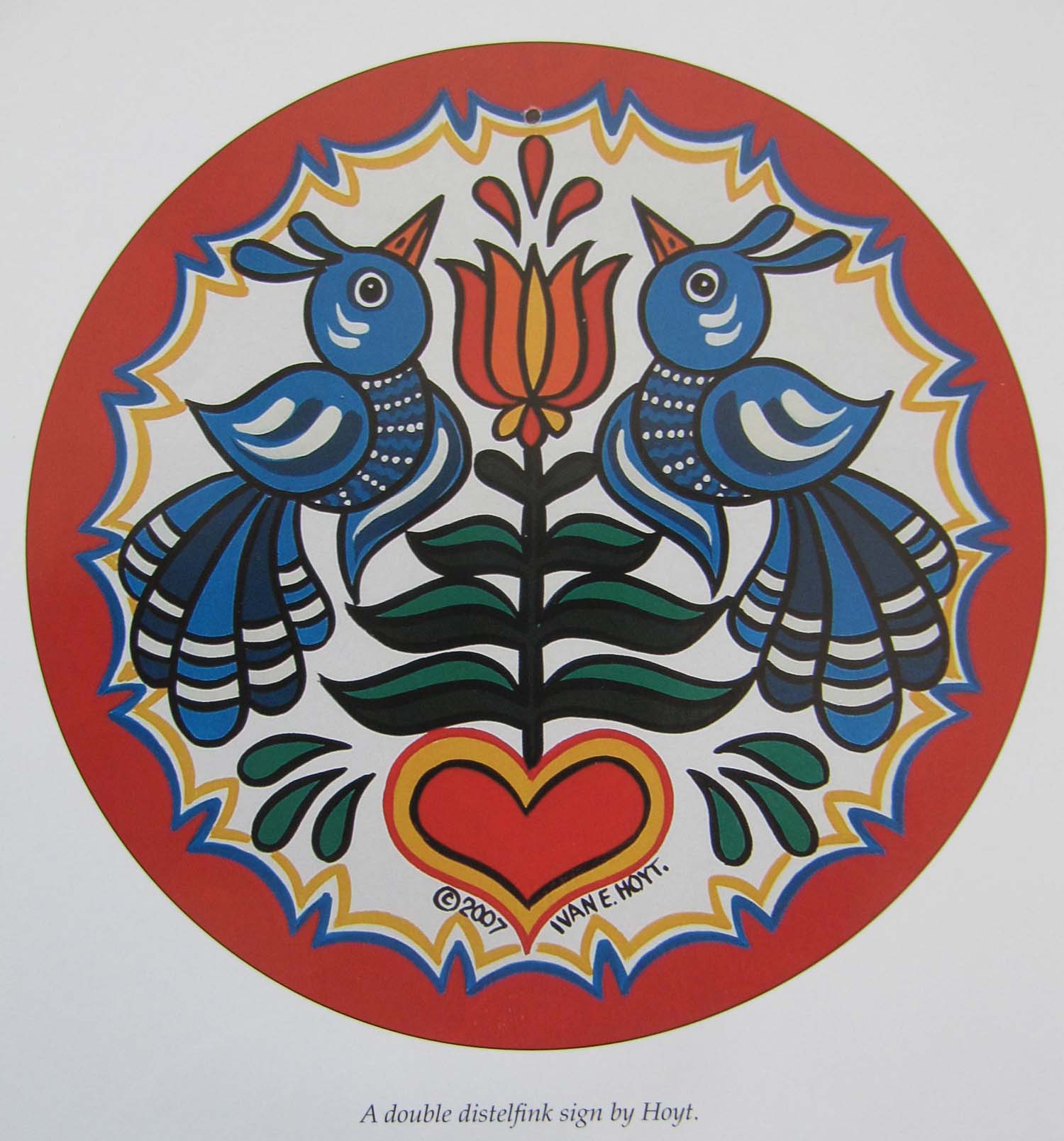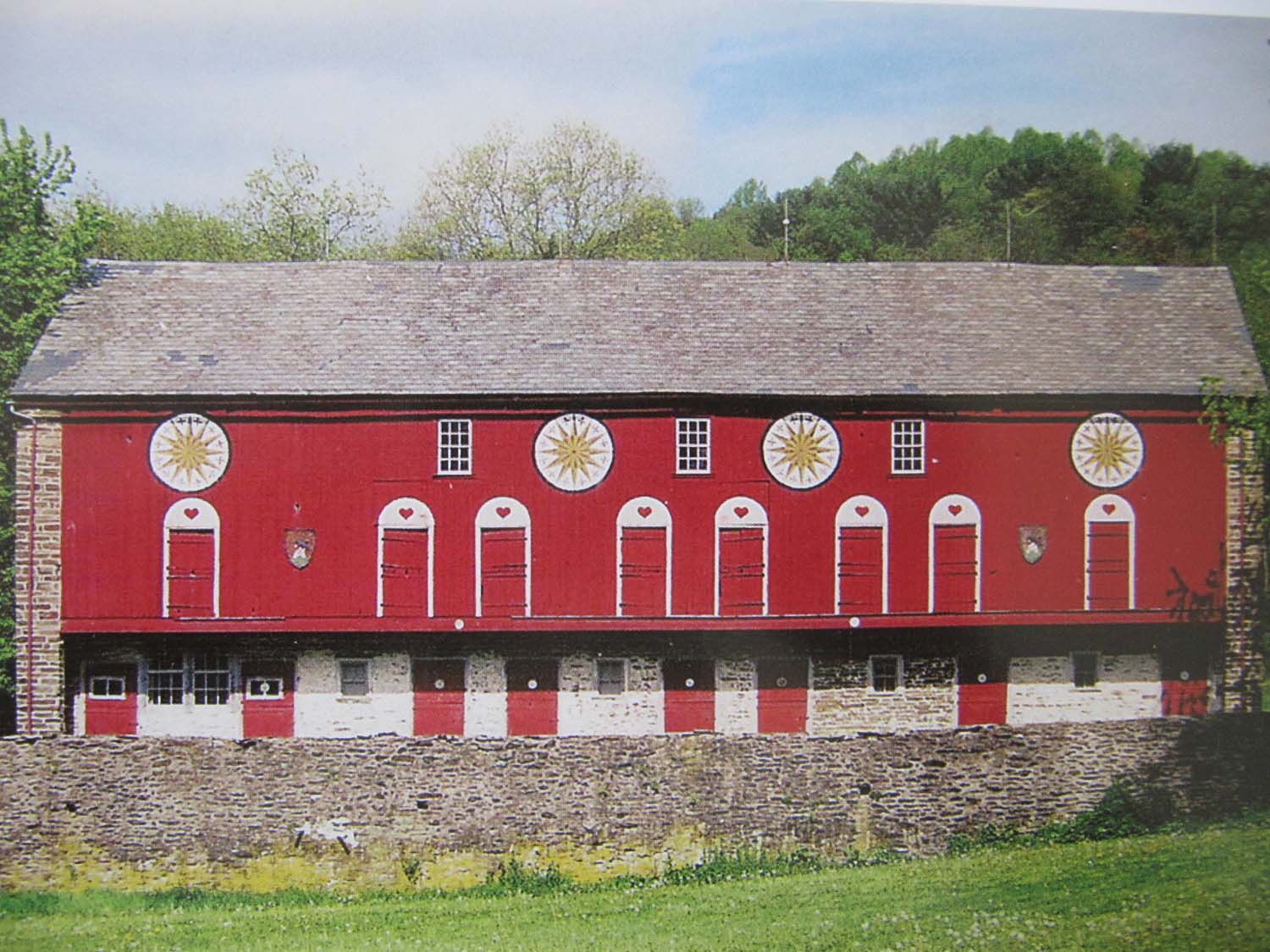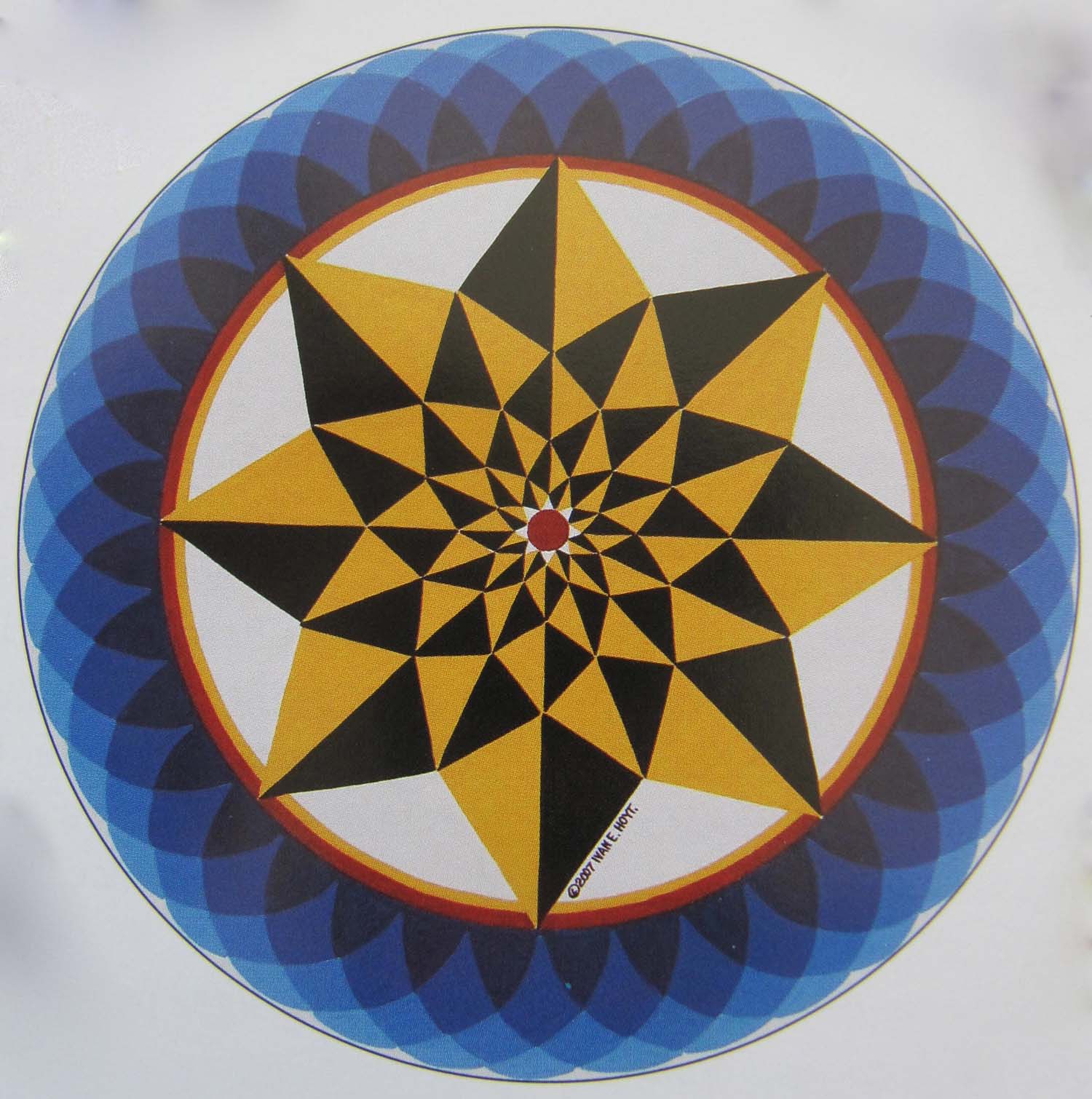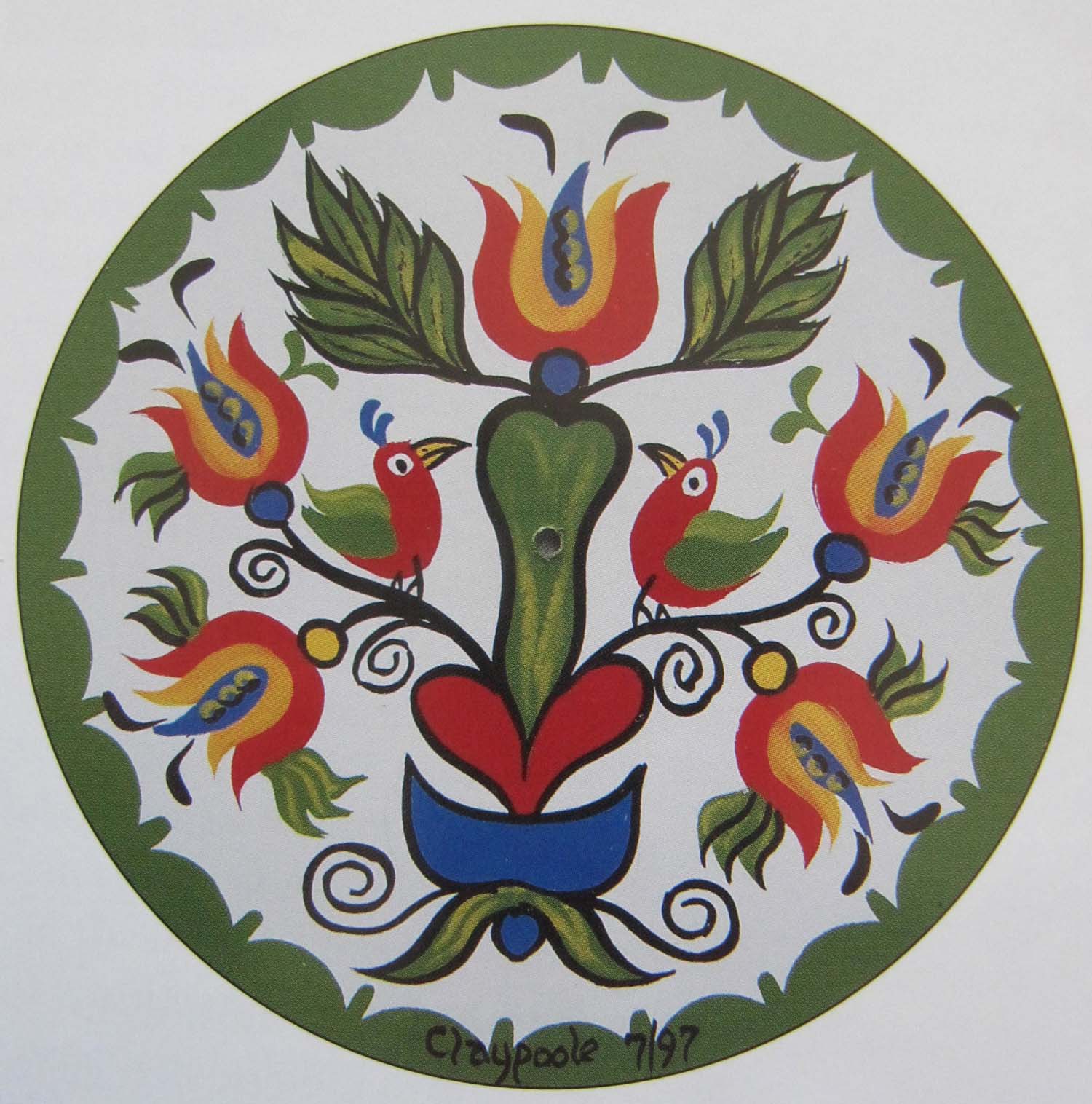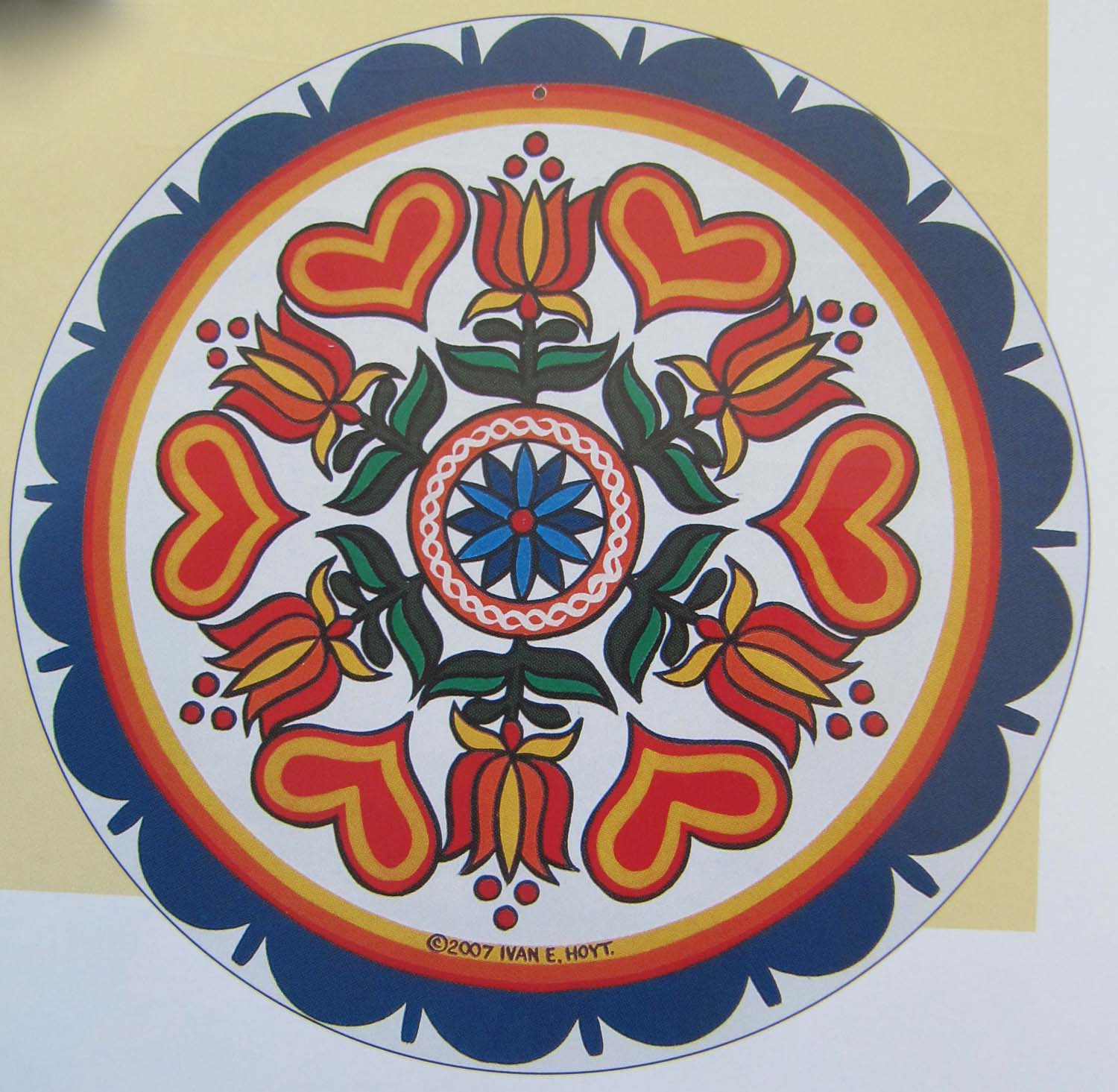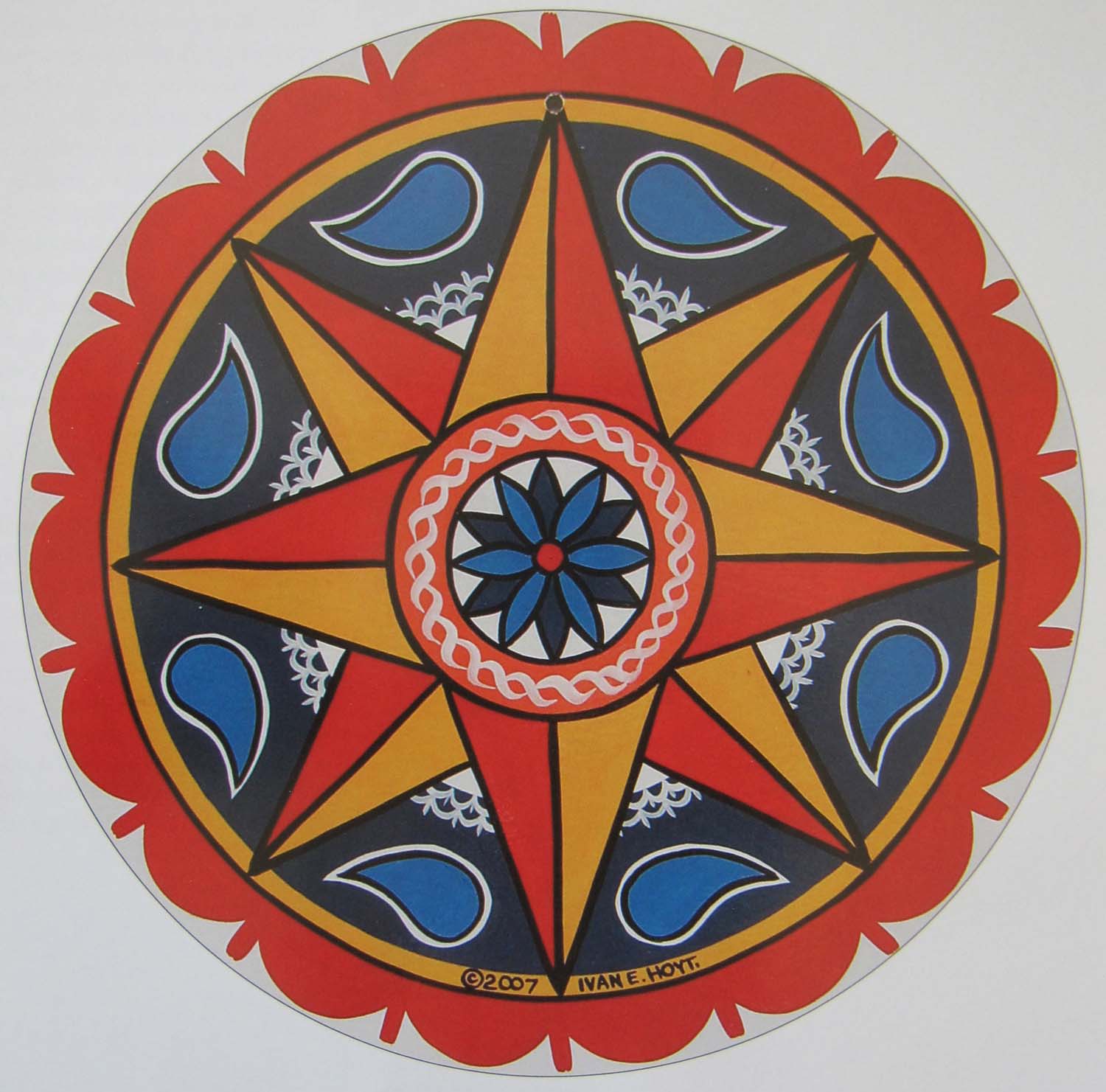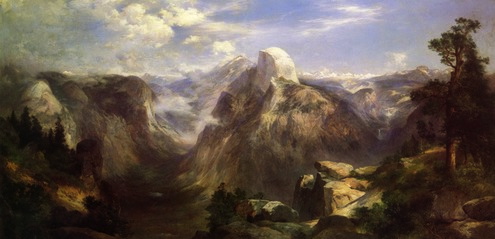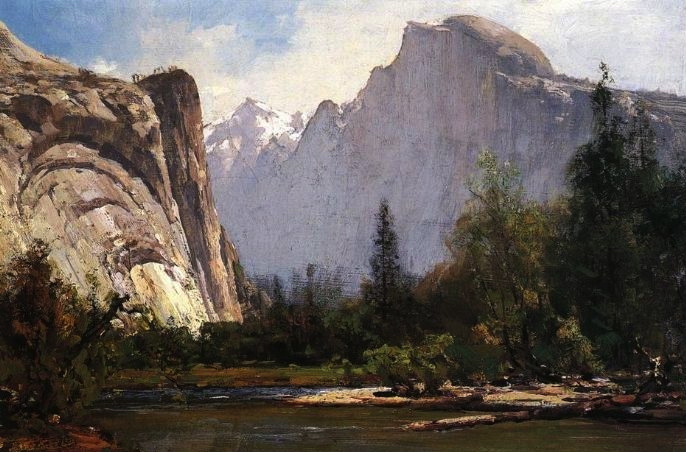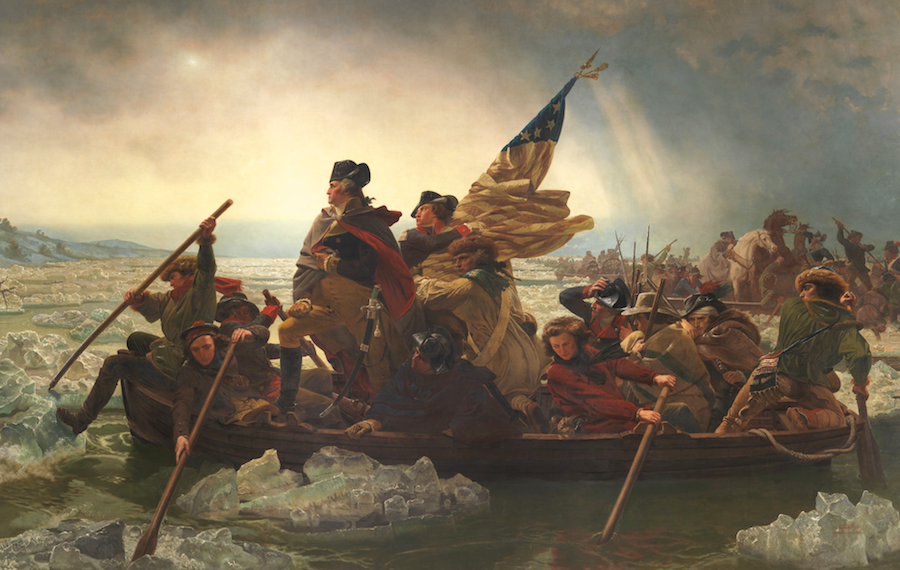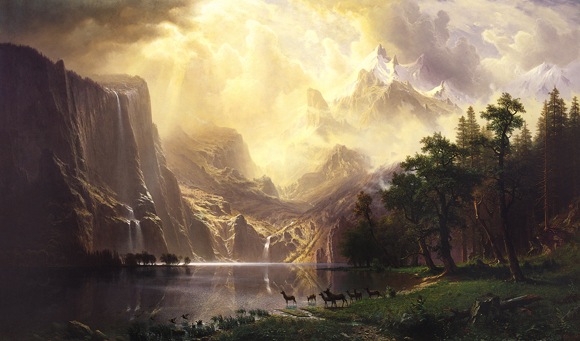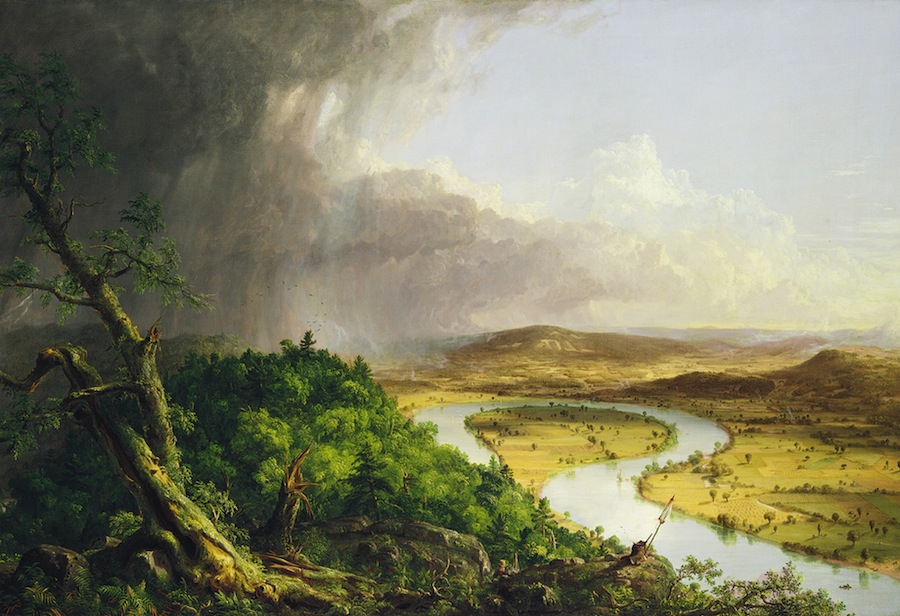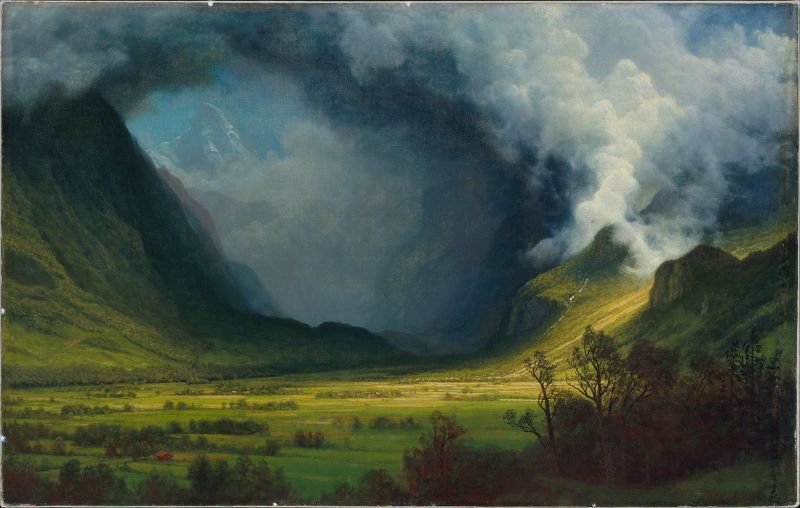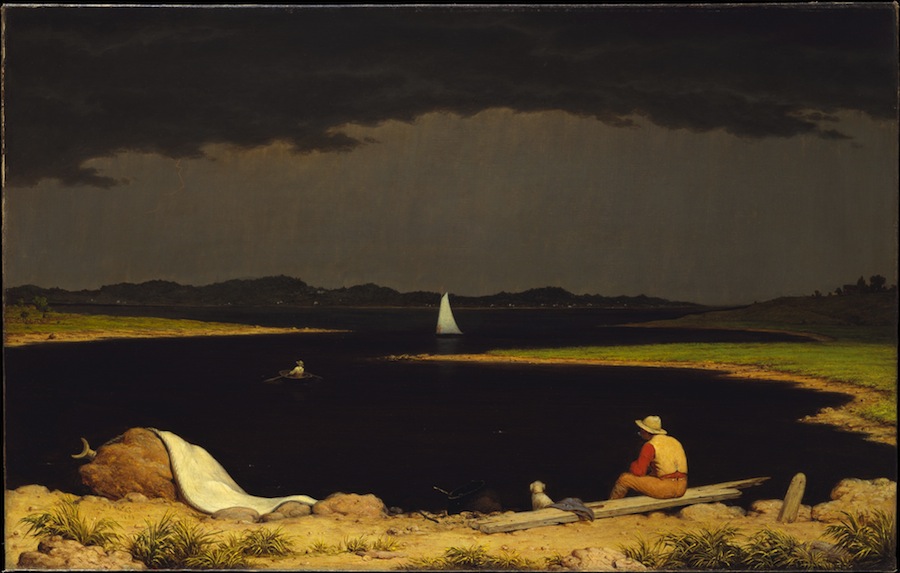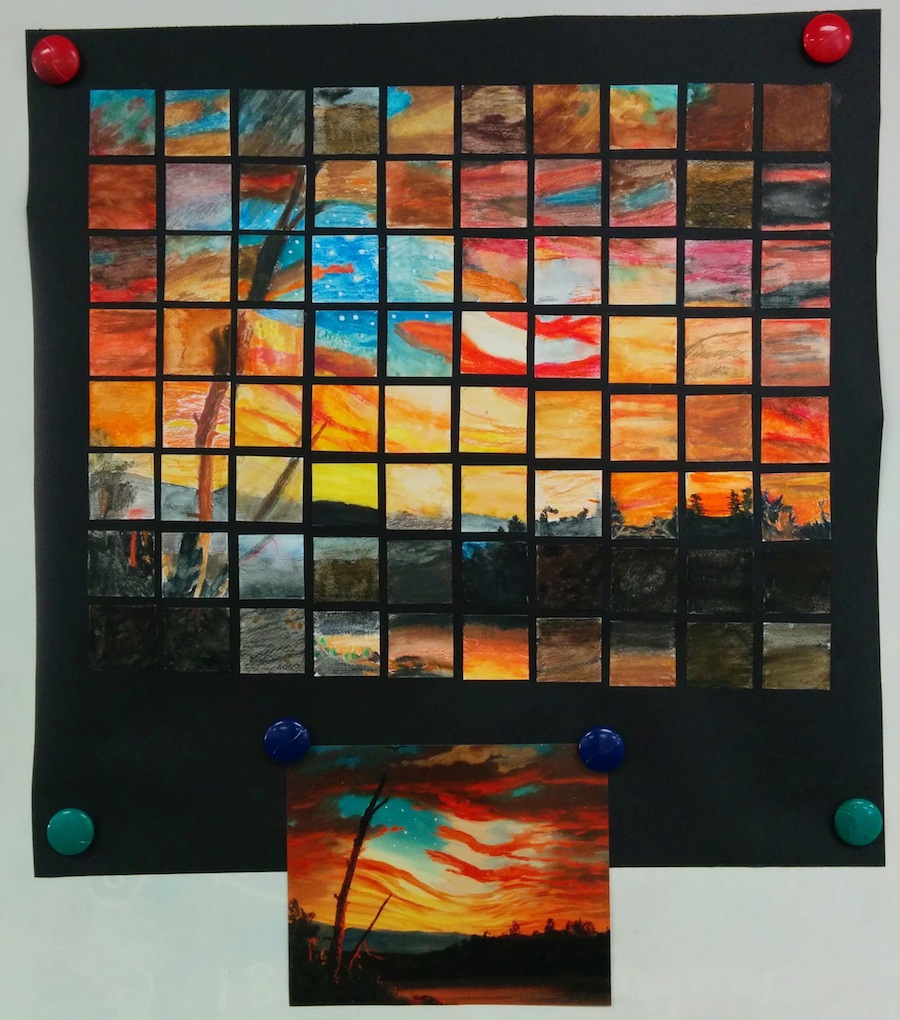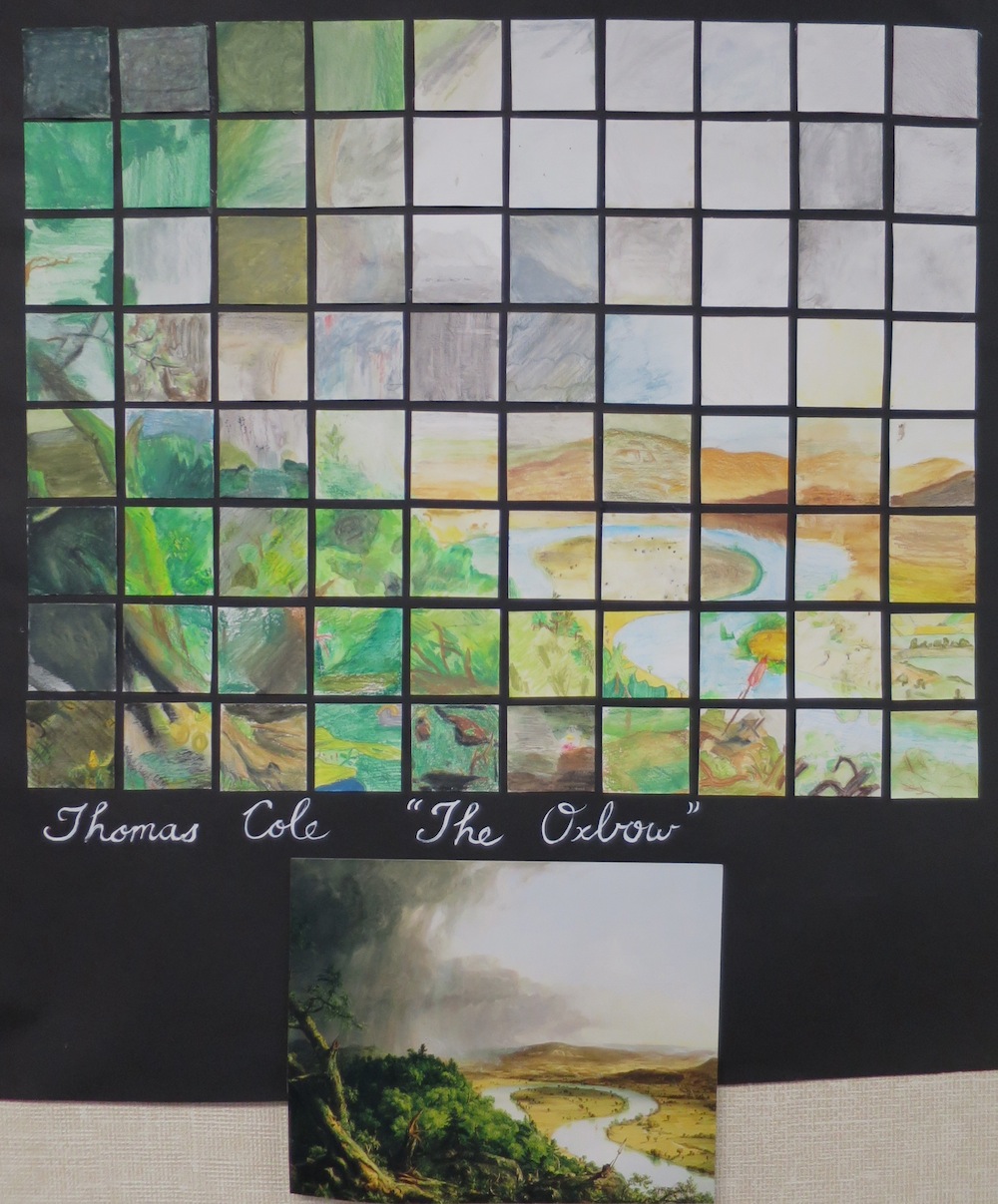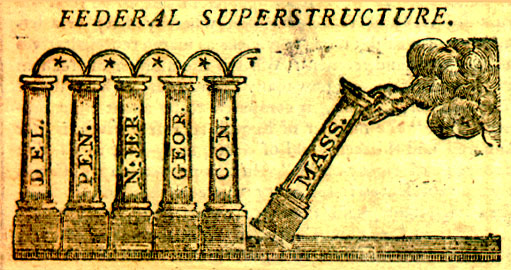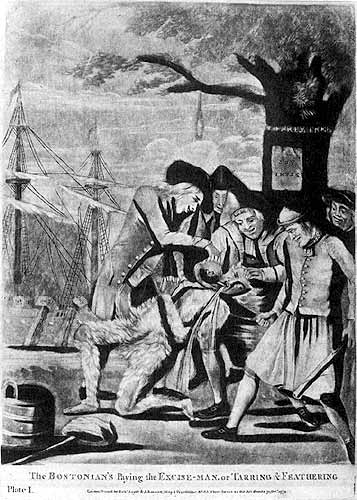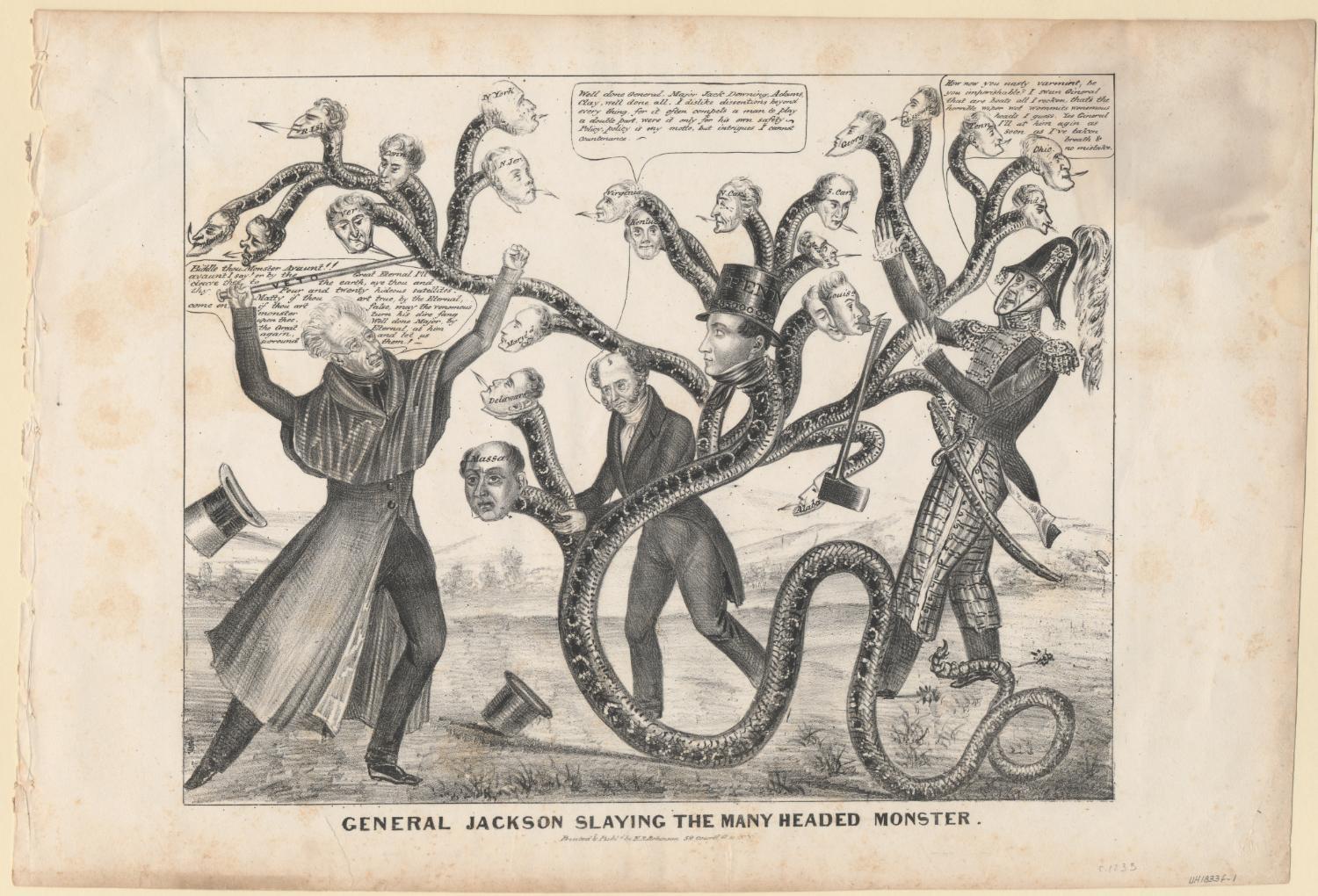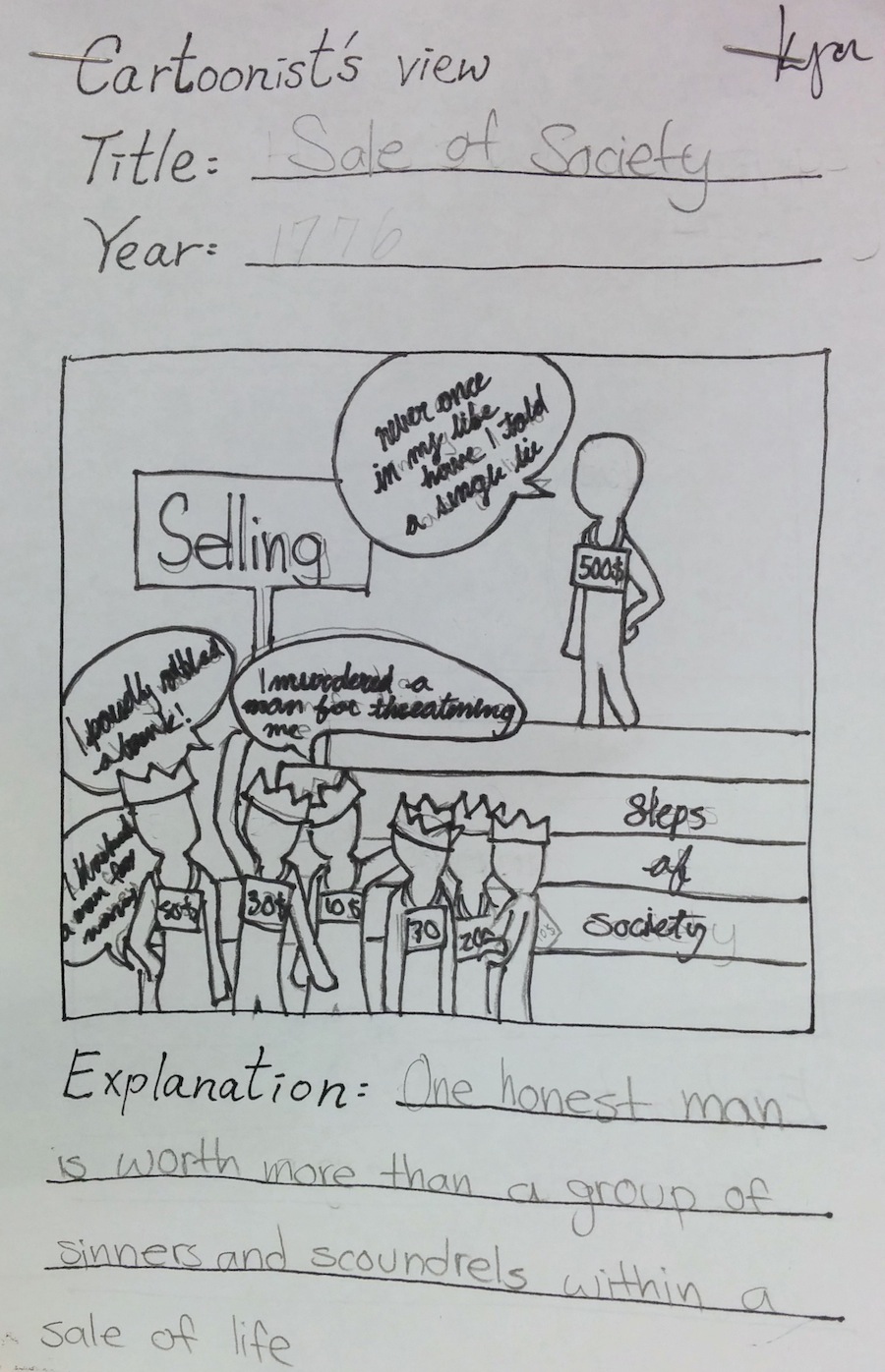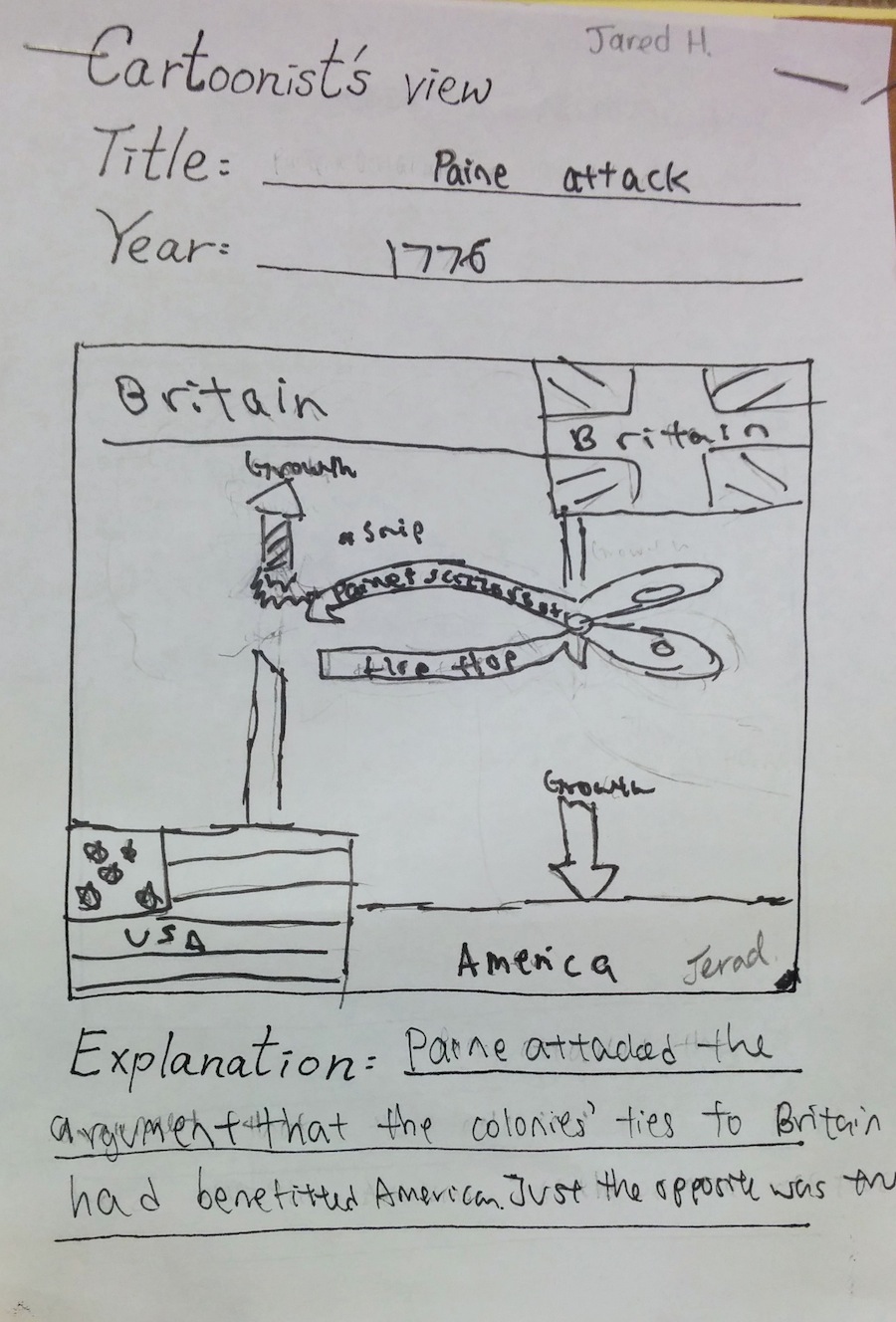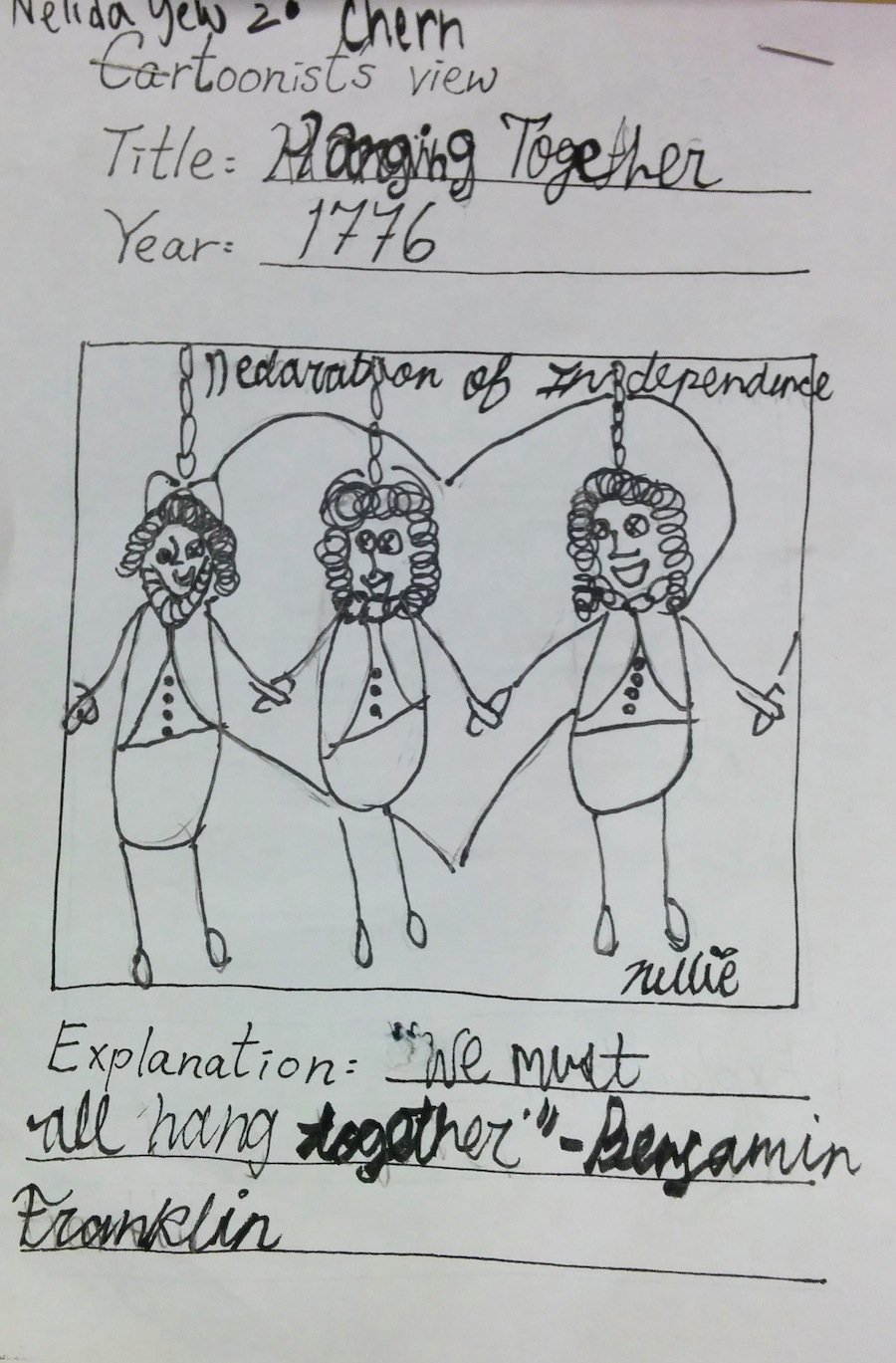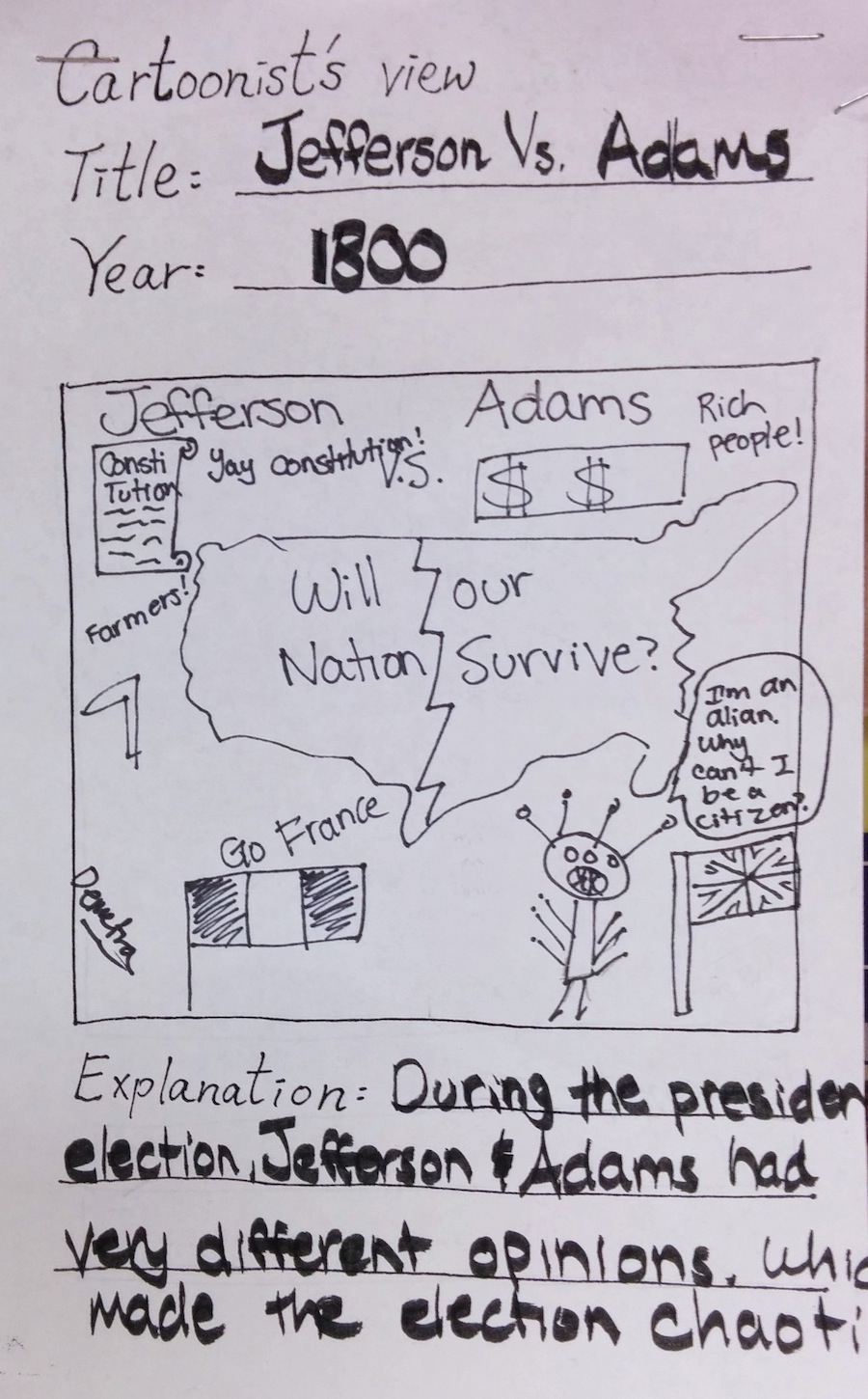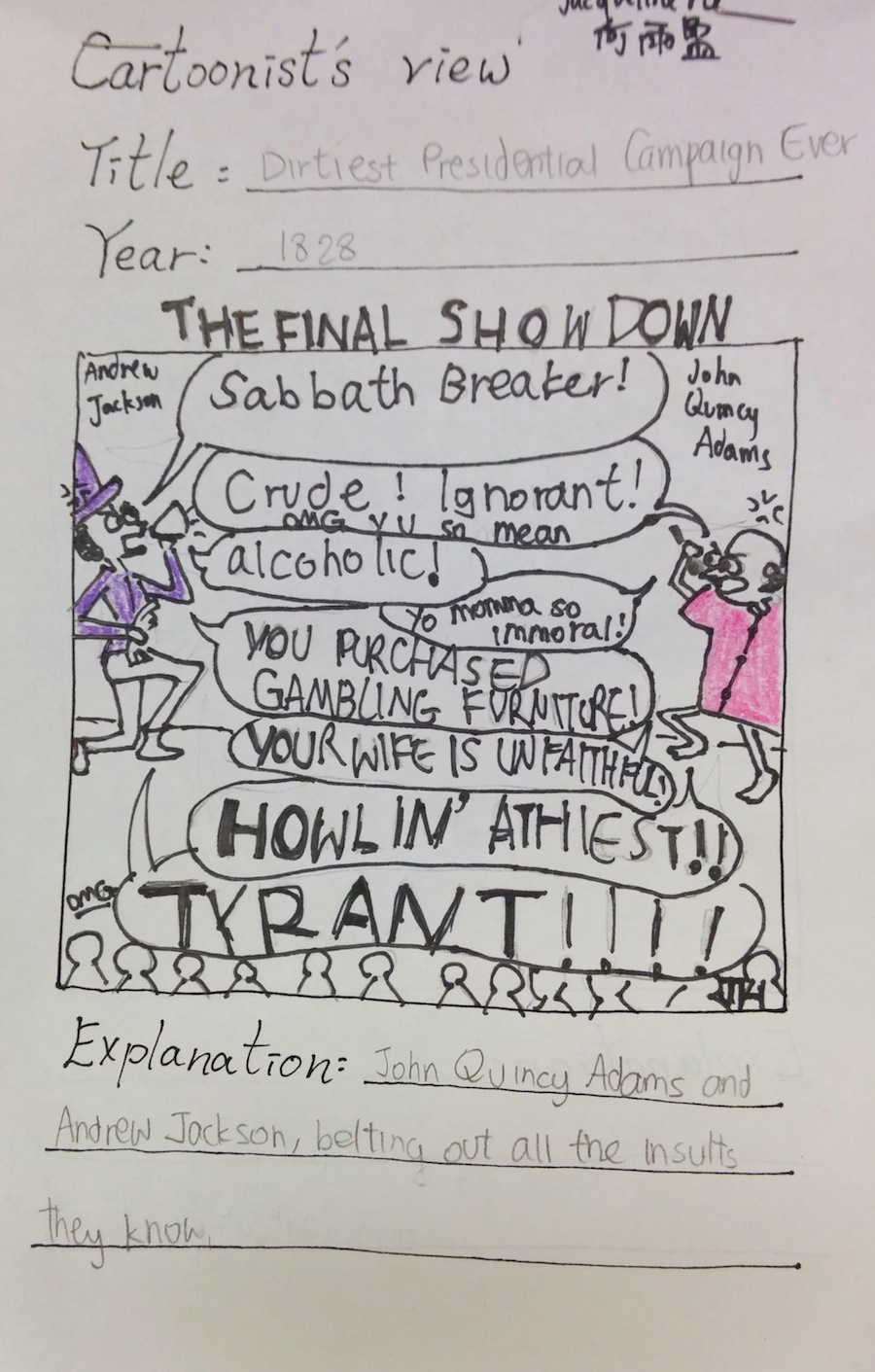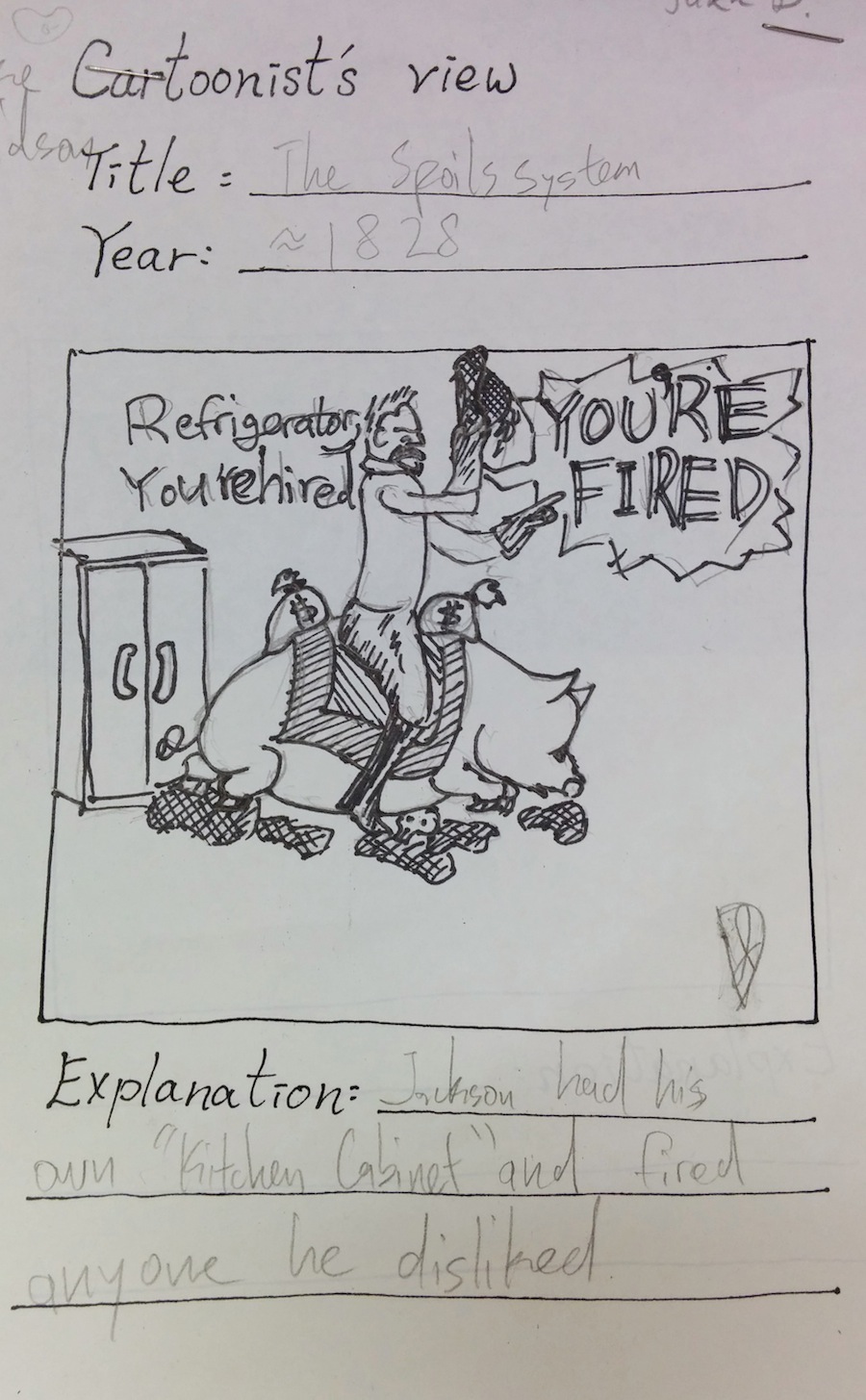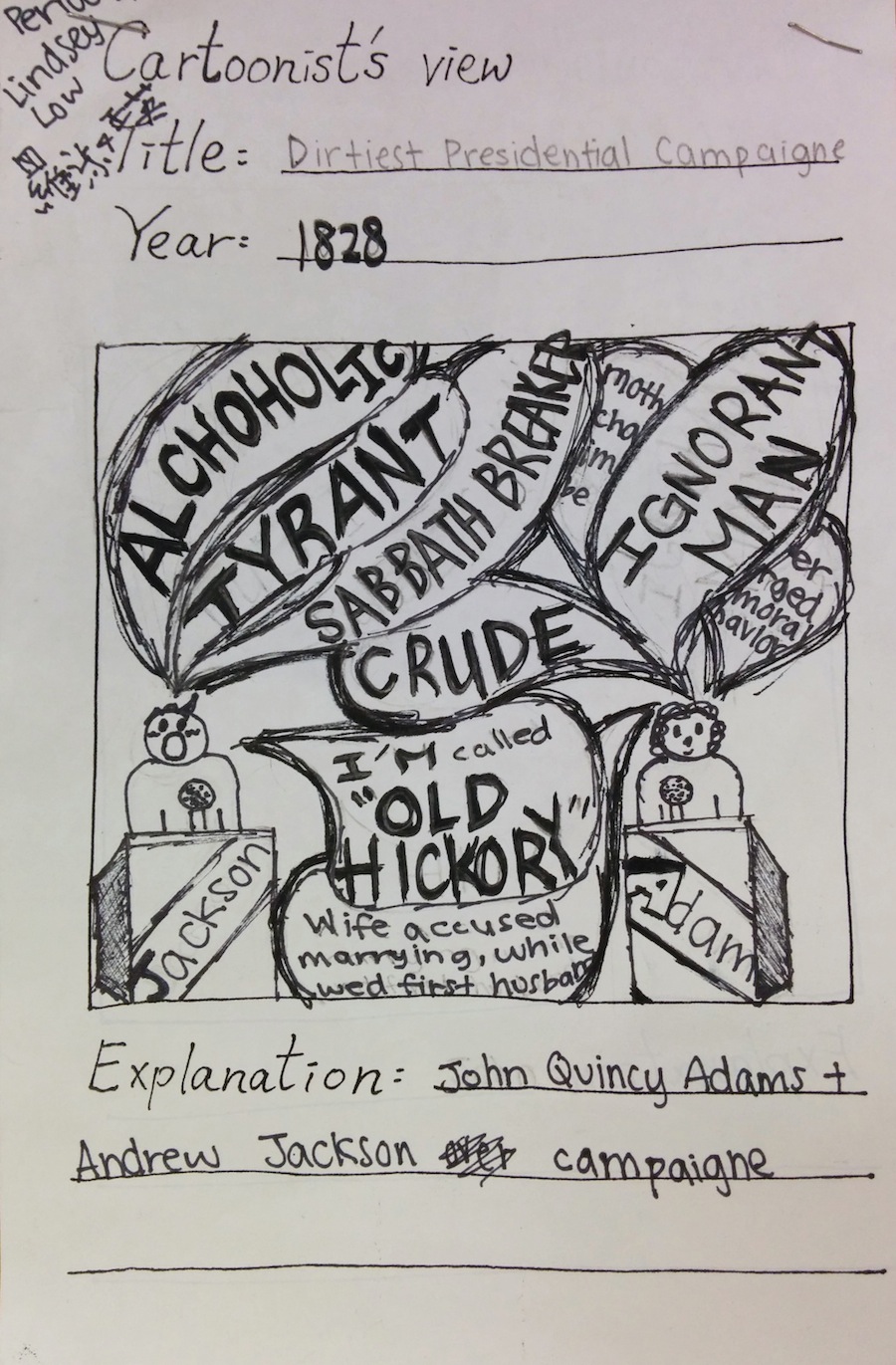Scrimshaw
Scrimshaw - Early American sailors created this one of a kind art using the simple tools available on a boat - bones of teeth from sea animals, a sail needle, and some coal ash from their cooking or cigarette ash mixed with a bit of whale oil to mix a black paste. They would take a piece of whale bone or tooth, sanding it smooth with shark skin, then carve on it with a sail needle. In the end, they would rub the black paste on to make their pictures came alive. The themes were mostly nautical, including boats, maps, mermaids, sea animals and sometimes, people whom they missed.
In this class, the 8th graders saw history through the romance and adventures of some of the most famous sail boats from the 16th-18th centuries. They then simulated the carving of scrimshaw on a candle, rubbing some black acrylic into the carved lines in the end to make their pictures came to life!
Maya Hieroglyph
The Maya civilization existed from about 2,000BCE to 1,500CE. They had the only known fully developed written language in the pre-Columbian Americas. Their art, architecture, mathematical and astronomical systems were unsurpassed. In this class, students first learned the many aspects of Maya civilization, then they learned to decipher the Maya hieroglyph.
The 7th grade students carved Maya hieroglyphs on small square balsa foam blocks. They were given a handout of Maya vocabulary and told to pick two words that they can make into a phrase. After the glyphs were carved, the blocks were glued onto a cardboard backing and magnets were then adhered to the cardboard. They have now created Maya hieroglyph refrigerator magnets.
Pacific Northwest Coast Art
The 8th Grade students learned about the iconography ("image-writing") of Native American art of the Pacific Northwest. We examined totems from China as well as the Pacific Northwest, and we also examined the use of specific U-shapes, double-U shapes, ovoids, form lines as well as the need to fill an entire space in the Northwest coast art and compared it to the images on ancient Chinese bronzes. This kind of cross-cultural comparison raised the question of whether similar iconography in art could have arisen spontaneously from two different regions, or did the images arise due to people having similar experiences in different places in the past. These questions have been posed by archeologists and art historians, and now our 8th grade students had a chance to ruminate on it while they created beautiful paintings in this style.
The Northwest Coast Native Americans such as the Haida people would traditionally paint with a porcupine brush, but my students used small Chinese brushes, Chinese ink and diluted acrylic paints to make these images on watercolor paper.

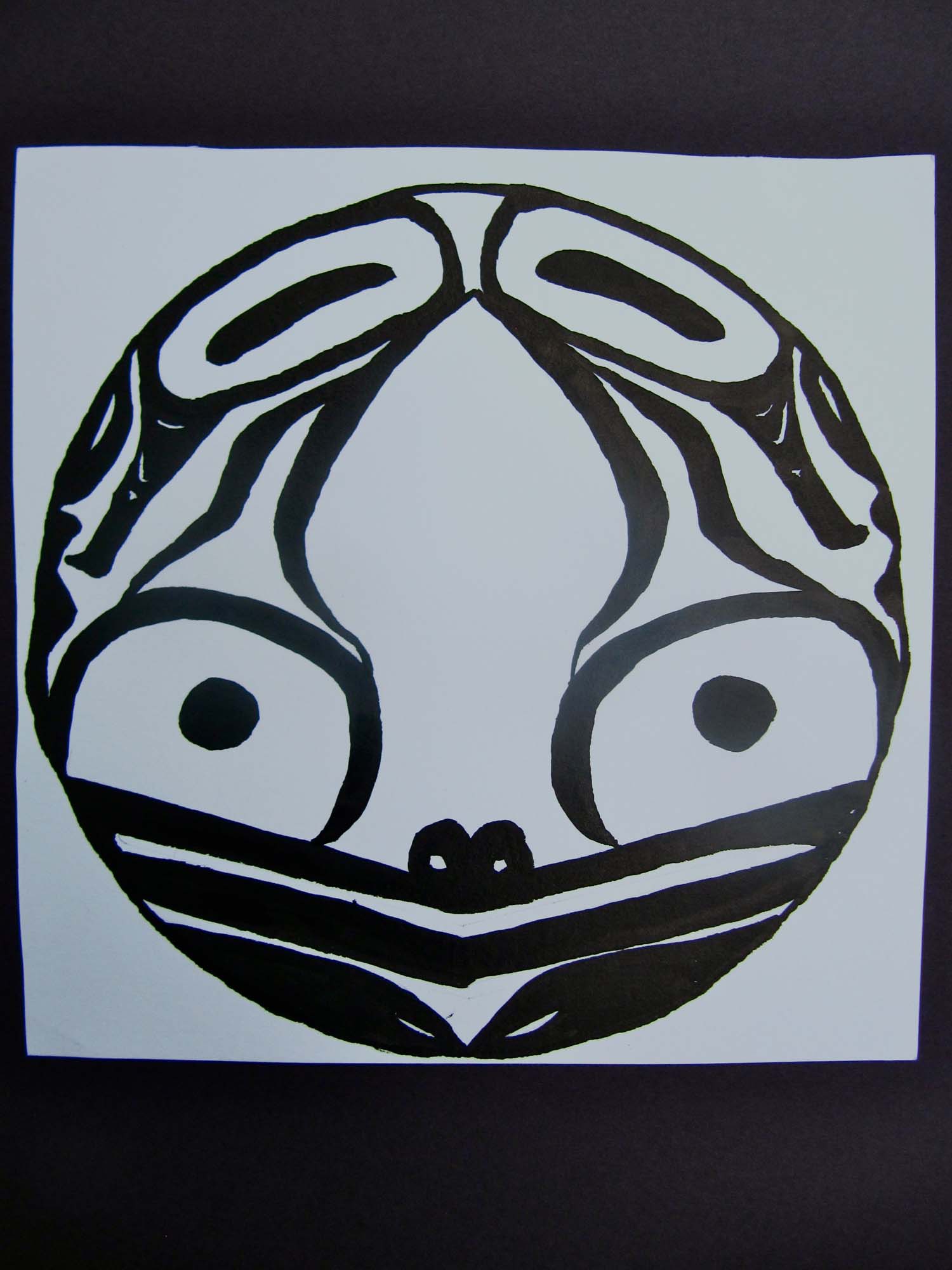
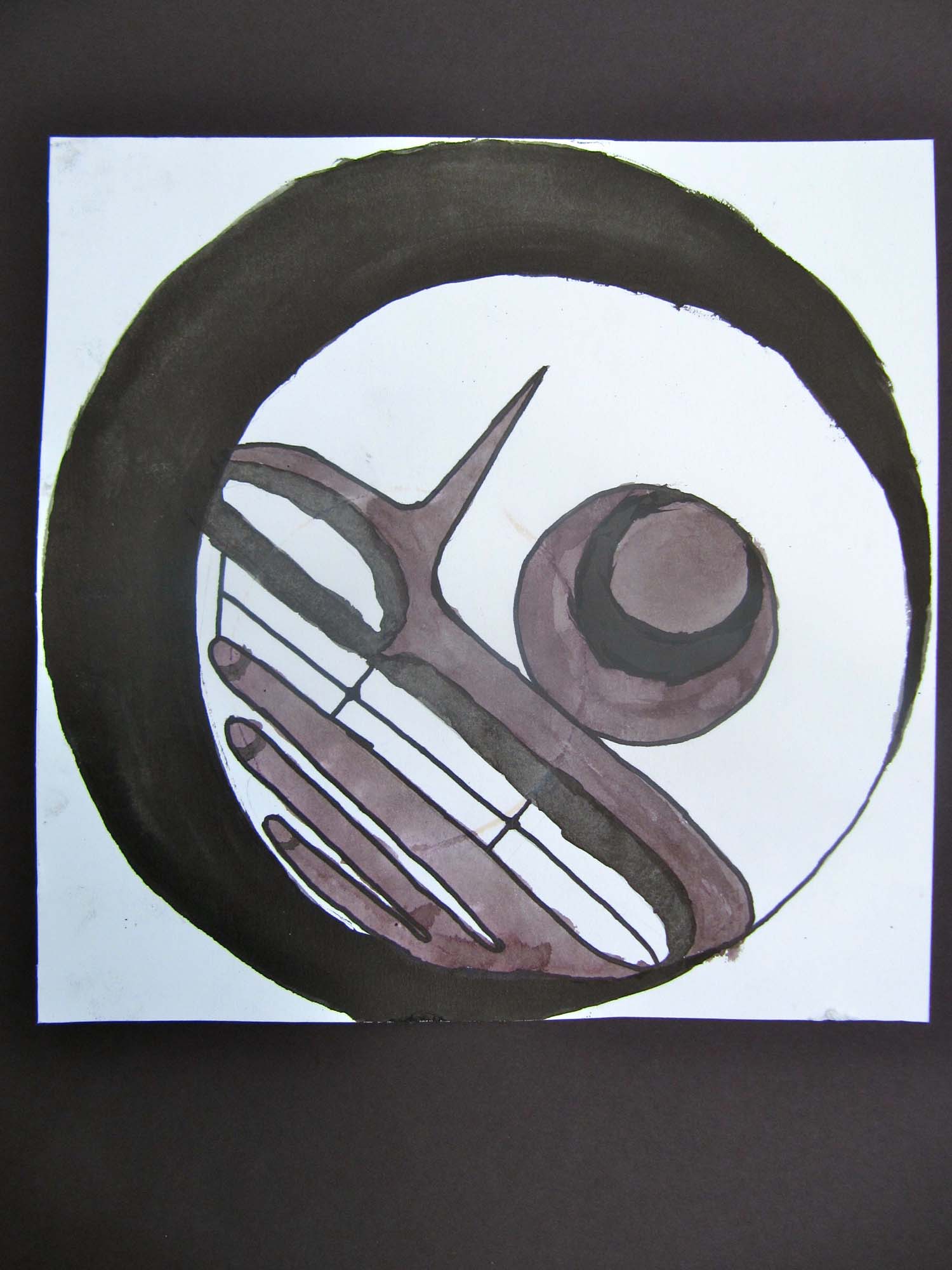
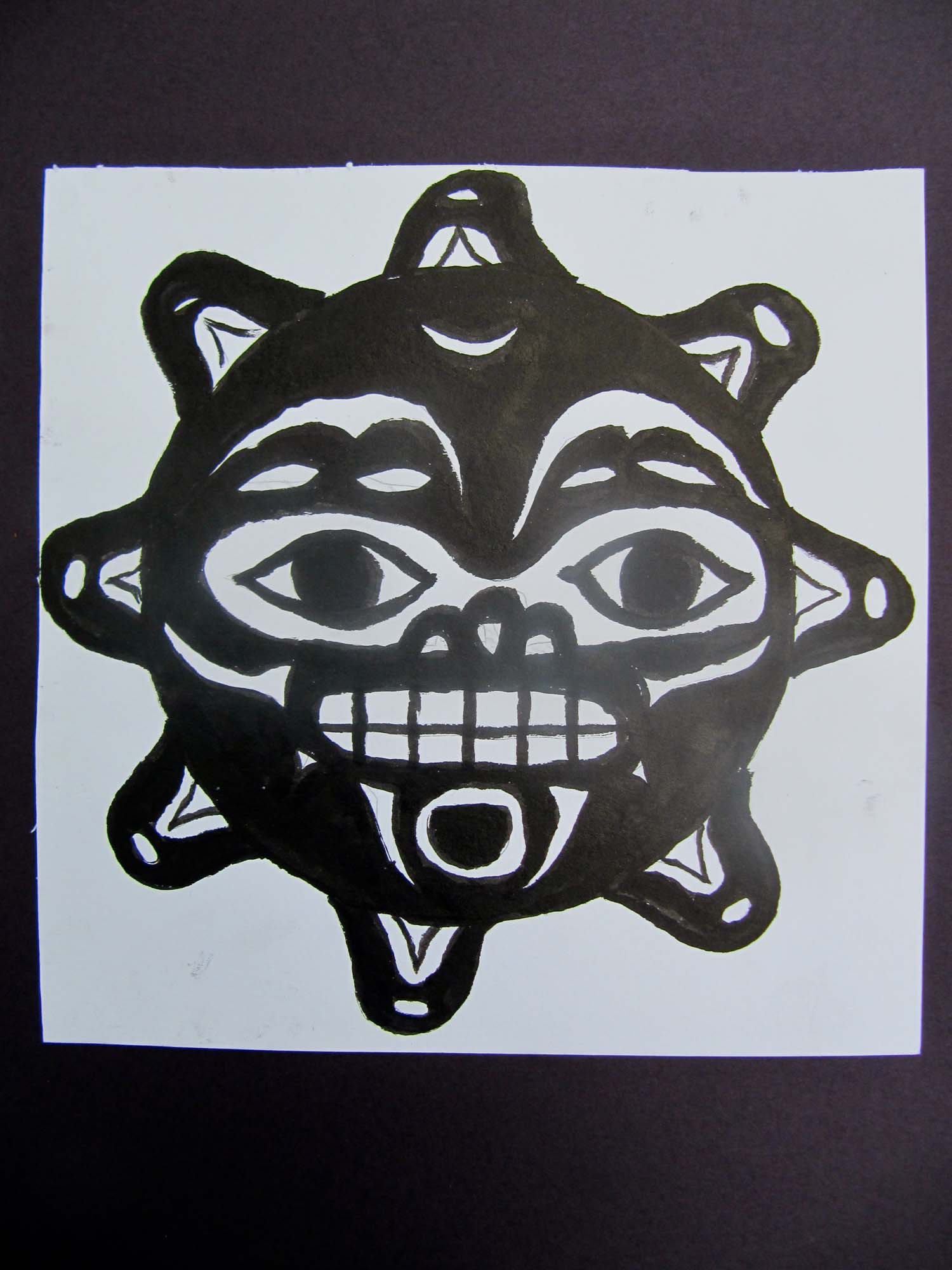


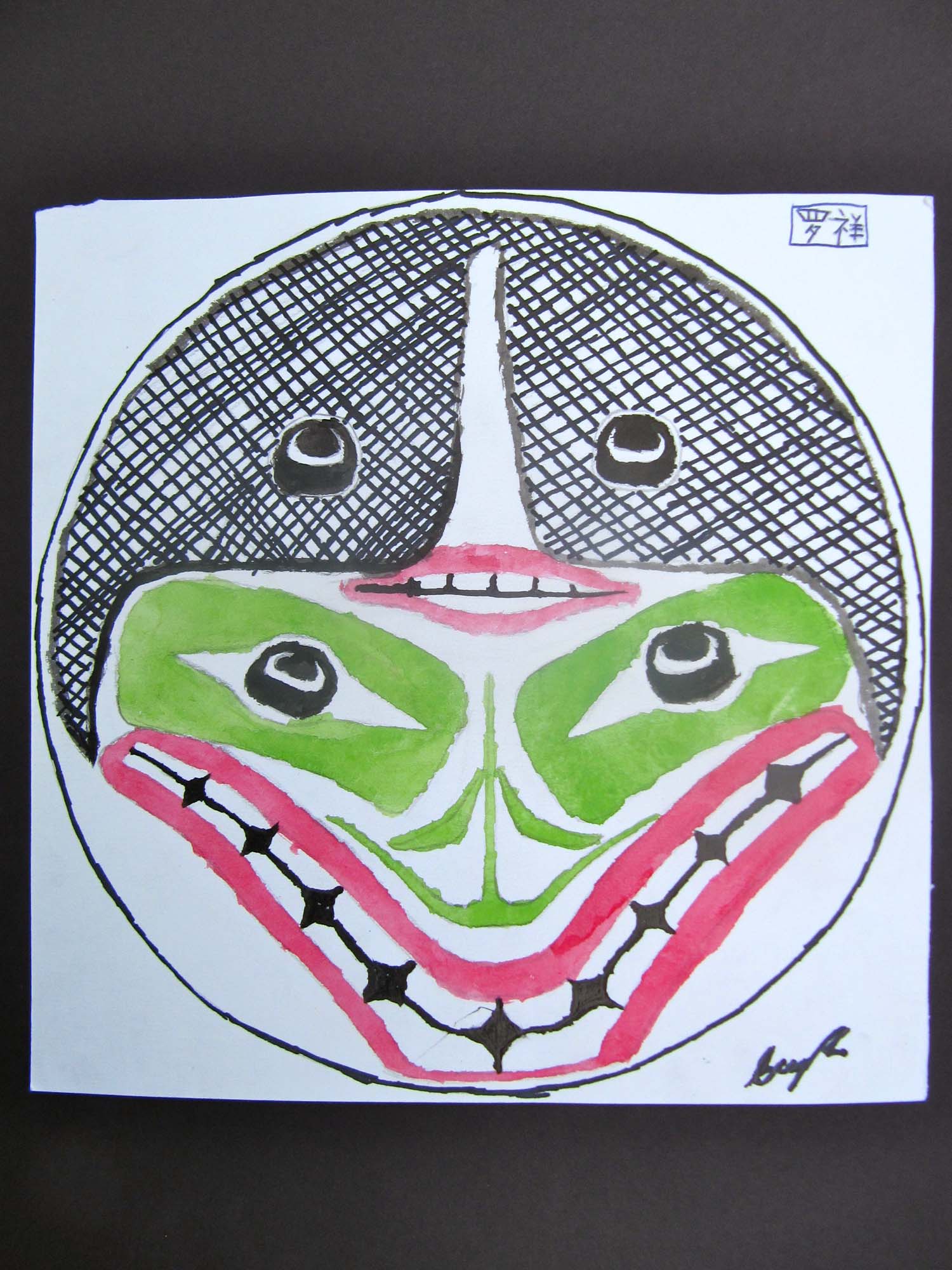
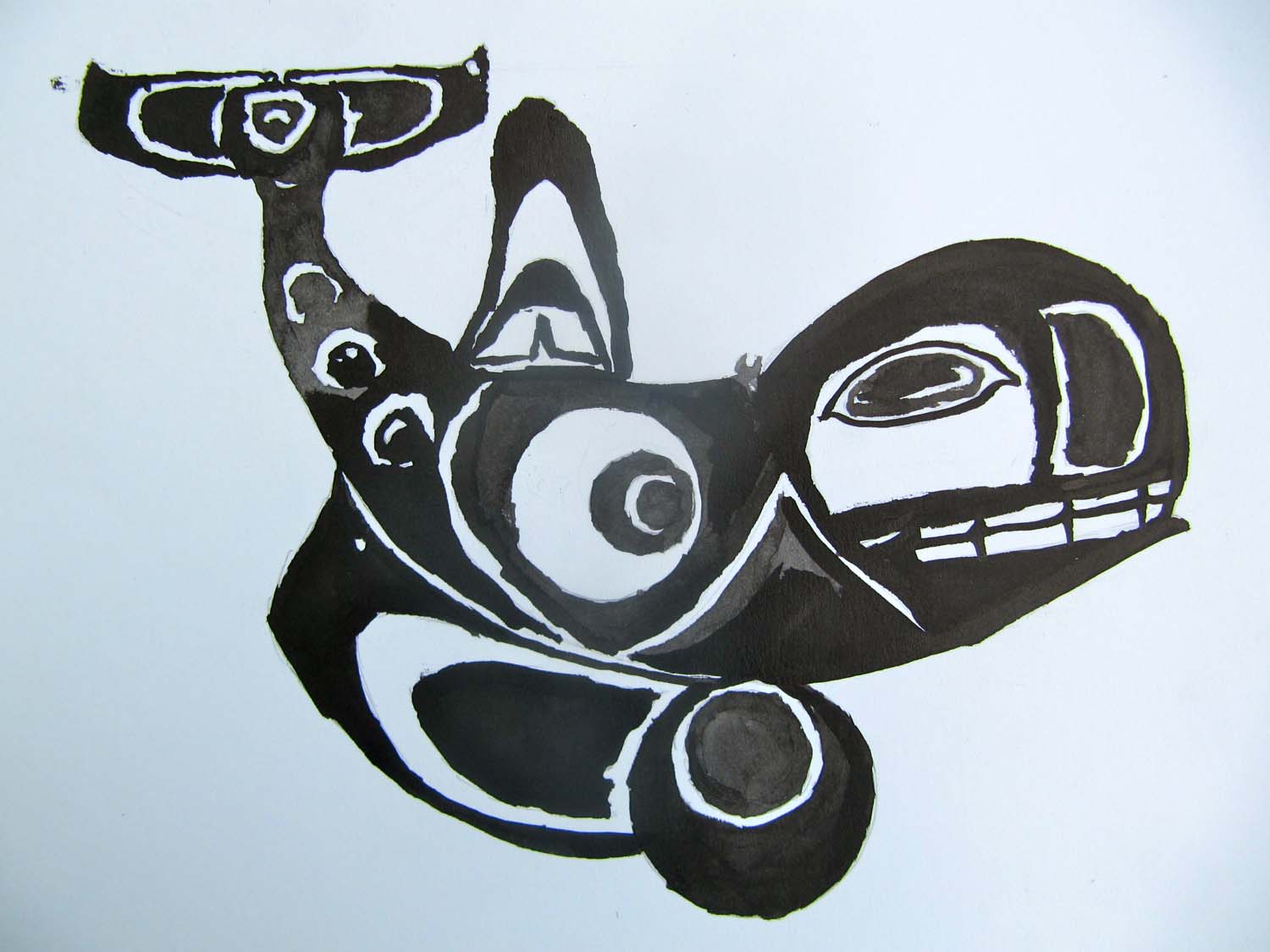

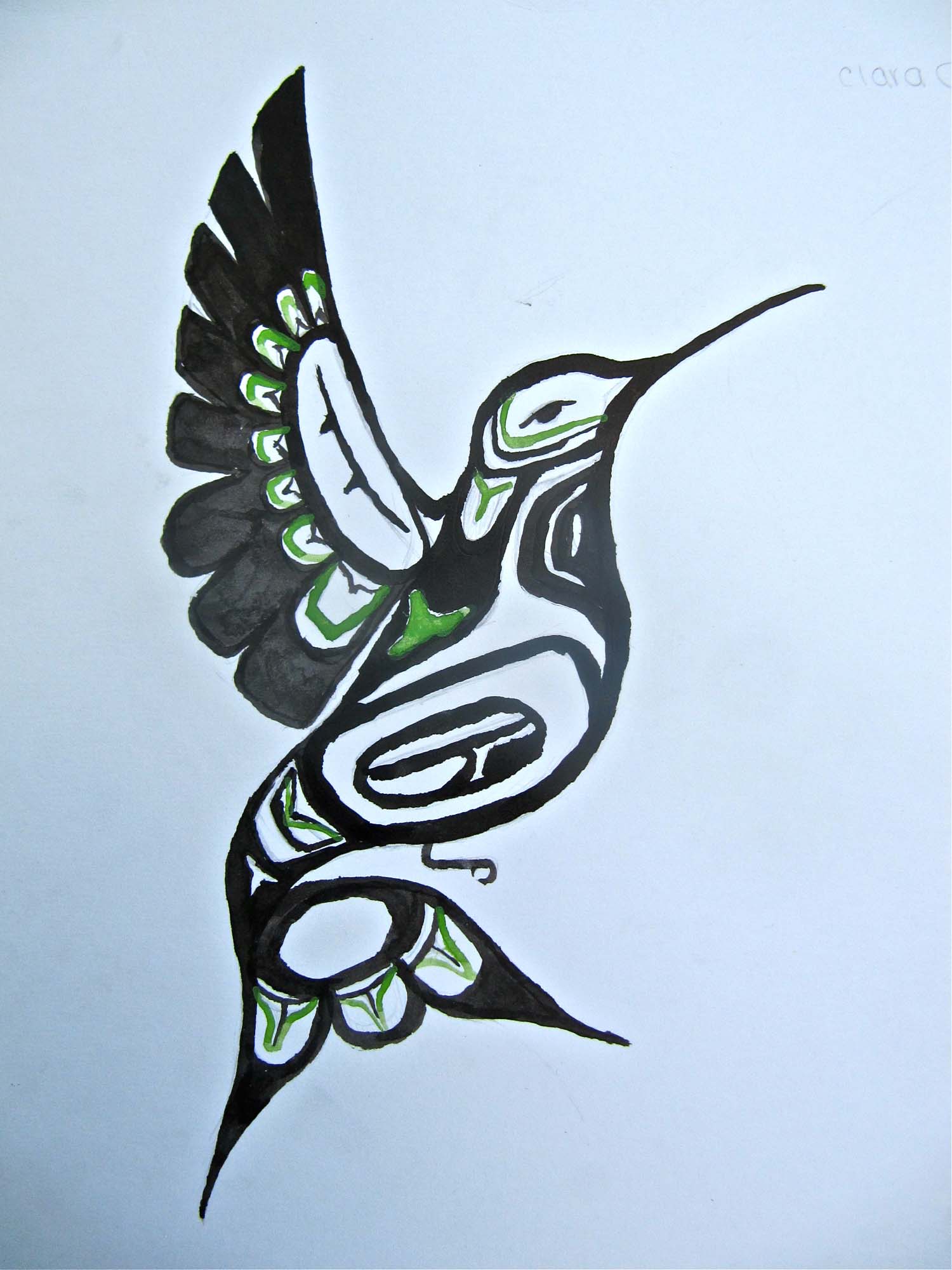
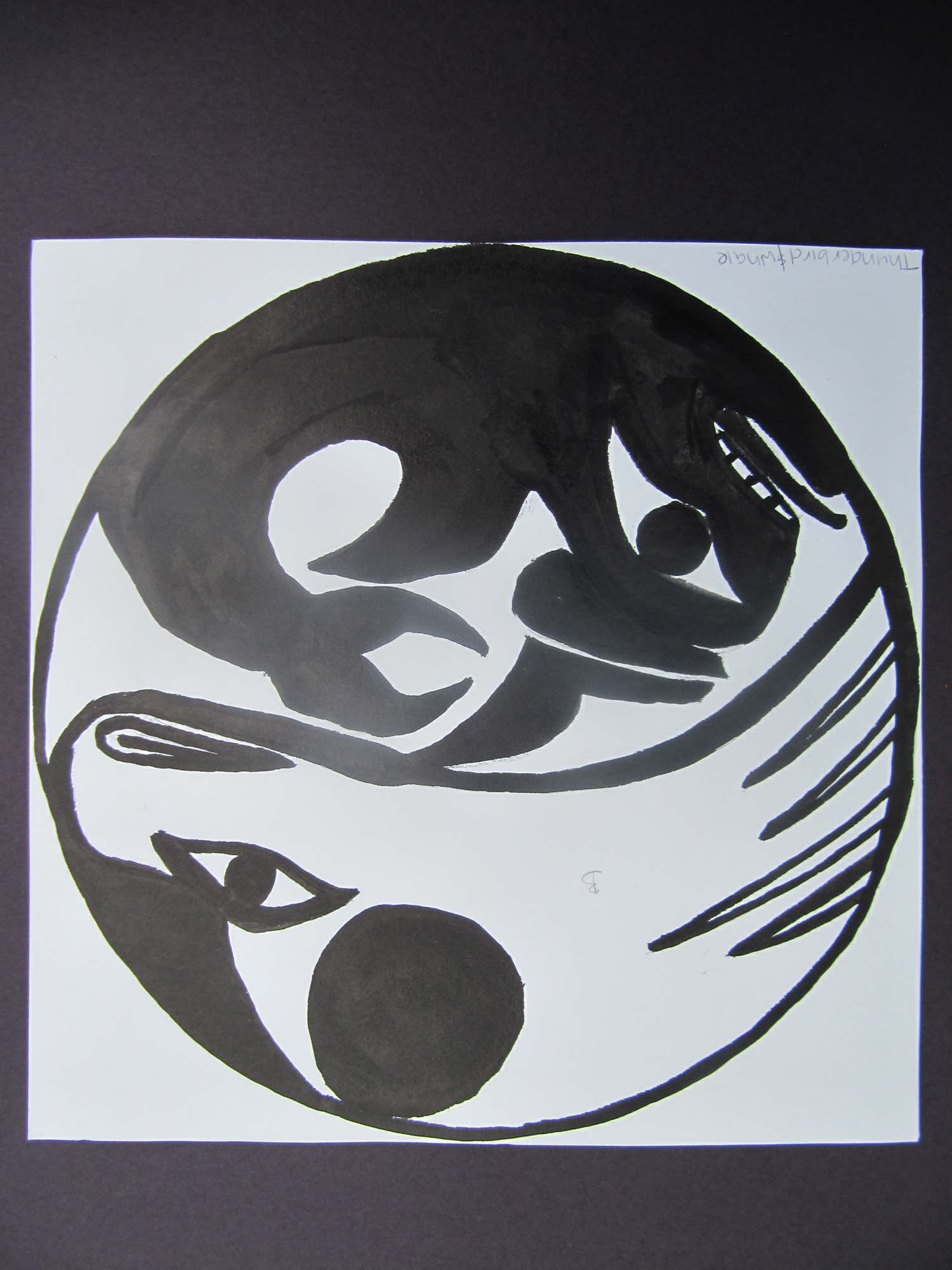
Pennsylvania Dutch Hex Signs
Hex signs are a form of Pennsylvania Dutch folk art, often seen hanging outside of barns of inside homes. Barn paintings, usually in the form of "stars in circles," grew out of the fraktur and folk art traditions about 1850 when barns first started to be painted in the area. They were though to encourage the growth of crops of to increase love and harmony in a home. Stars, roses, stylized birds known as distelfinks, hearts, tulips or tree of life are familiar patterns on hex signs. Some thought there is talismanic nature to the signs, the other sees them as purely decorative.
The 8th grade students first used tracing paper cut to the shape of these silk hoops to make the design. The fold the circular tracing paper into quarters, sixths or eighths, then drew designs on one slice of the pie. The next step was to copy the design onto the other slices of the pie to create a radial symmetry design. After that's done, they put their silk hoops on their designs and trace the designs with gutta onto the silk hoops. When the gutta dries, they applied silk dye.
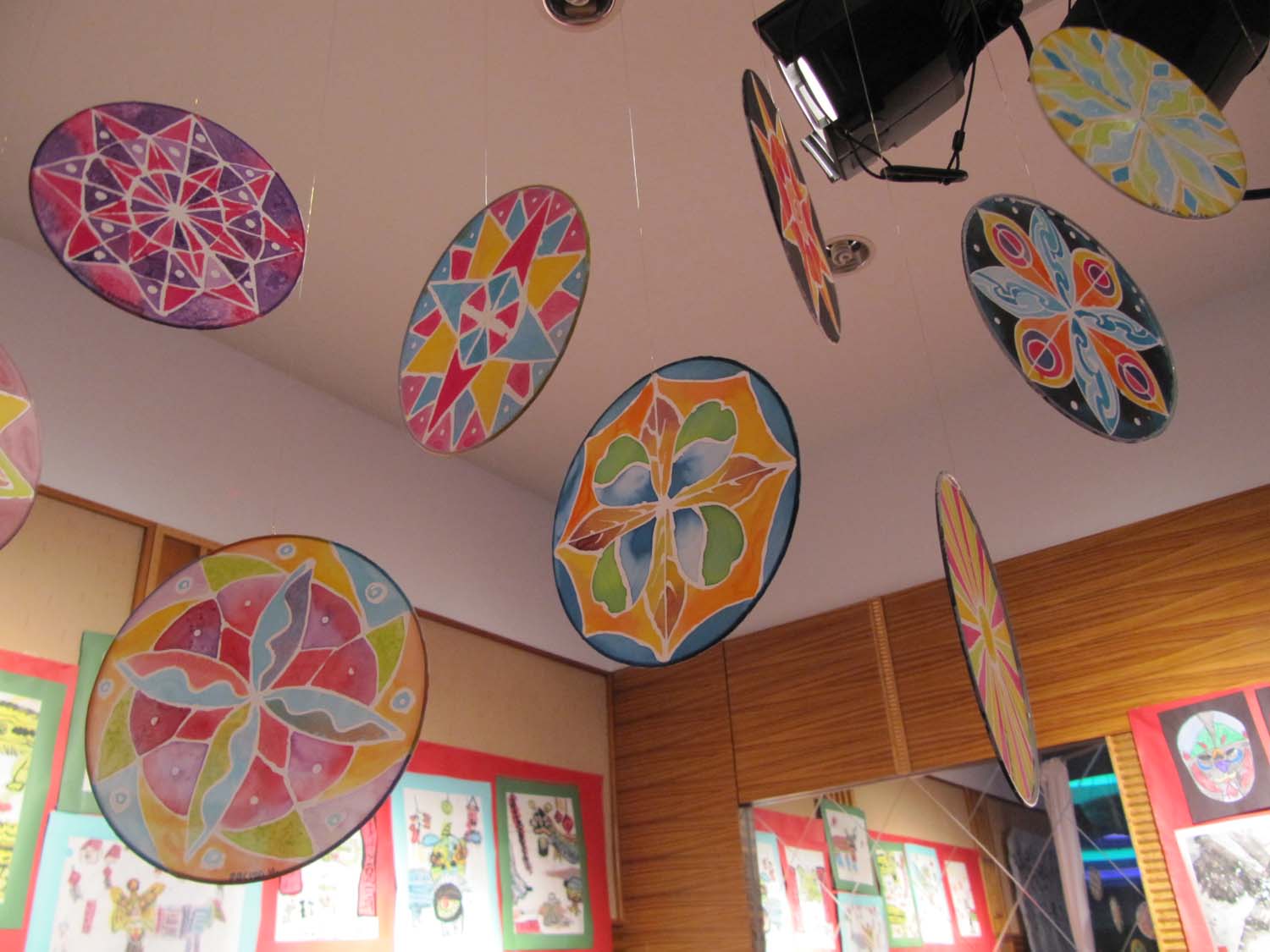

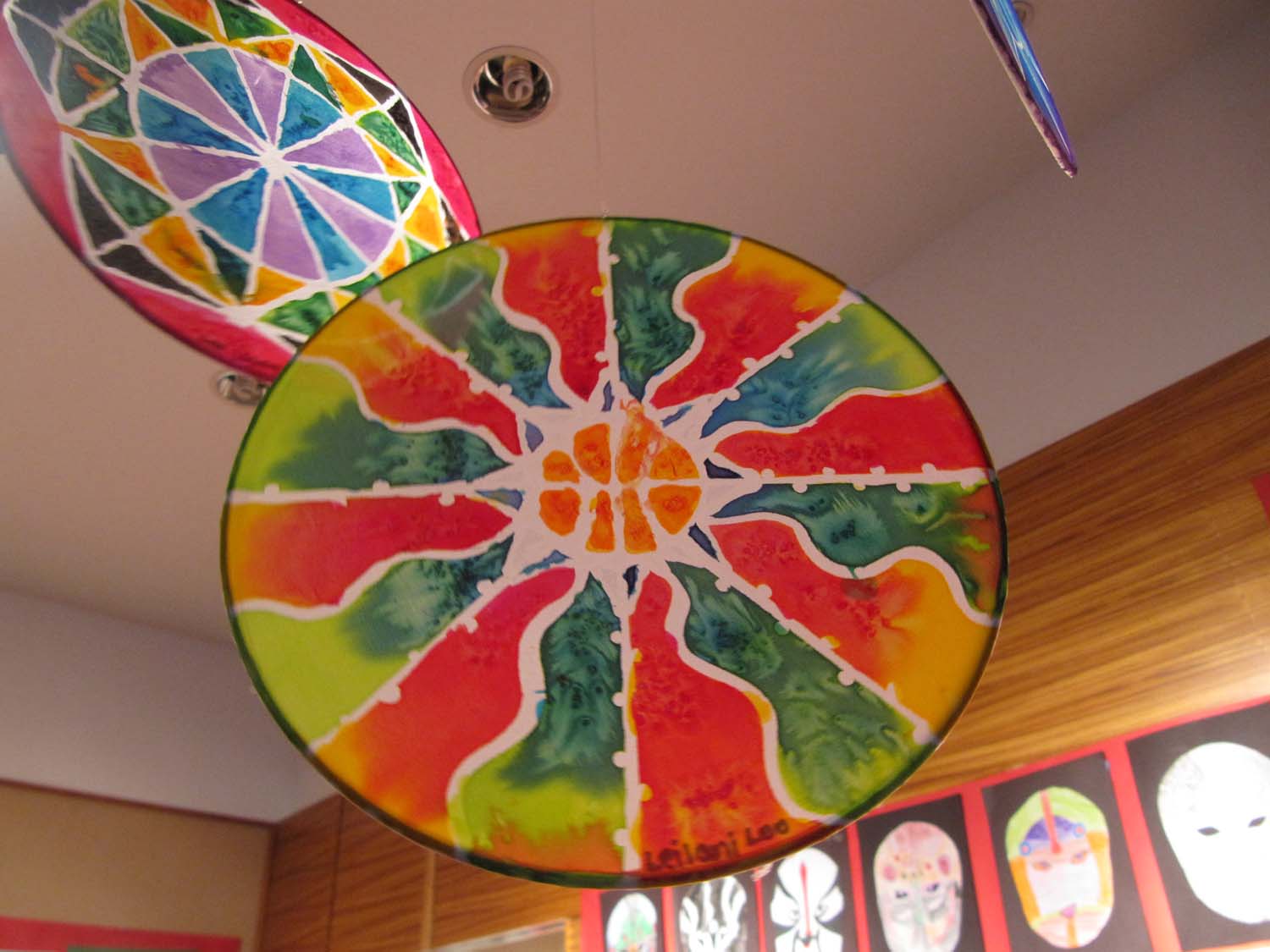
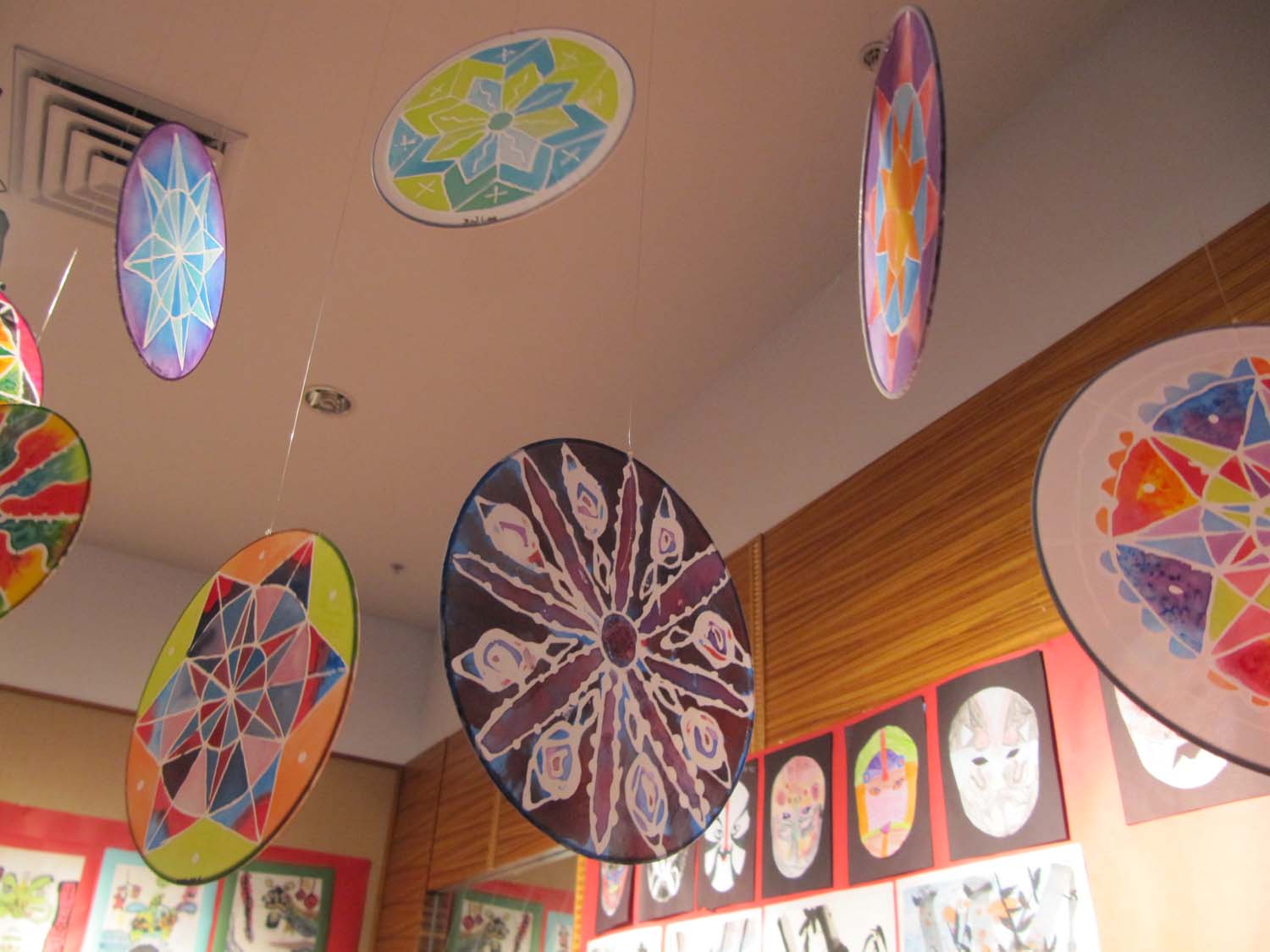
Gold Rush Painting
The 4th graders learned about a contemporary artist, Harry Fonseca, whose ancestors were Maidu Indians, Portuguese and Hawaiian who came to settle in California during the Gold Rush. Fonseca made a series of paintings with paint, soil, and plant life from the Coloma region of California that gave an impression on what happened during the Gold Rush. Since it would be pretty difficult for all our 4th graders to duplicate his effort, we instead used paint to create the gentle landscape of Coloma, and sprinkled gold glitter on to represent how gold changed the California landscape. Some students took on the challenge of cutting out images of the 49ers and paste them on their paintings.
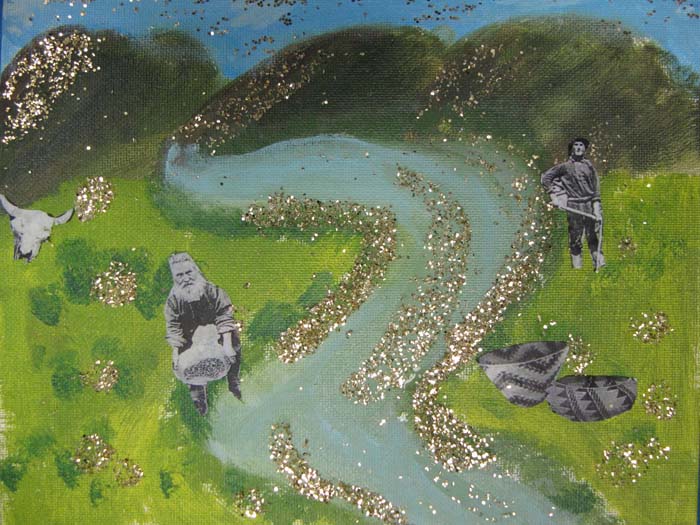
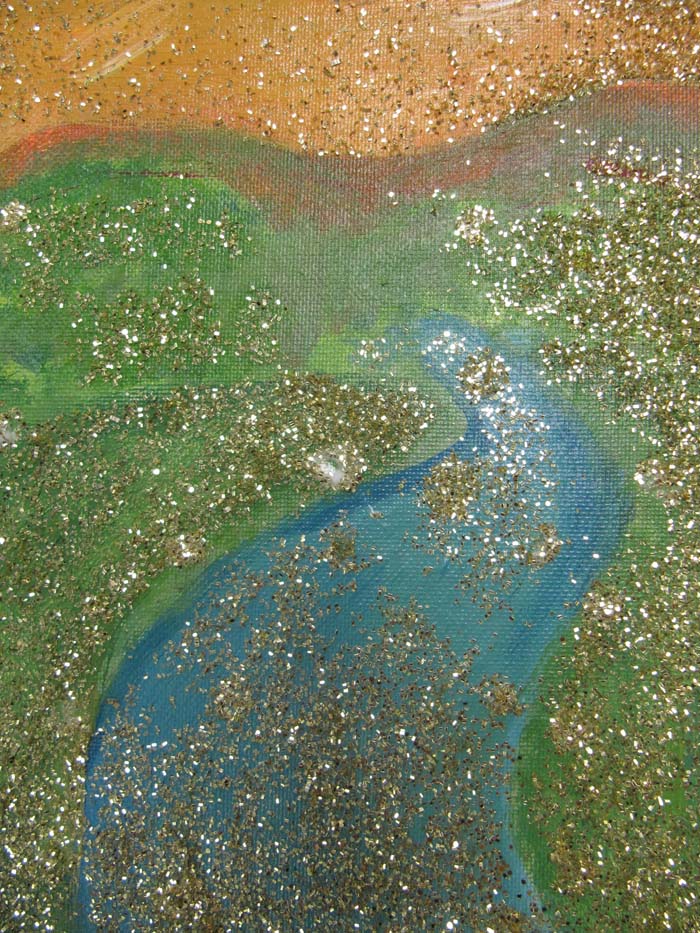
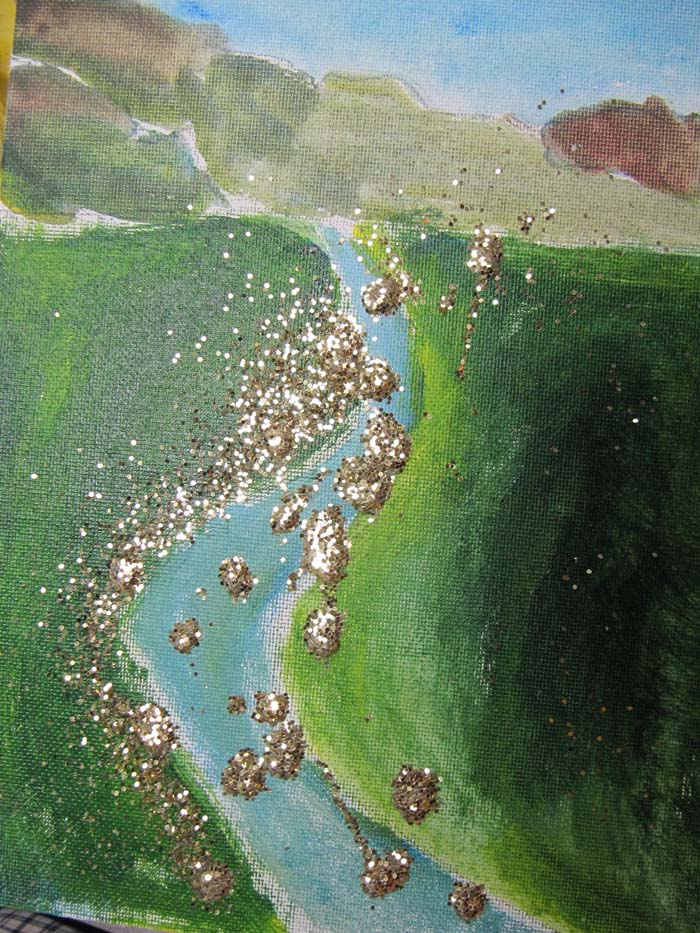
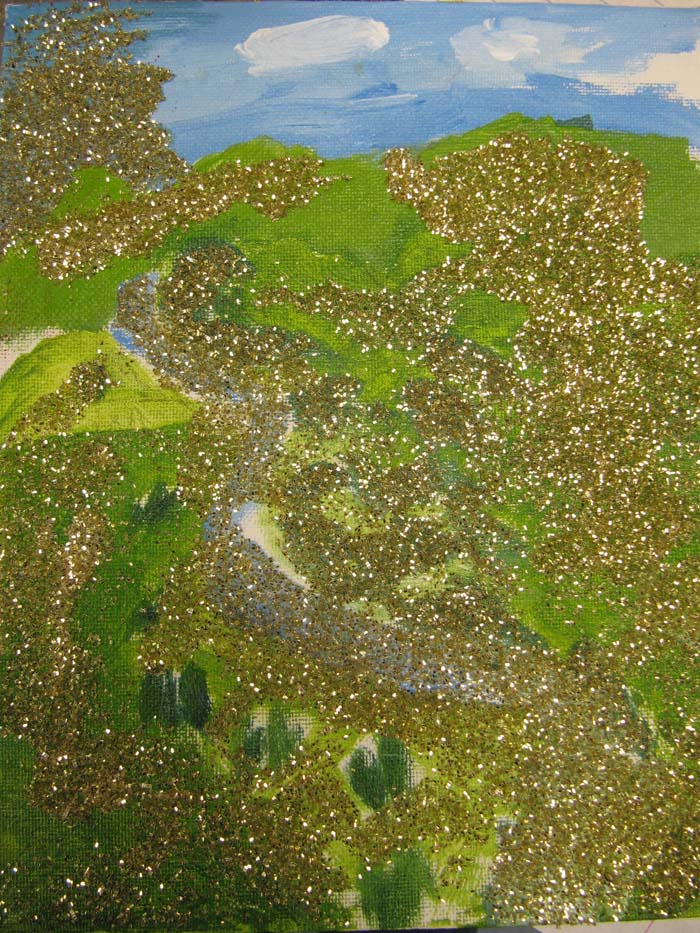
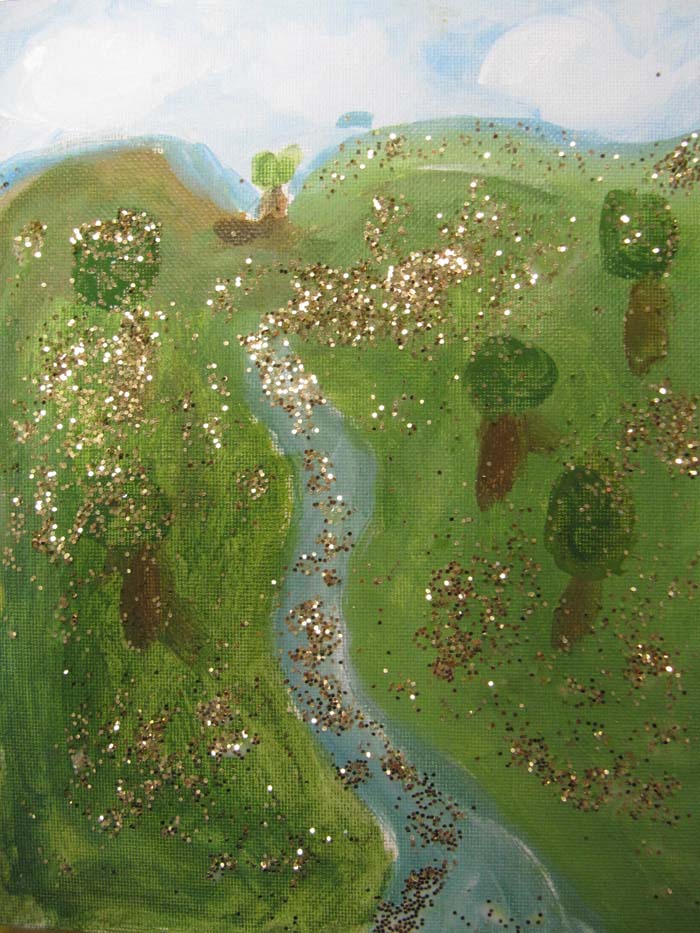
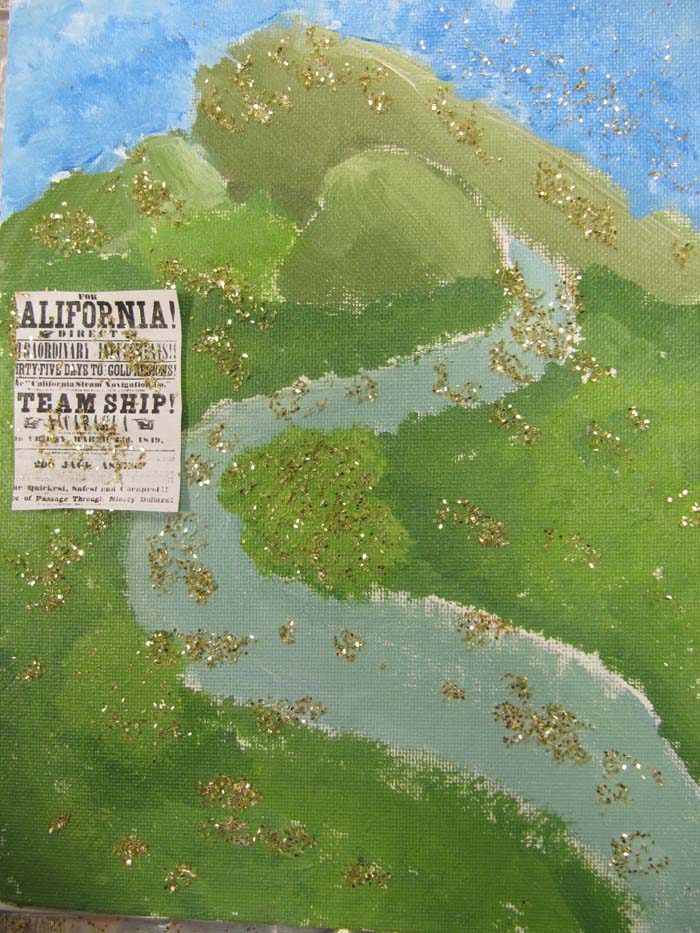
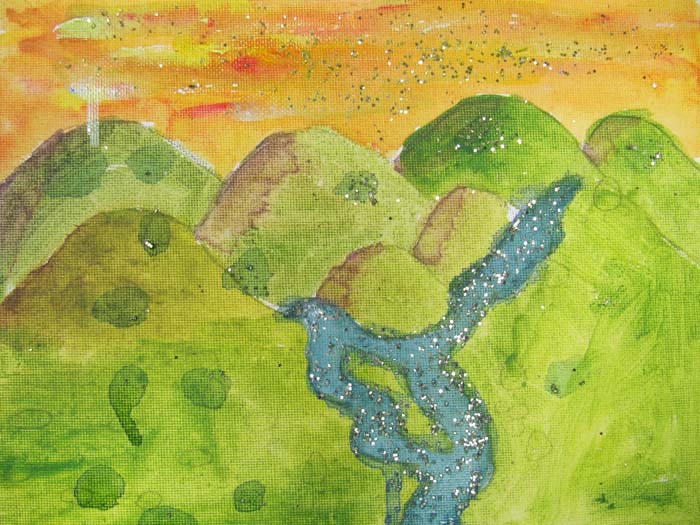
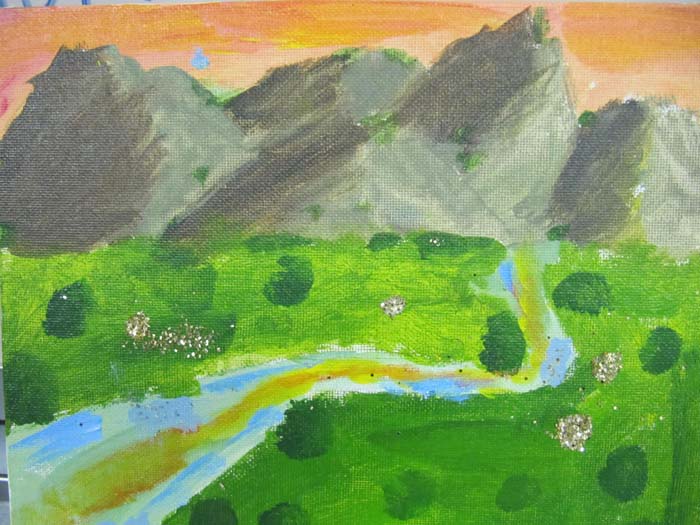
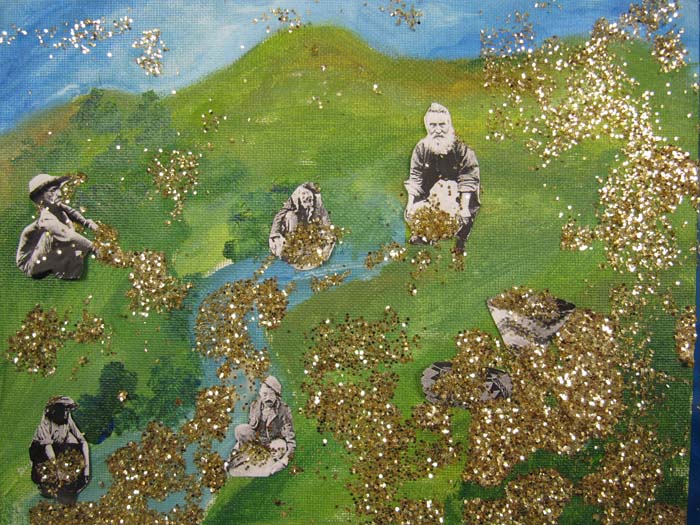
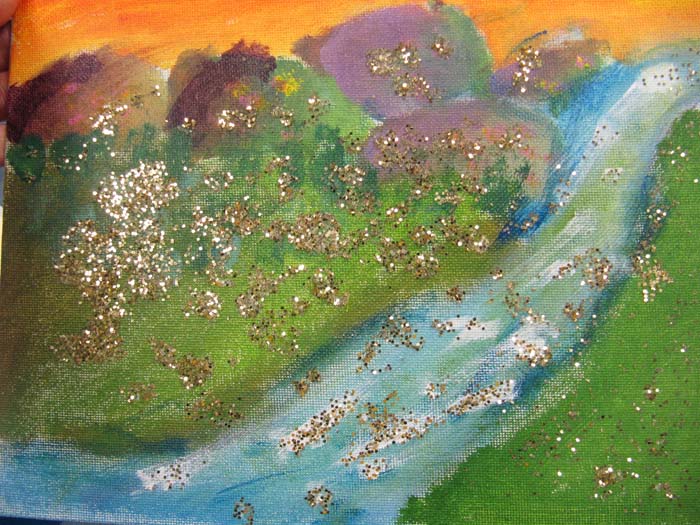
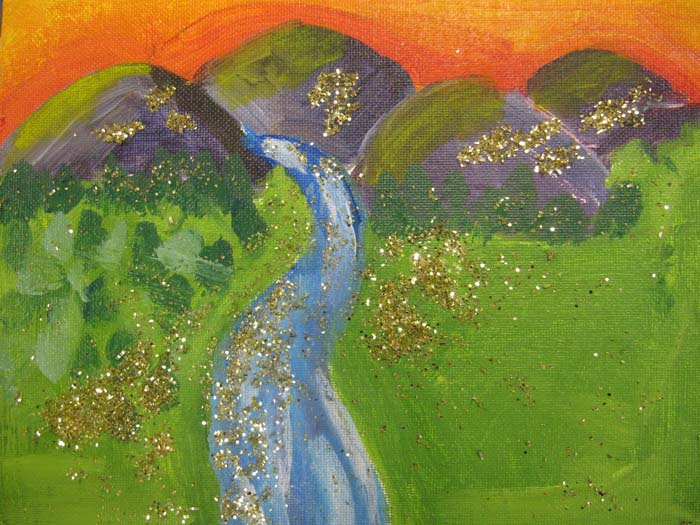

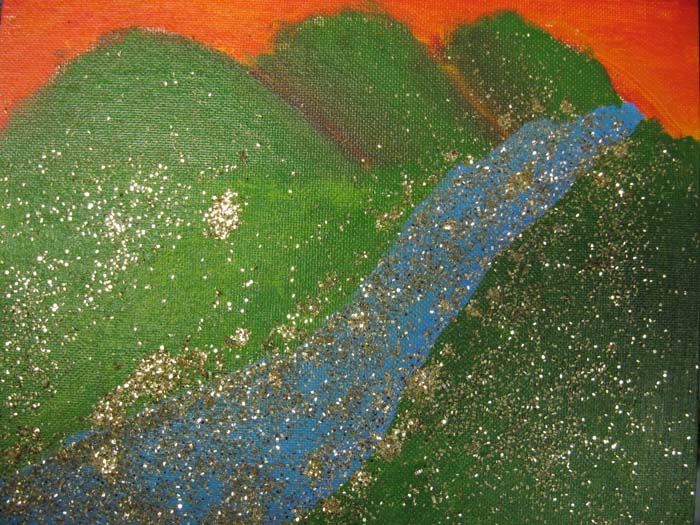
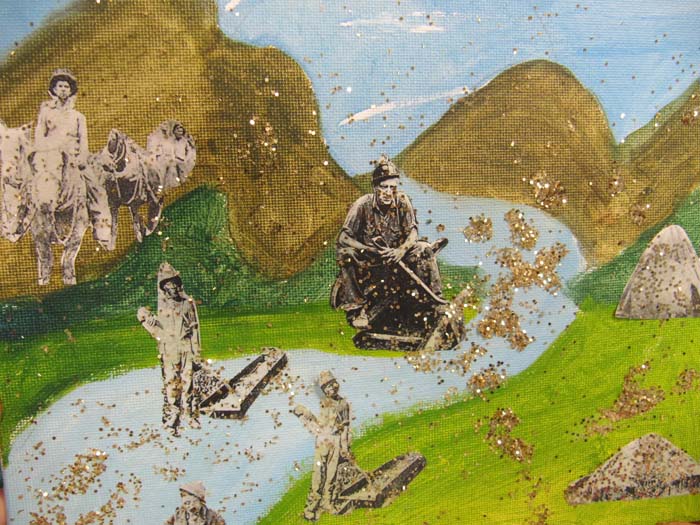




Thomas Moran's Yosemite
Thomas Moran (February 12, 1837 – August 25, 1926), American landscapist, had infused the American landscape with light and love. Many of our 8th graders have taken a week-long outdoor learning trip to Yosemite. In this lesson, they tried to see Yosemite again through the eyes of Thomas Moran. Students painted these scenaries based on actual photos of Yosemite, paying close attention to the changes in the light on the majestic granite landscape.
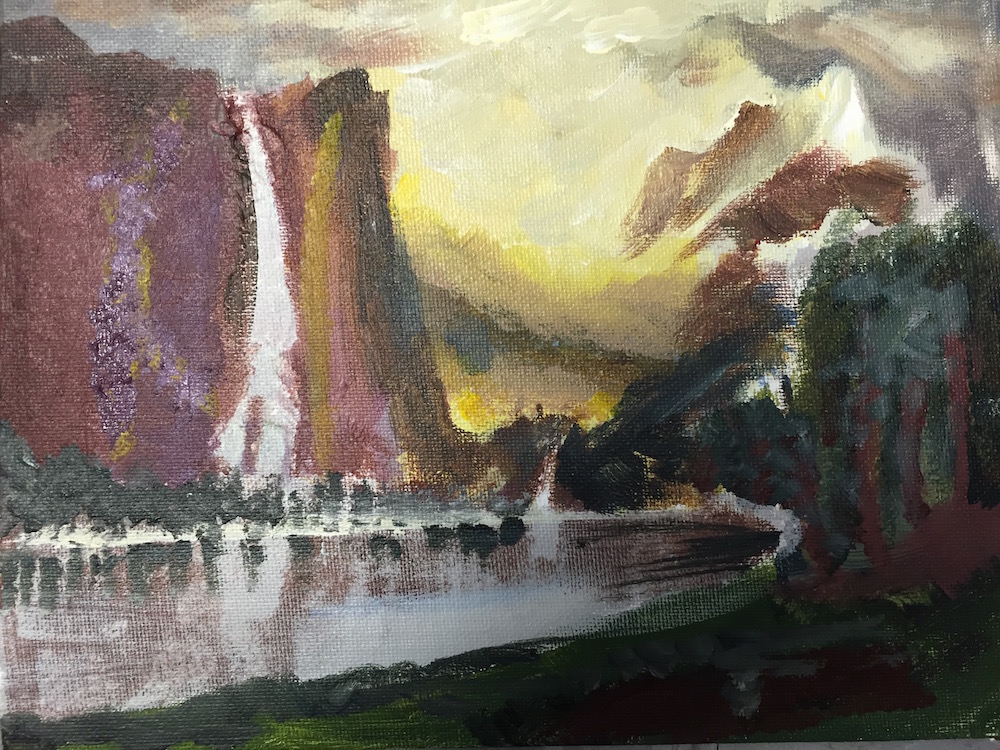
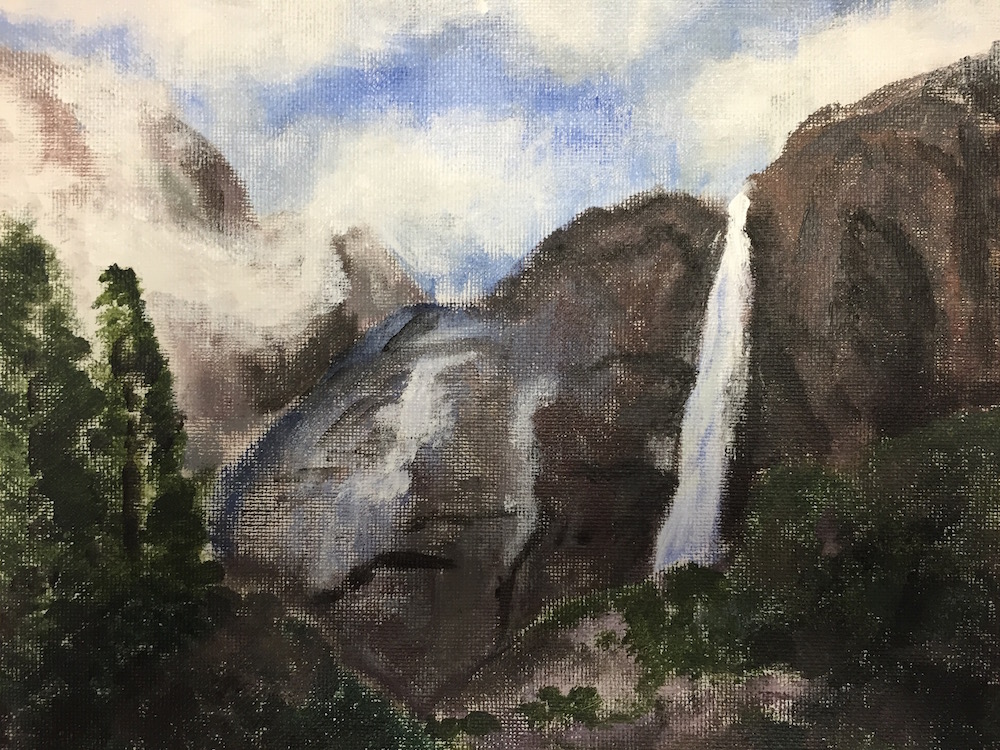
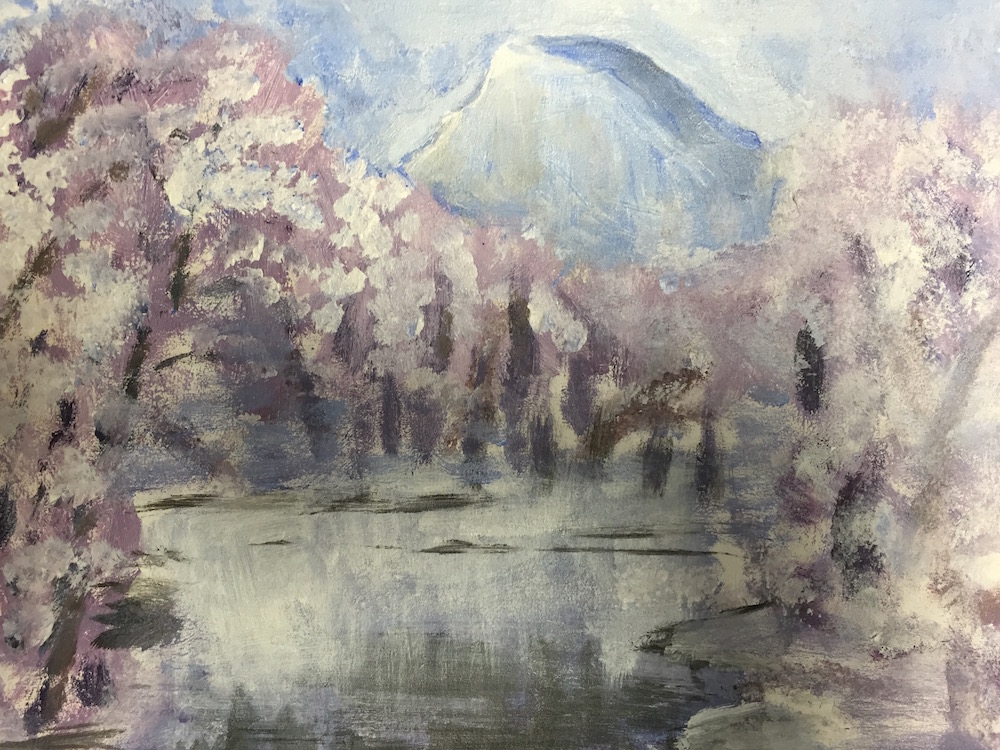

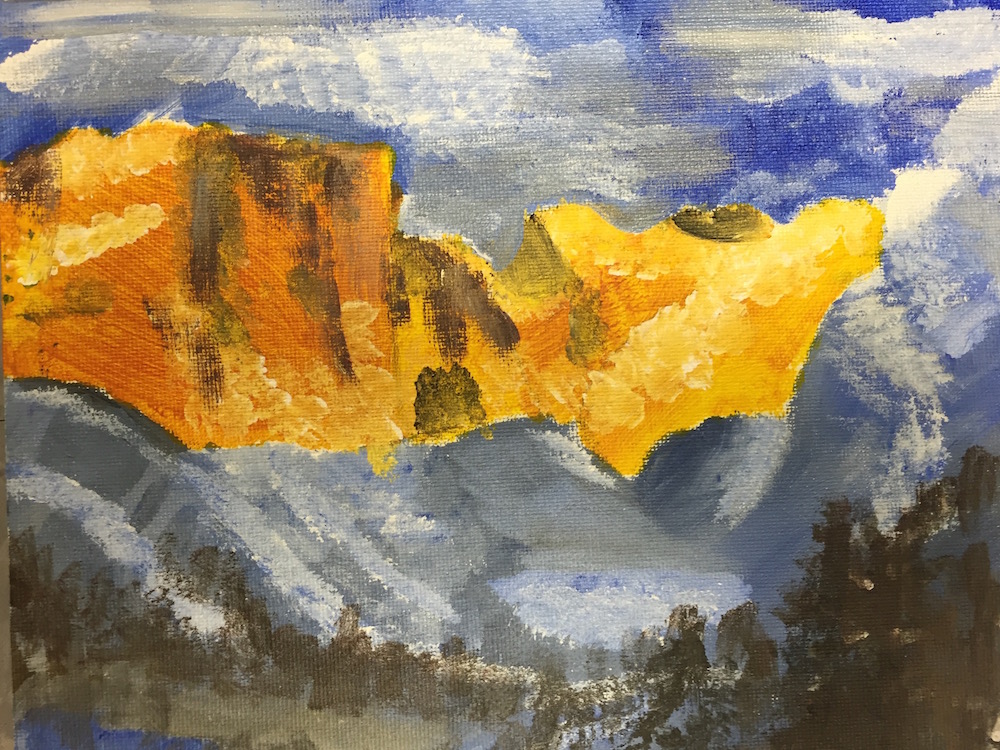
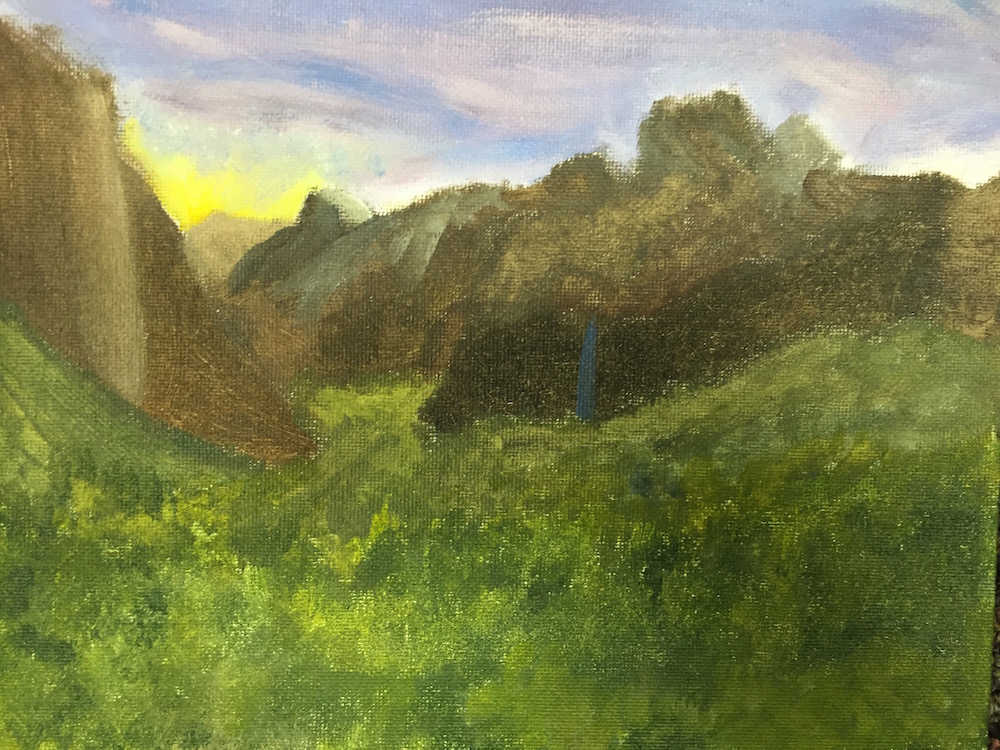
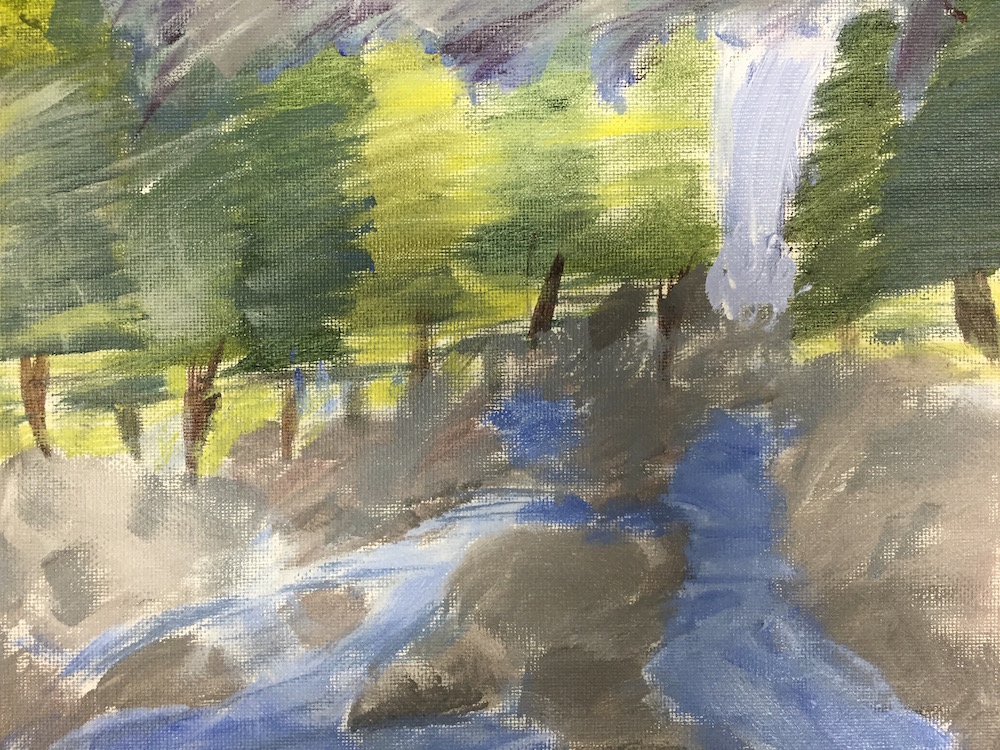
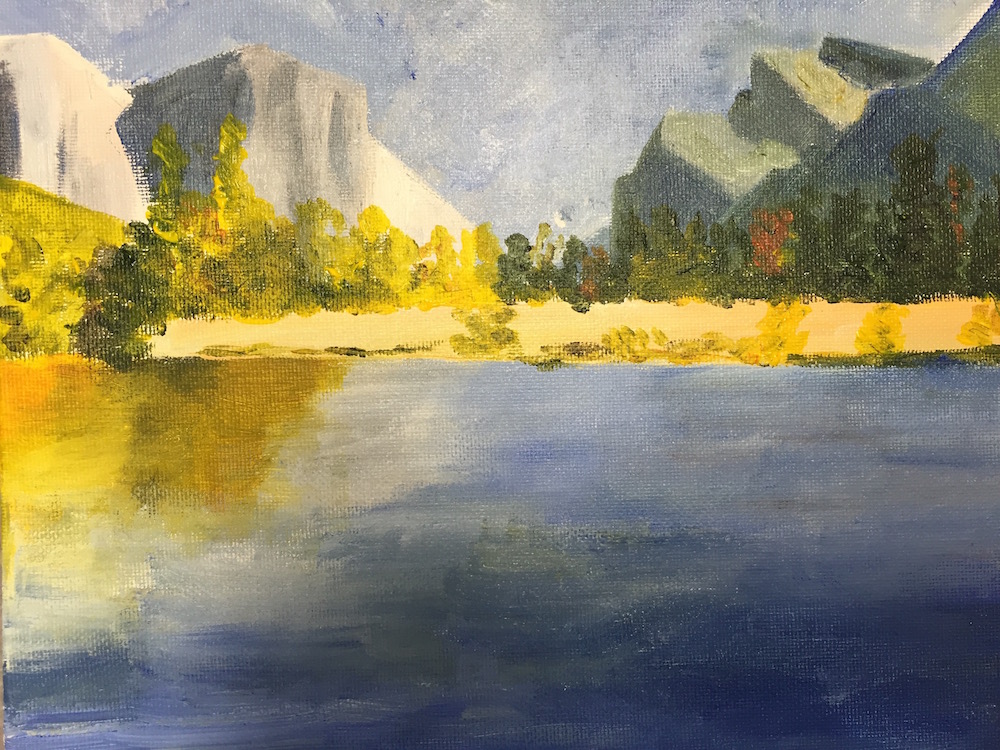
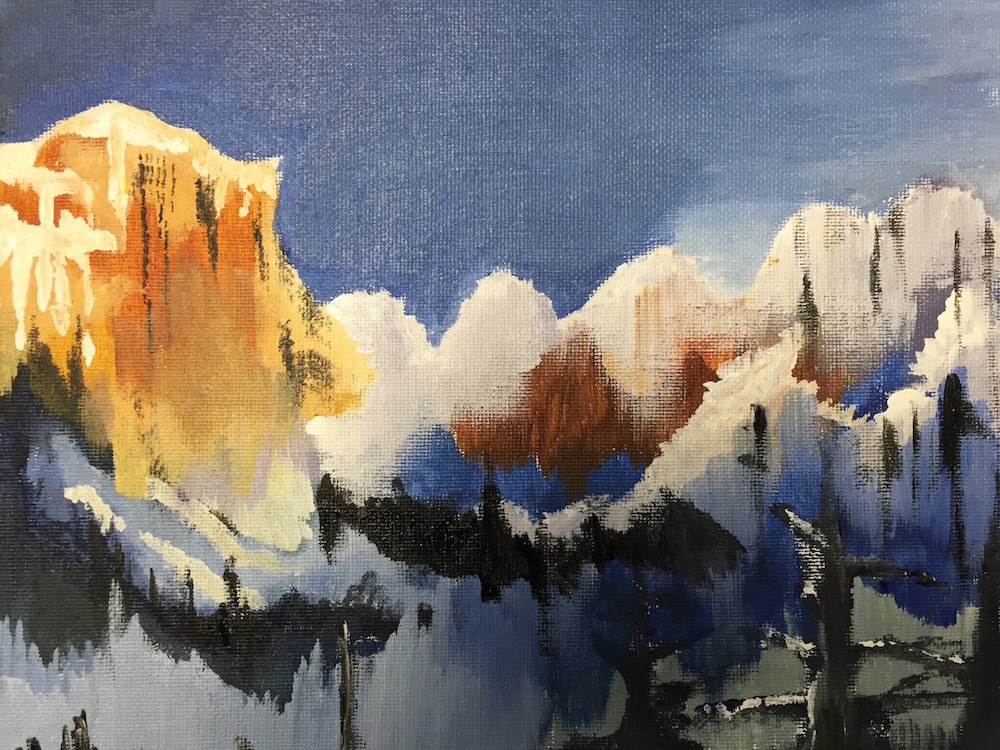
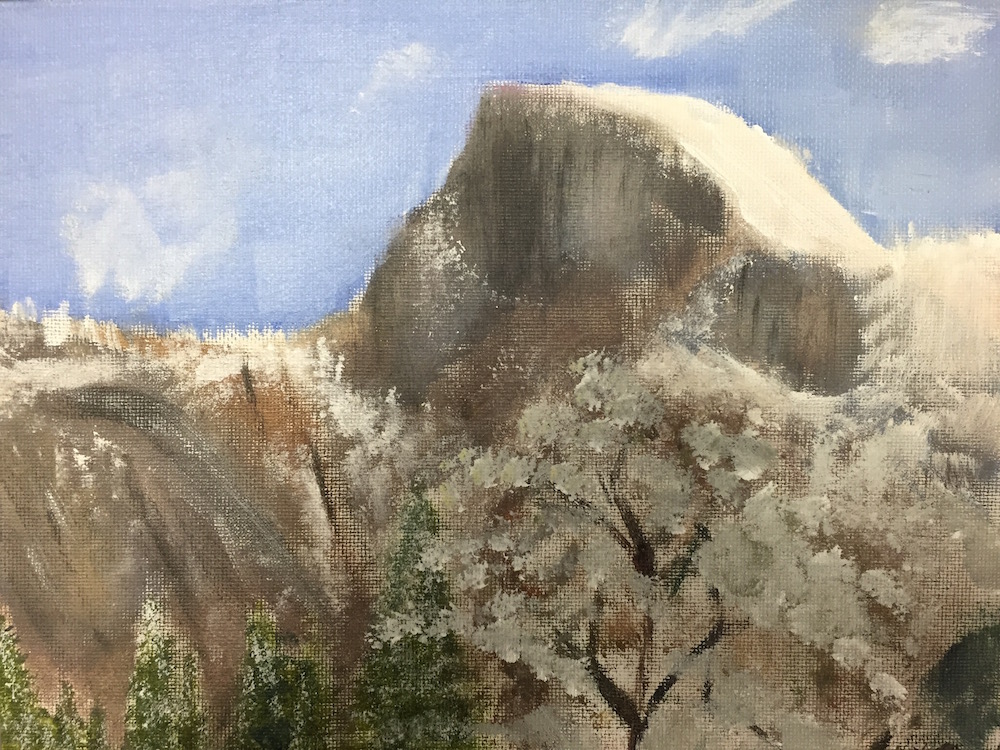
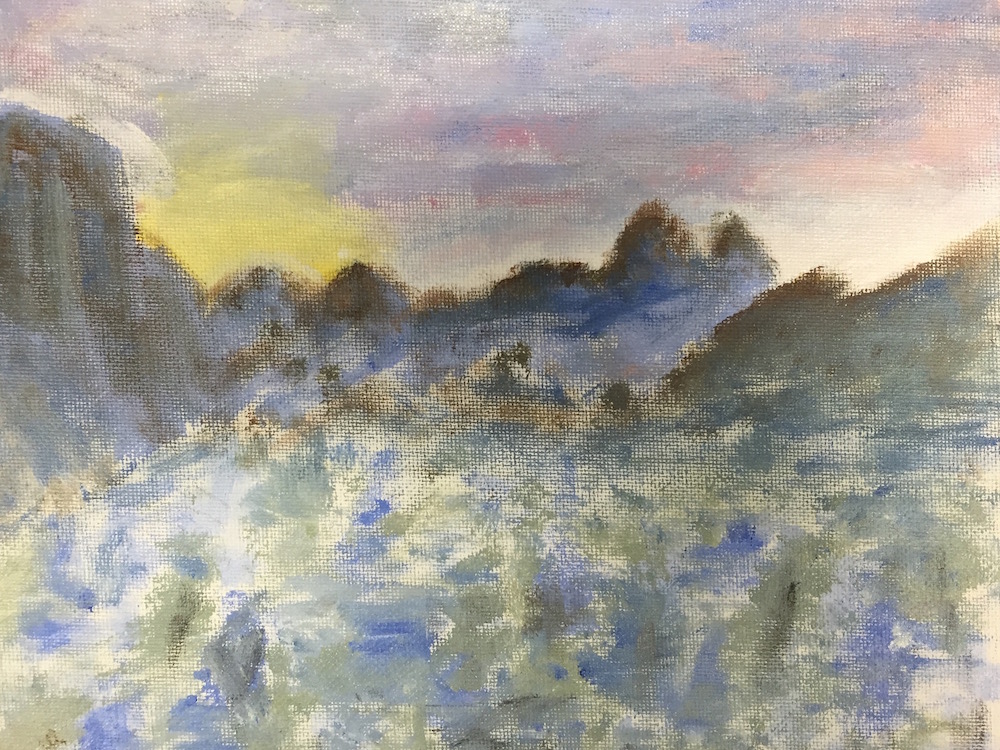
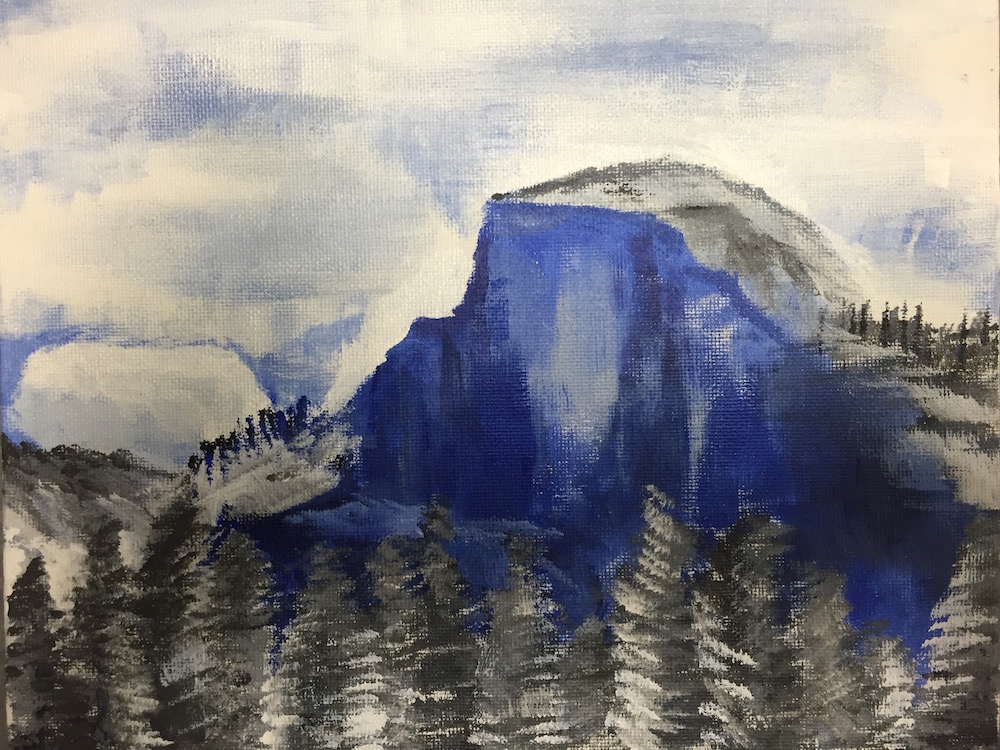
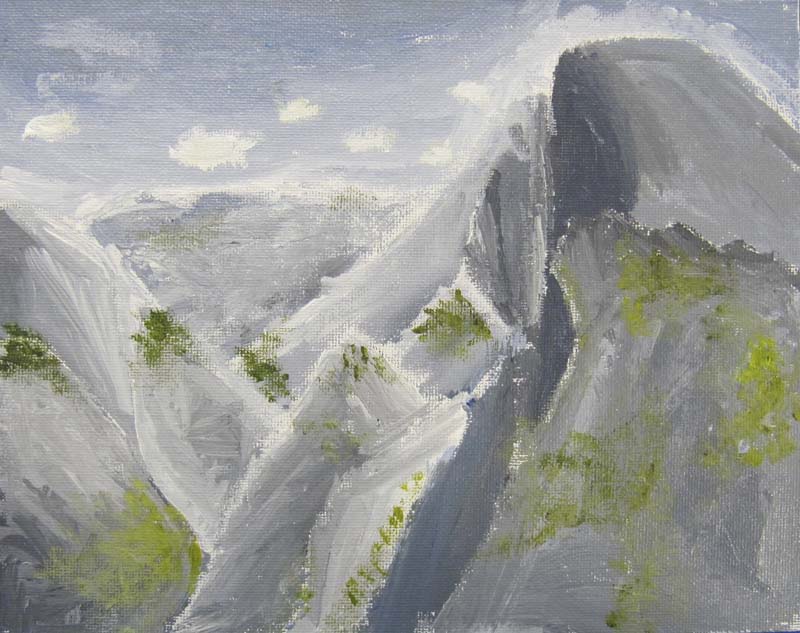
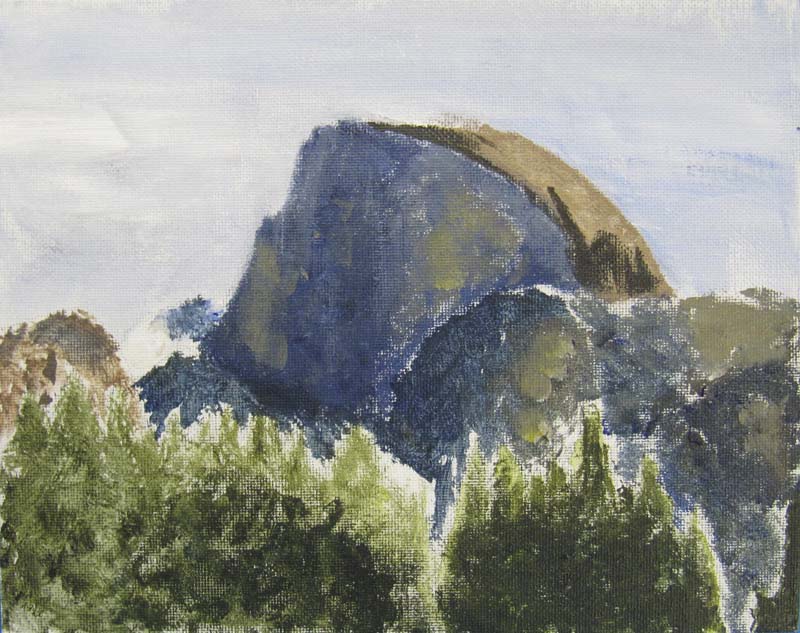

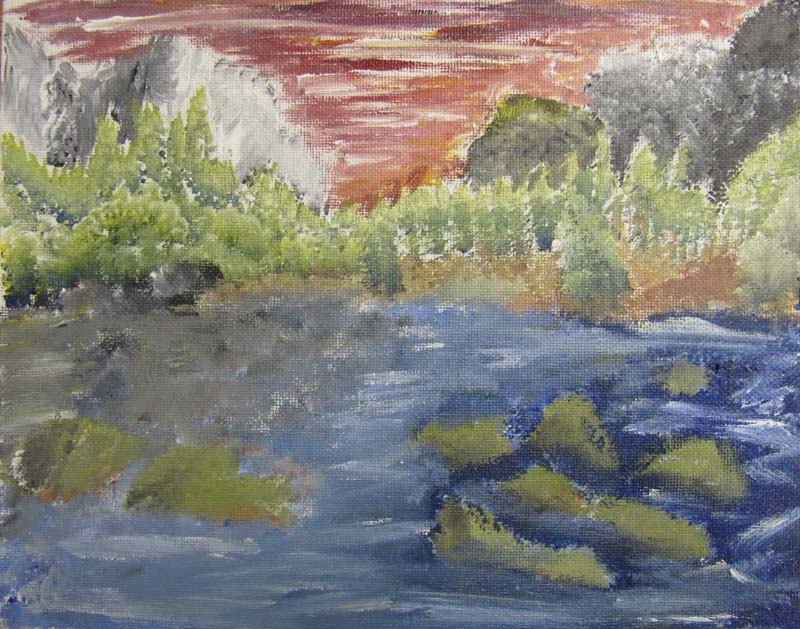
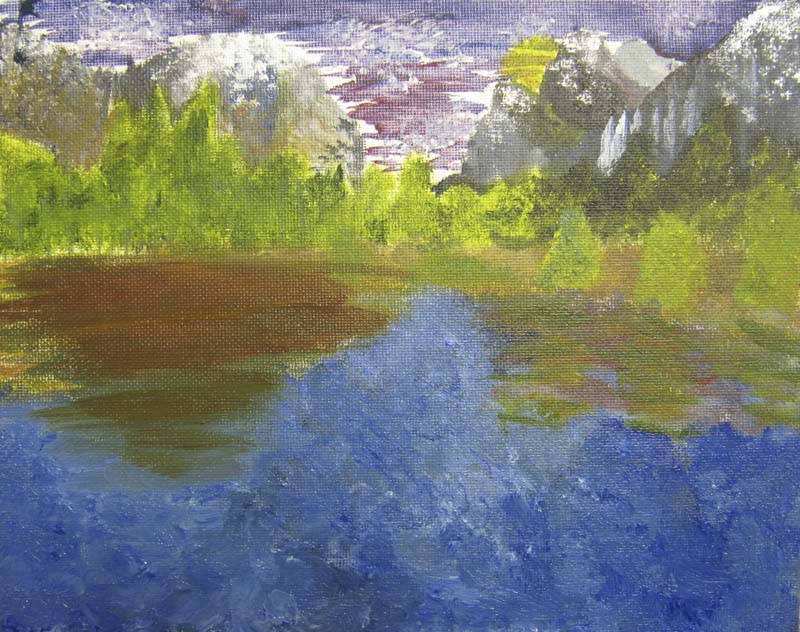
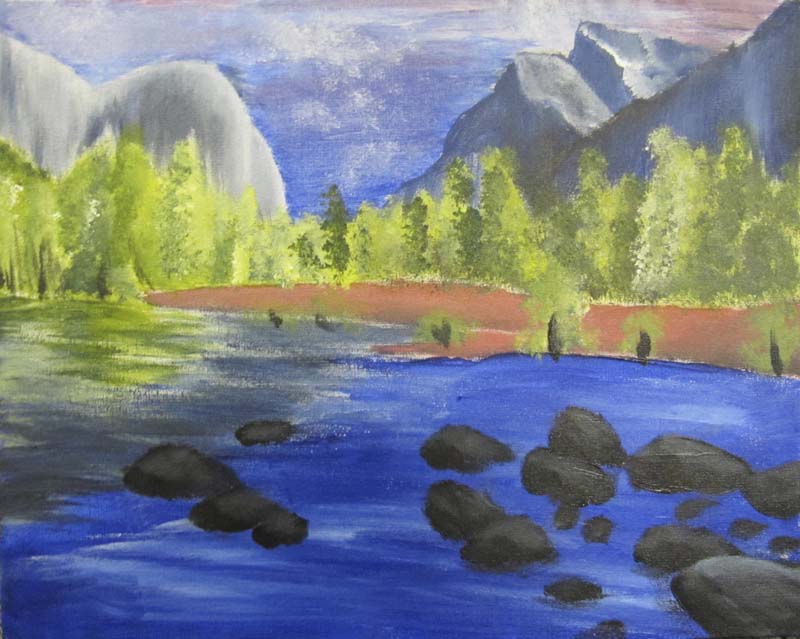
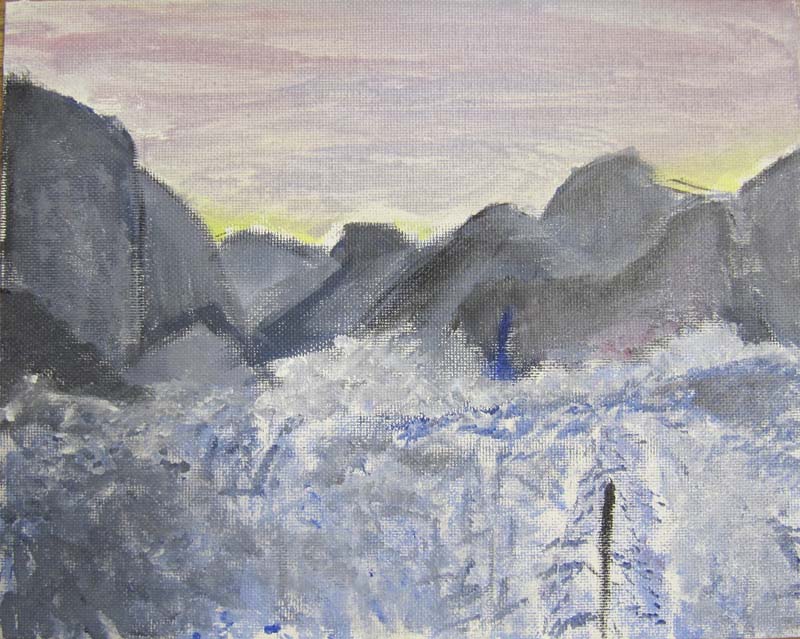

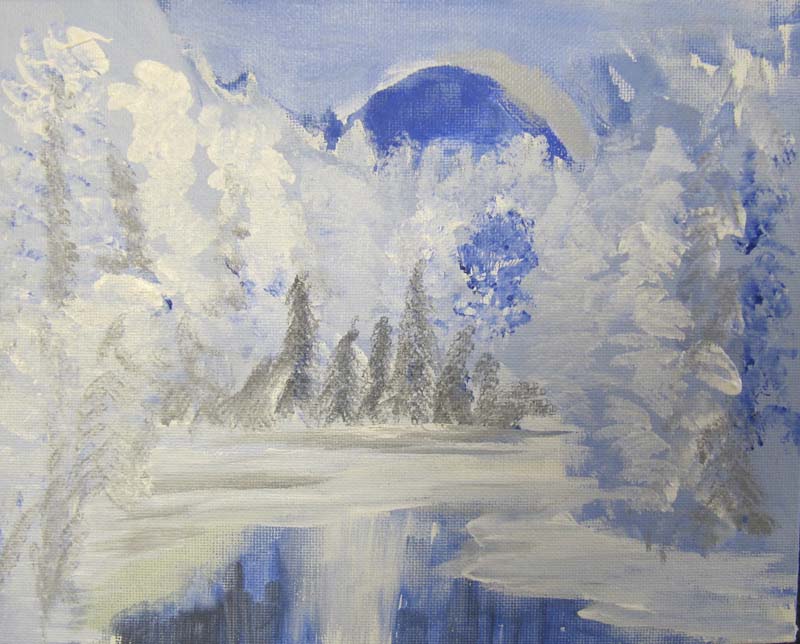

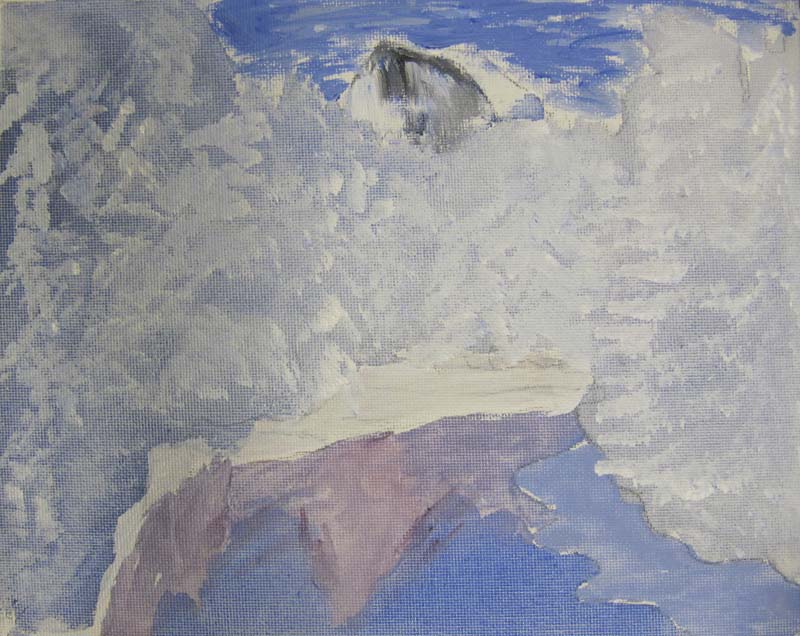
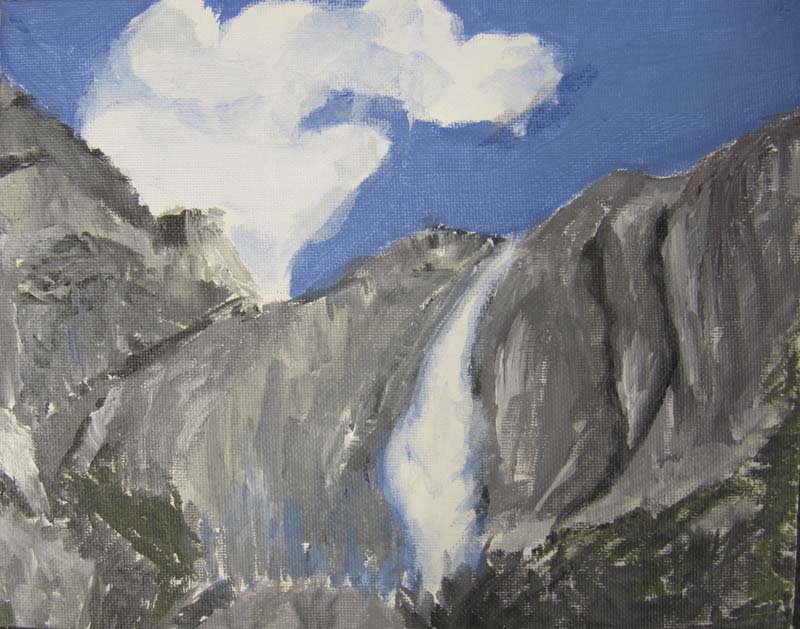
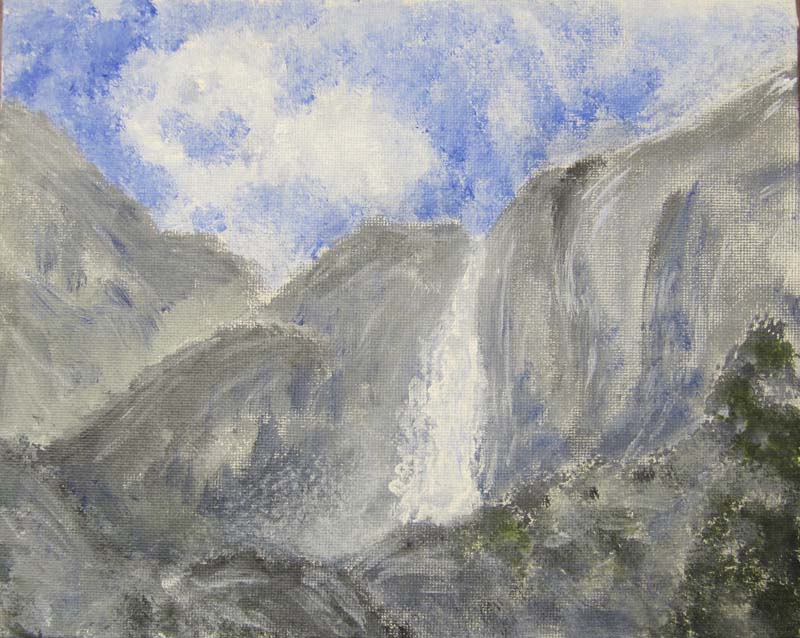
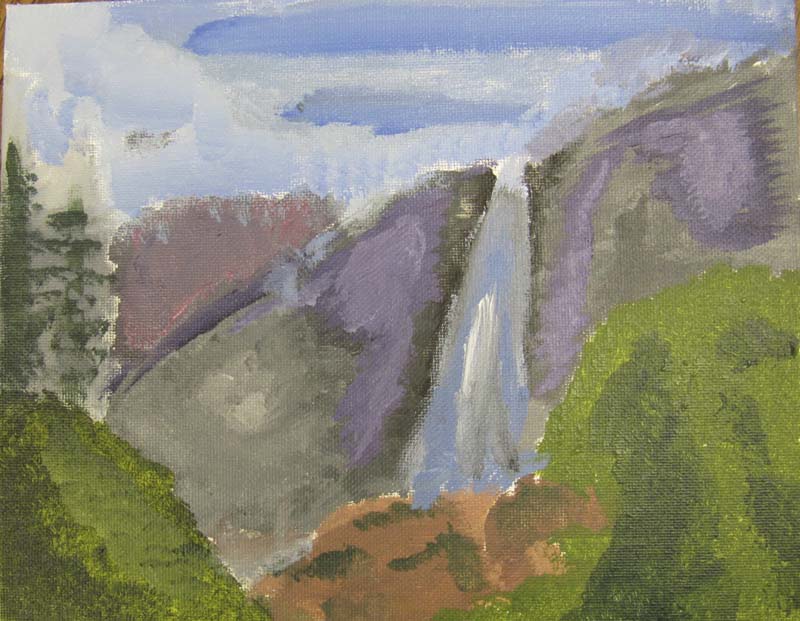
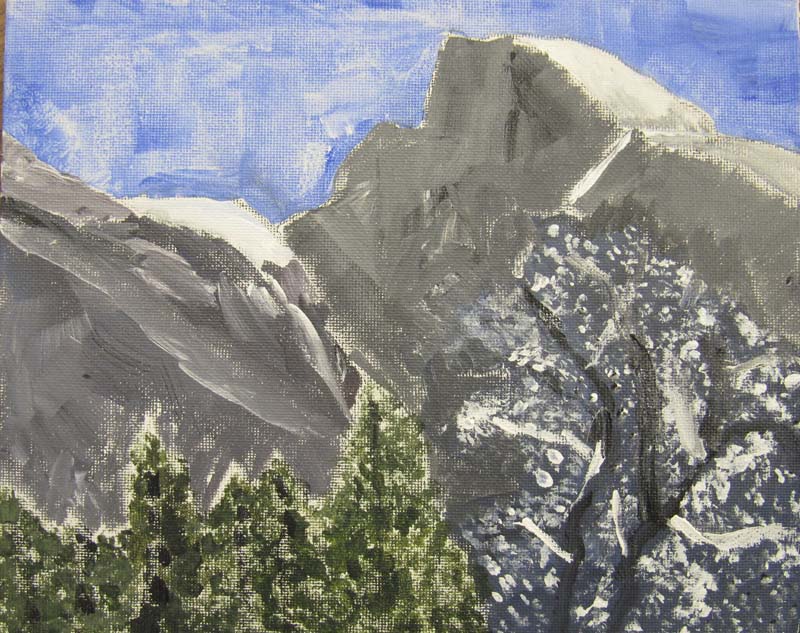
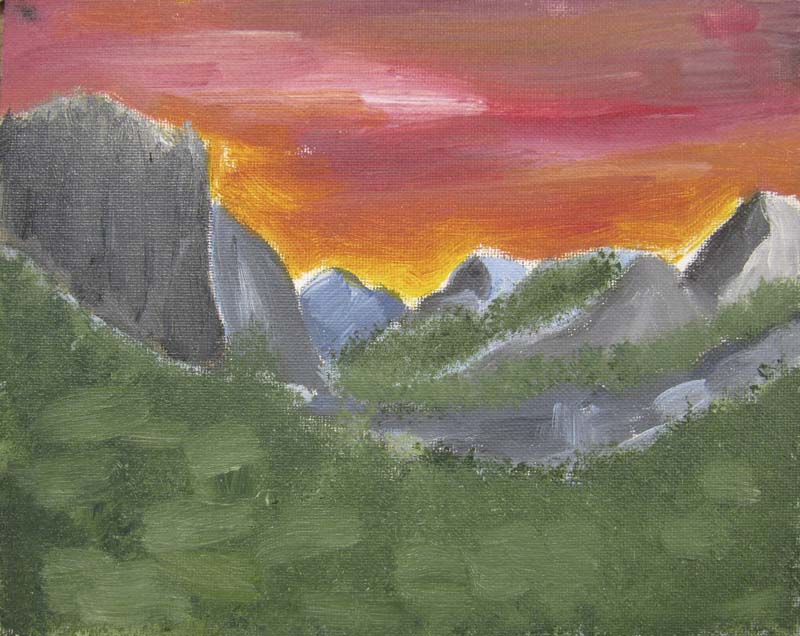


Washington Crossing the Delaware by Emanuel Leutze
Besides the Mona Lisa and the Last Supper by Leonardo Da Vinci, Emanuel Leutze's Washington Crossing the Delaware is probably the third most famous painting in the world. This painting depicts Washington leading his army in a surprise attack of the Hessians in the Battle of Trenton on Christmas night, 1776. Before this night, the Continental Army had been outnumbered and continually battered by the British army, they had lost New York and the surrounding area, Washington's troops were so tired and cold and uncertain of their success going forward. In an act of desperation, Washington roused up his men with the slogan "Victory or Death," led them across the icy Delaware River in the darkness amidst a snow storm, walked 9 miles down to Trenton, and fought and won a surprise battle that lasted only 45 minutes! With this victory, Washington was able to rebuild confidence in the Continental Army, and turned the Revolution around.
In this lesson, we discussed in length the details in this painting. What's realistic about it? What's not? Who are the people Emanuel Leutze included in this painting? This painting was so famous that it has been parodied many times in the past. Look at these examples:


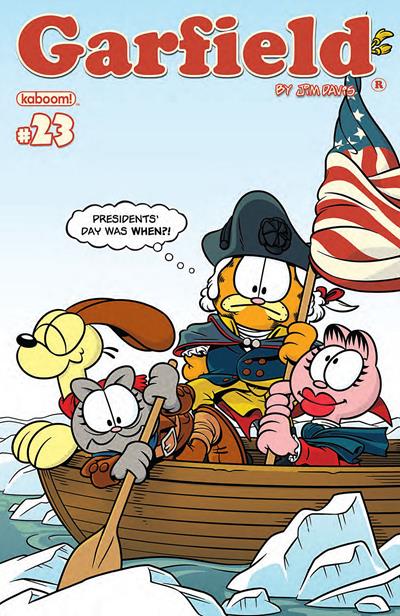
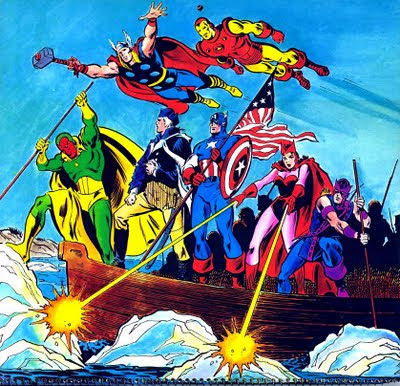

Our 8th graders were charged with the task of reinterpreting this painting. This task is easier said than done. To reinterpret something successfully, one must first be able to digest and internalize the information. I am really amazed what these students can do in the short time I have with them:
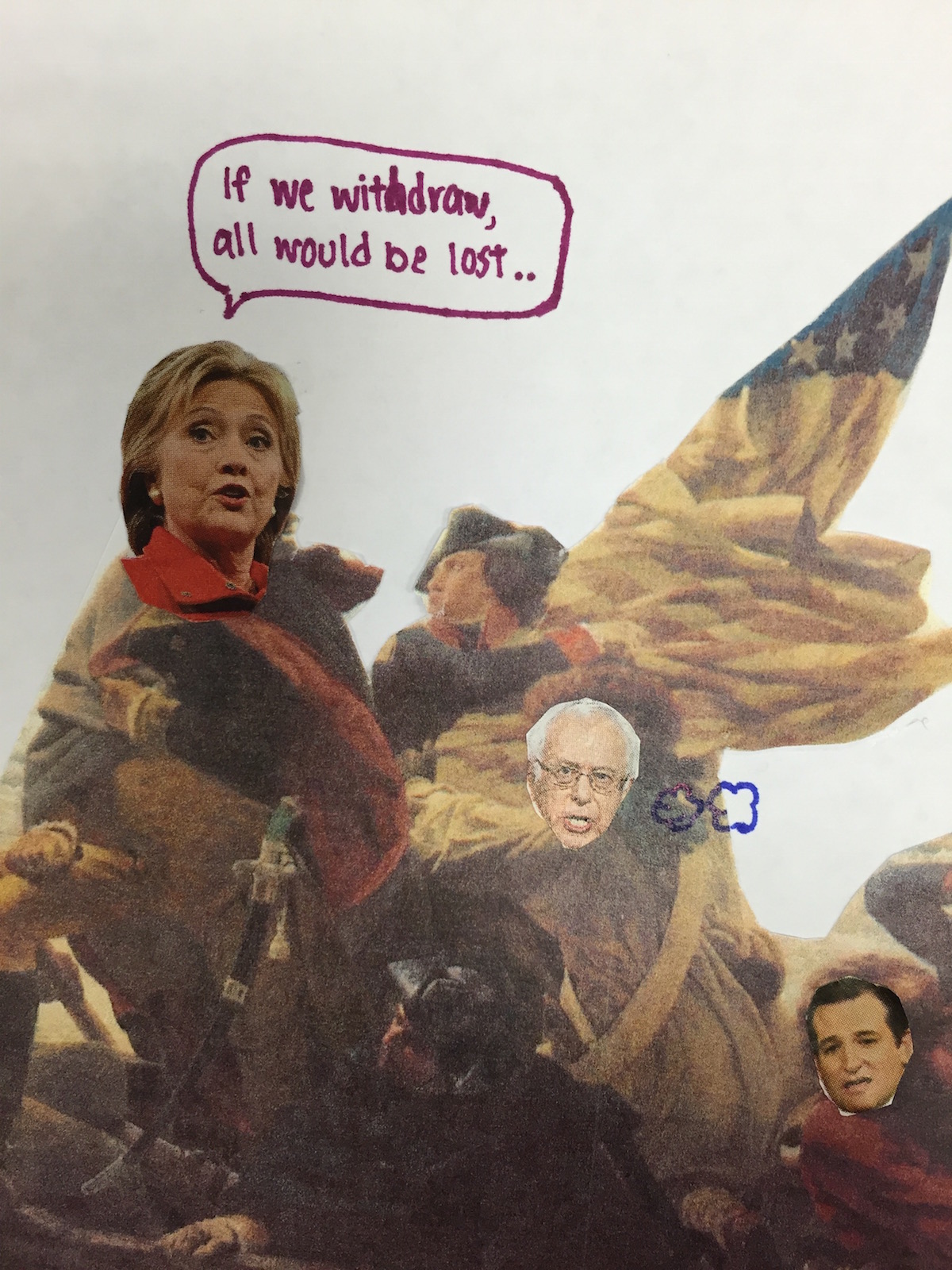
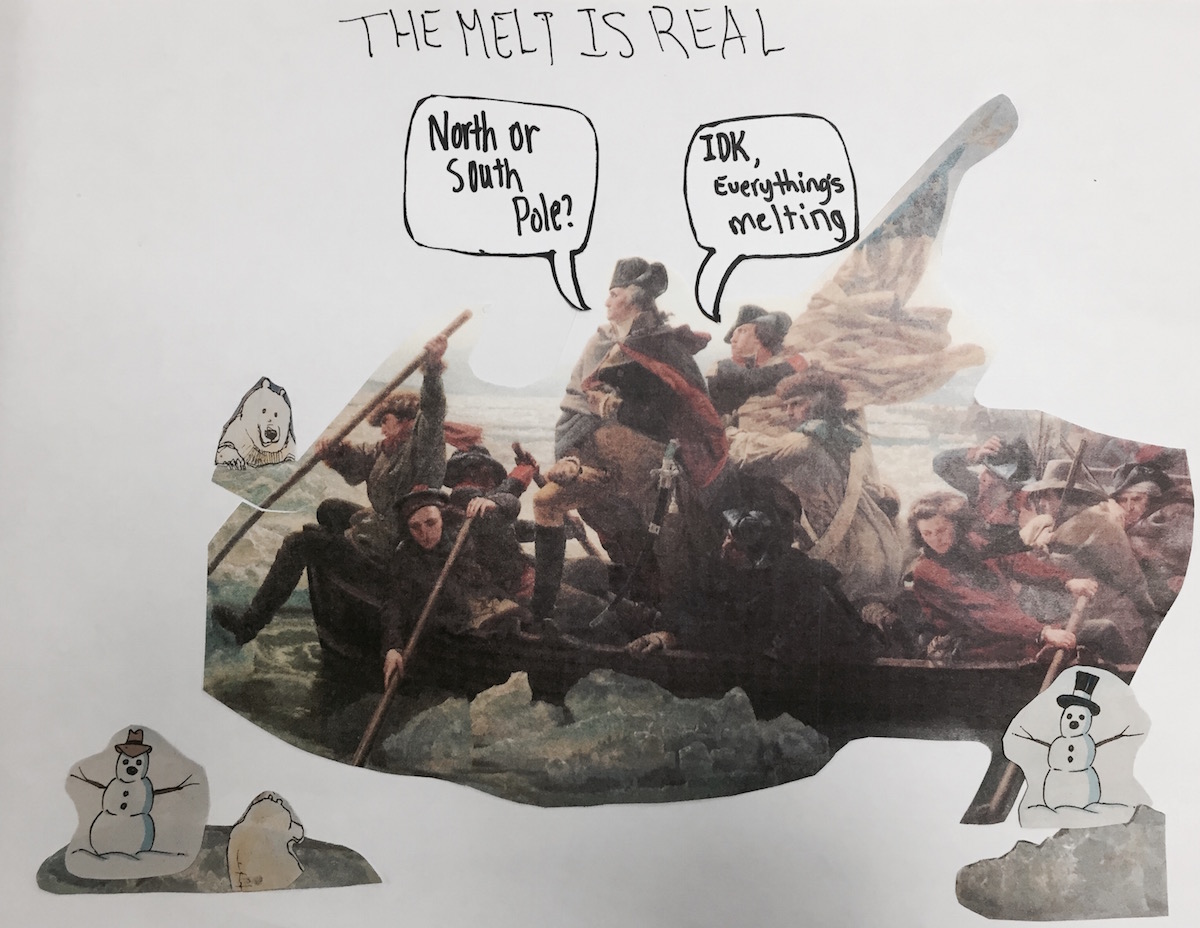


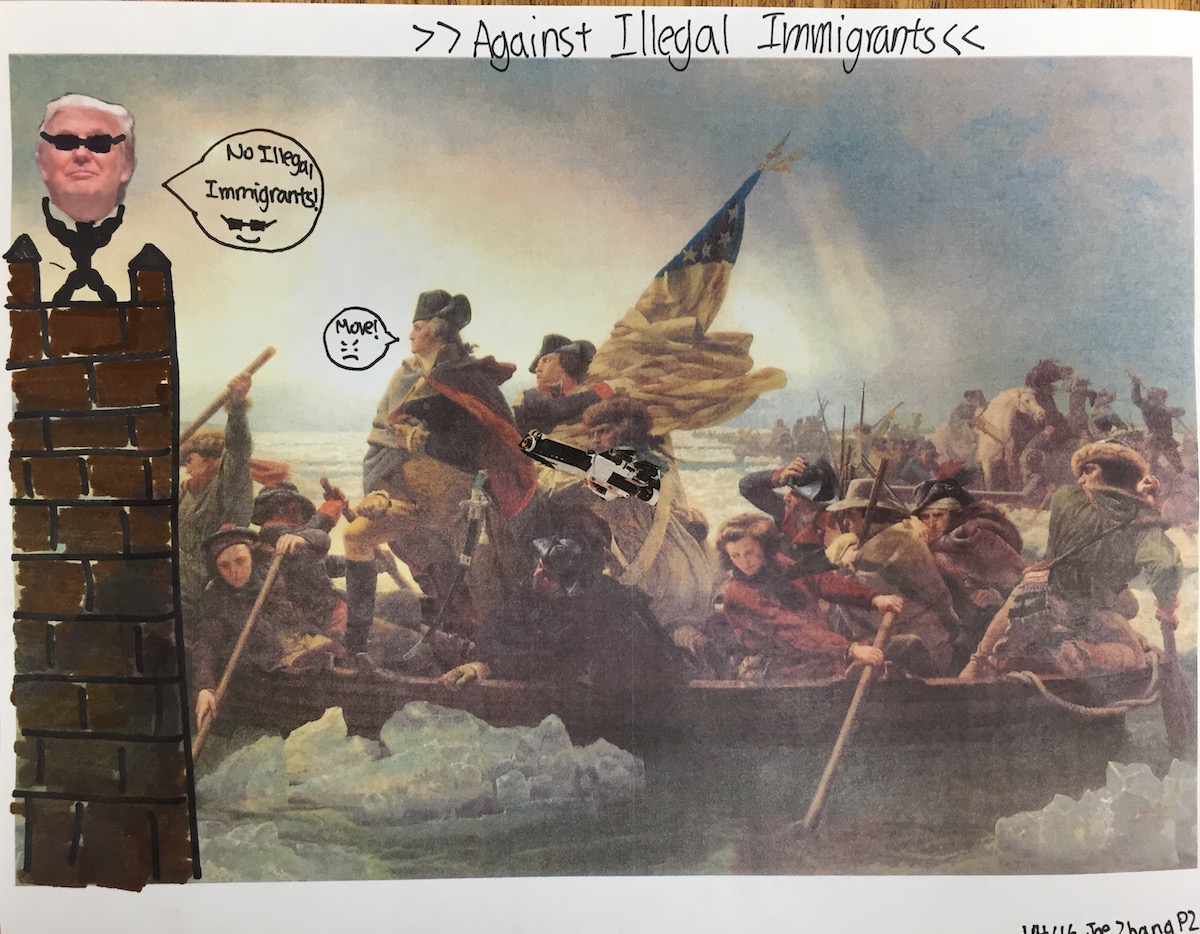
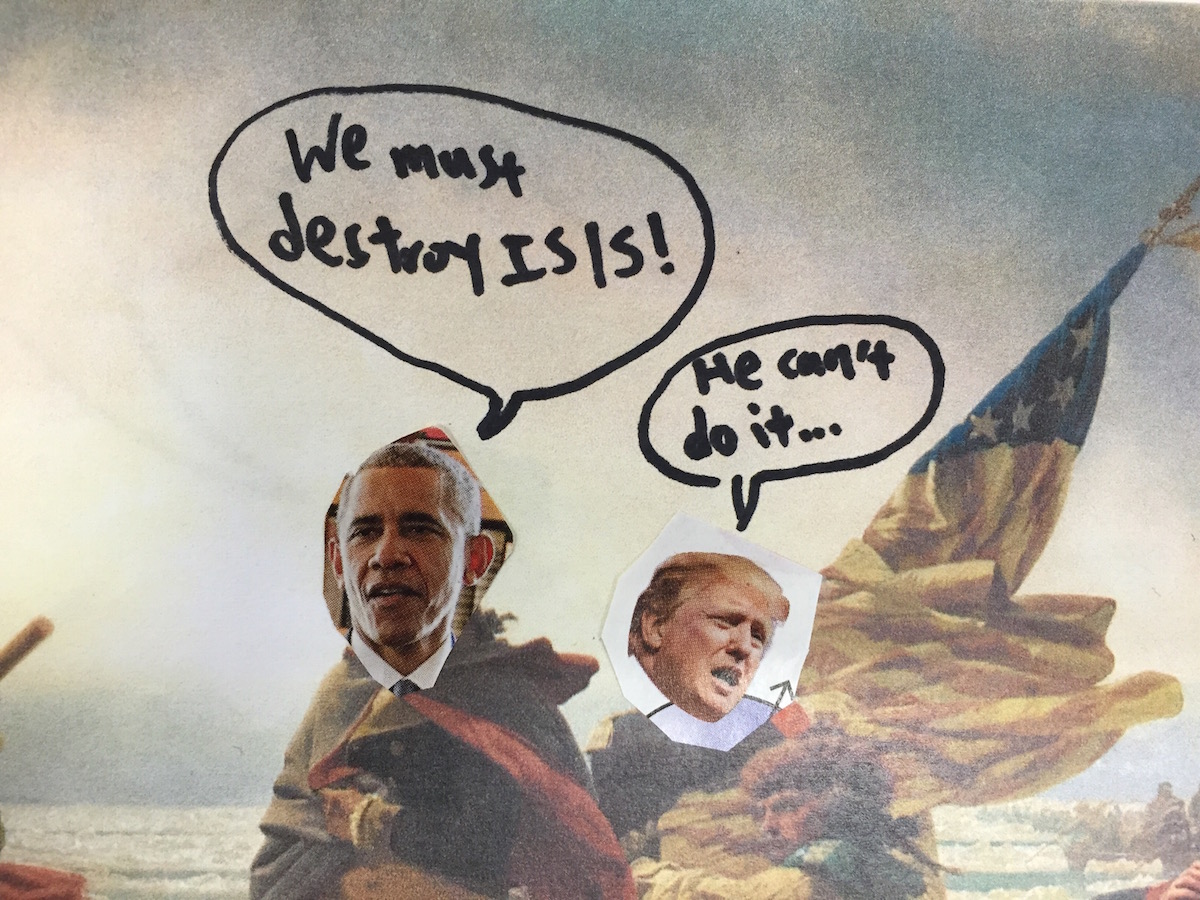
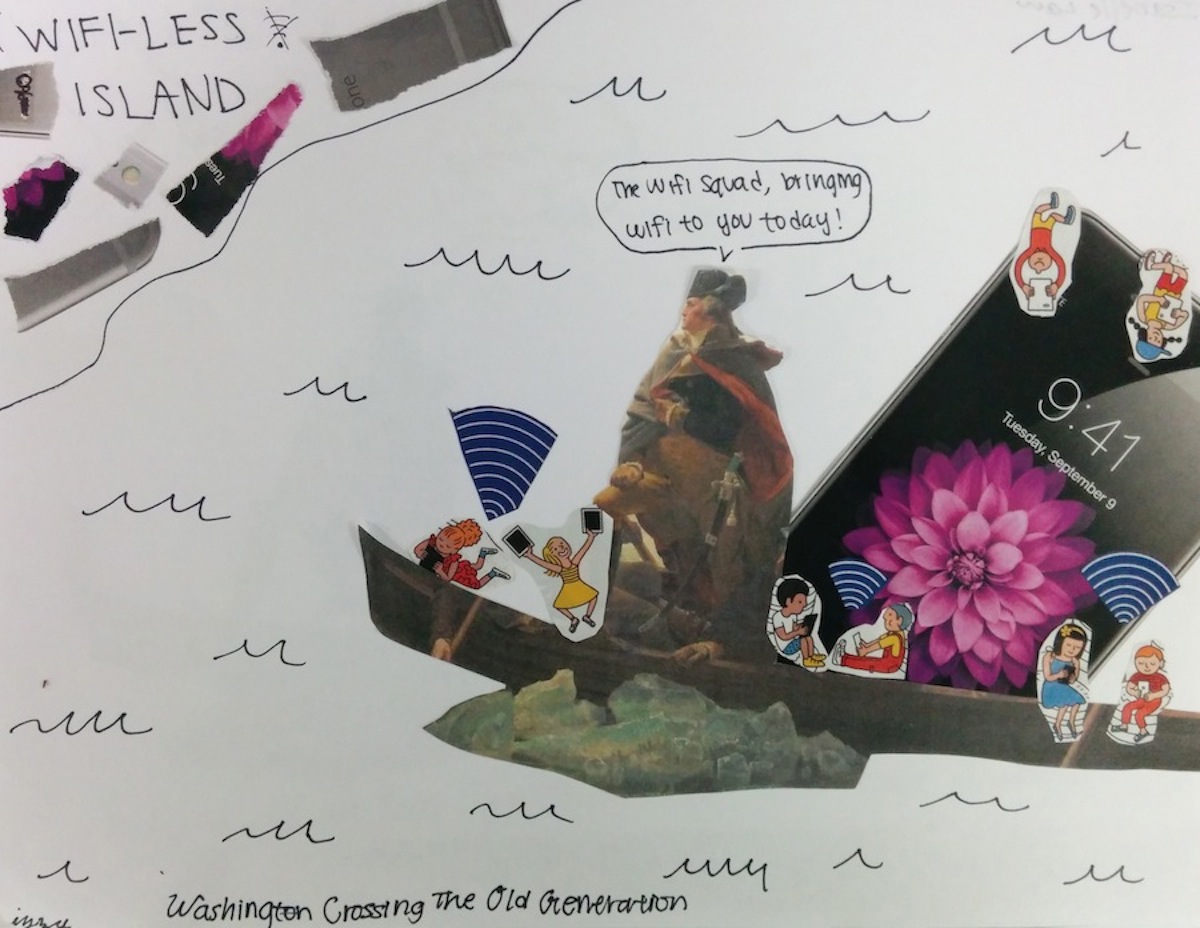
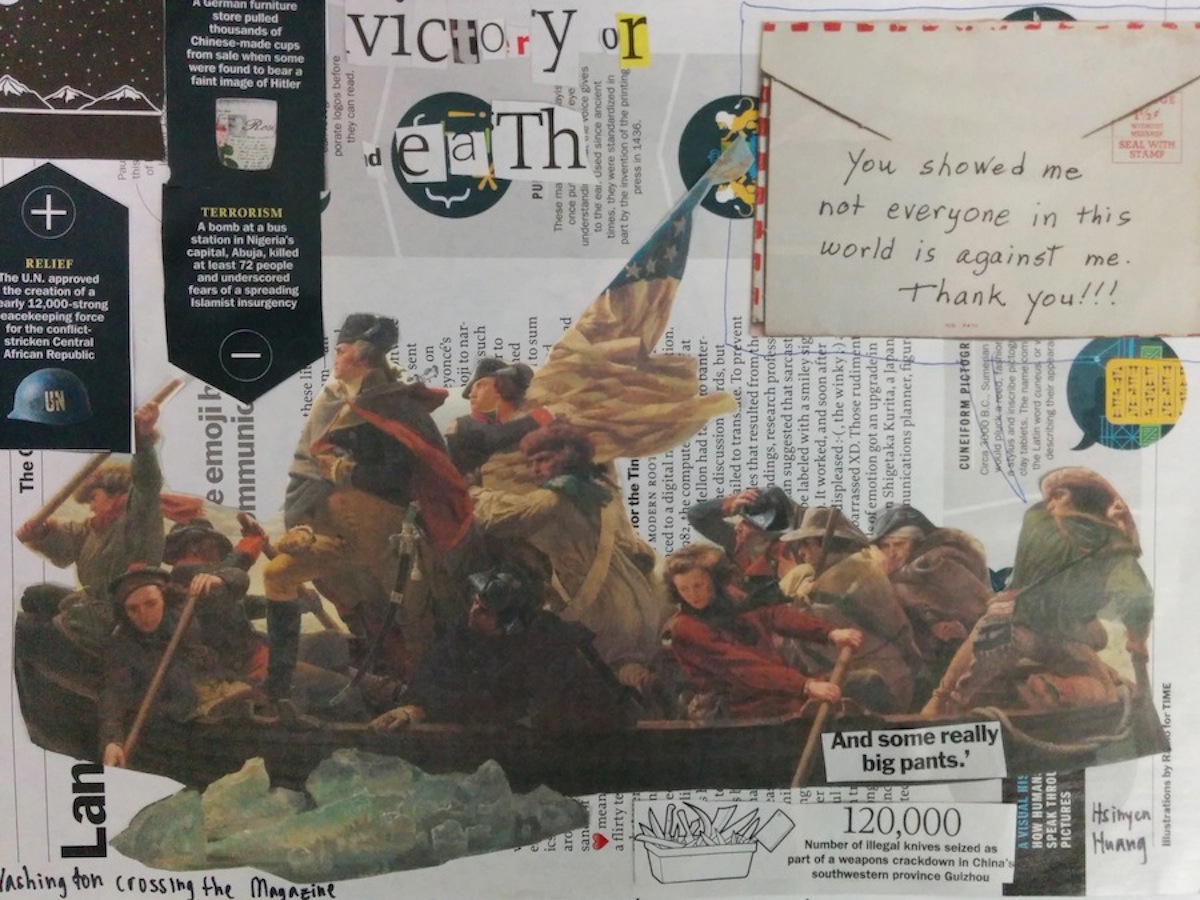
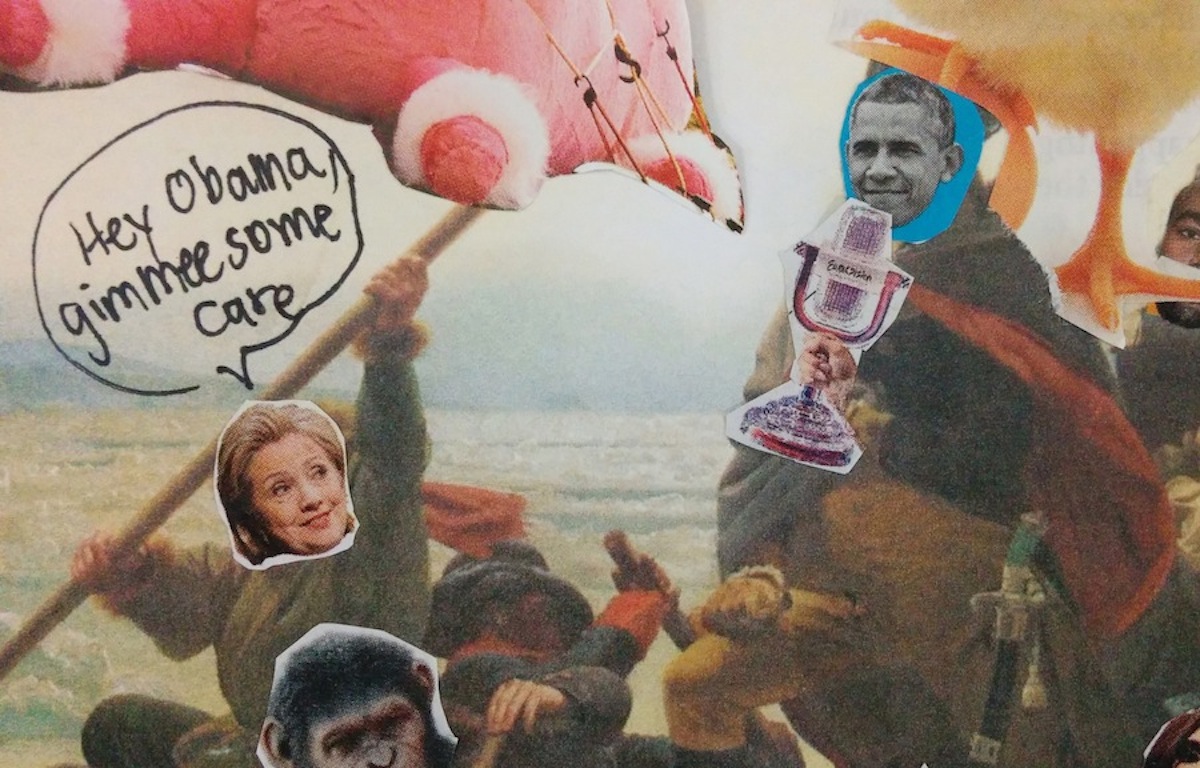
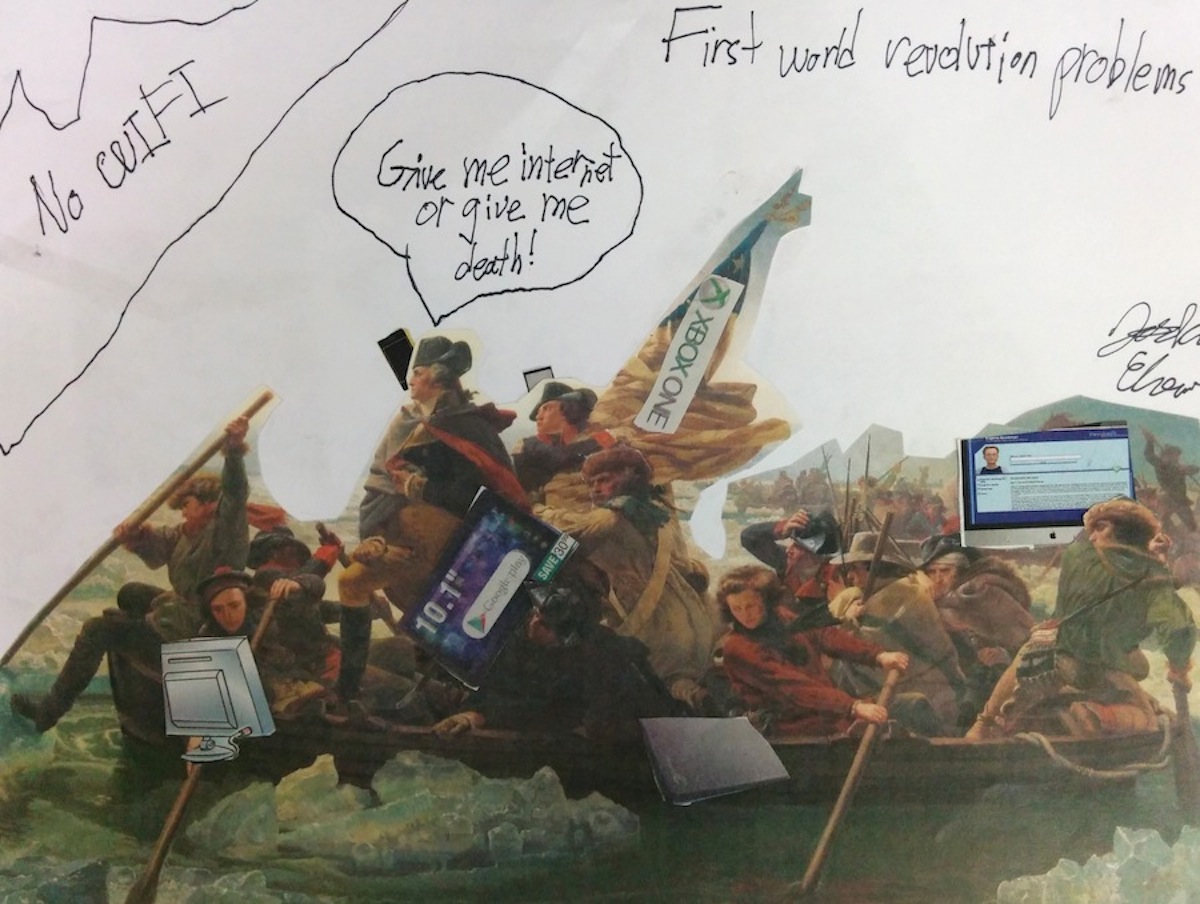
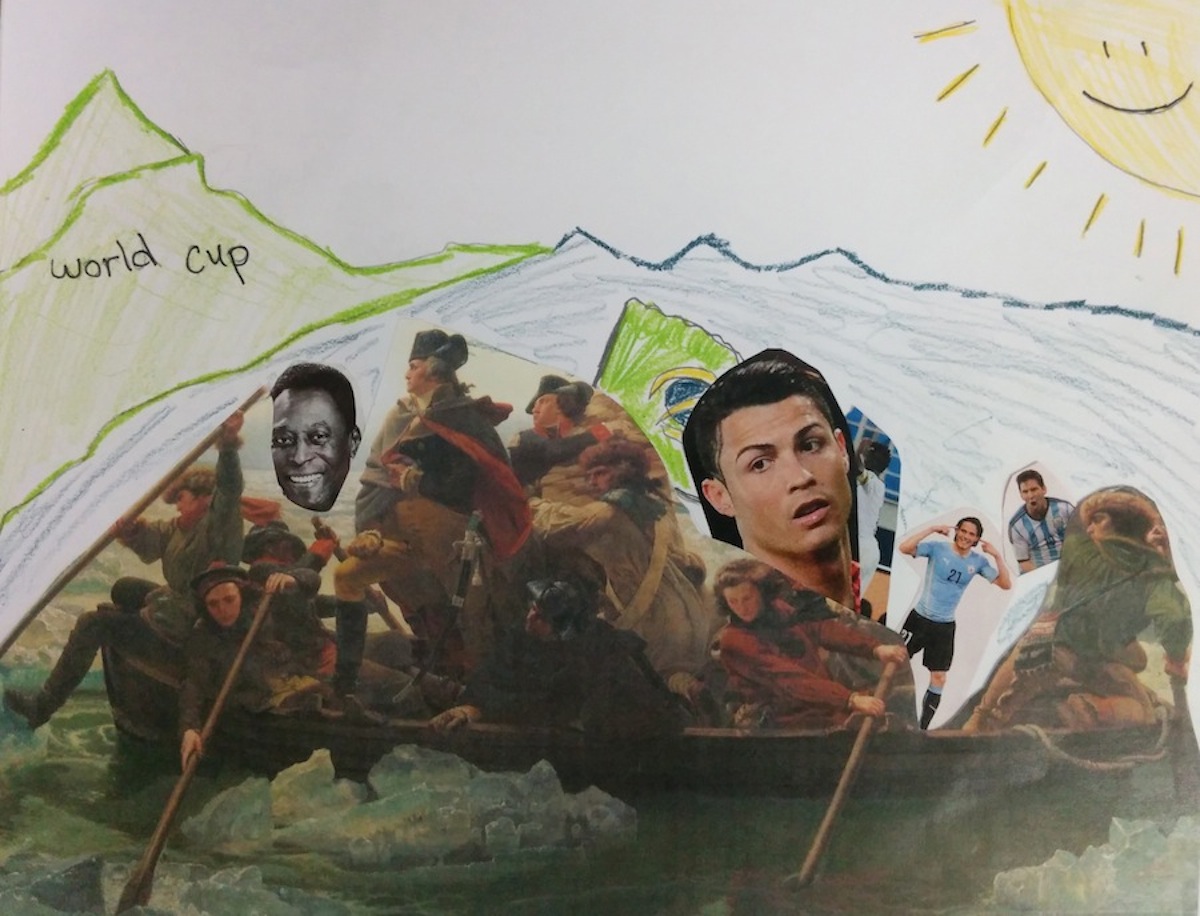
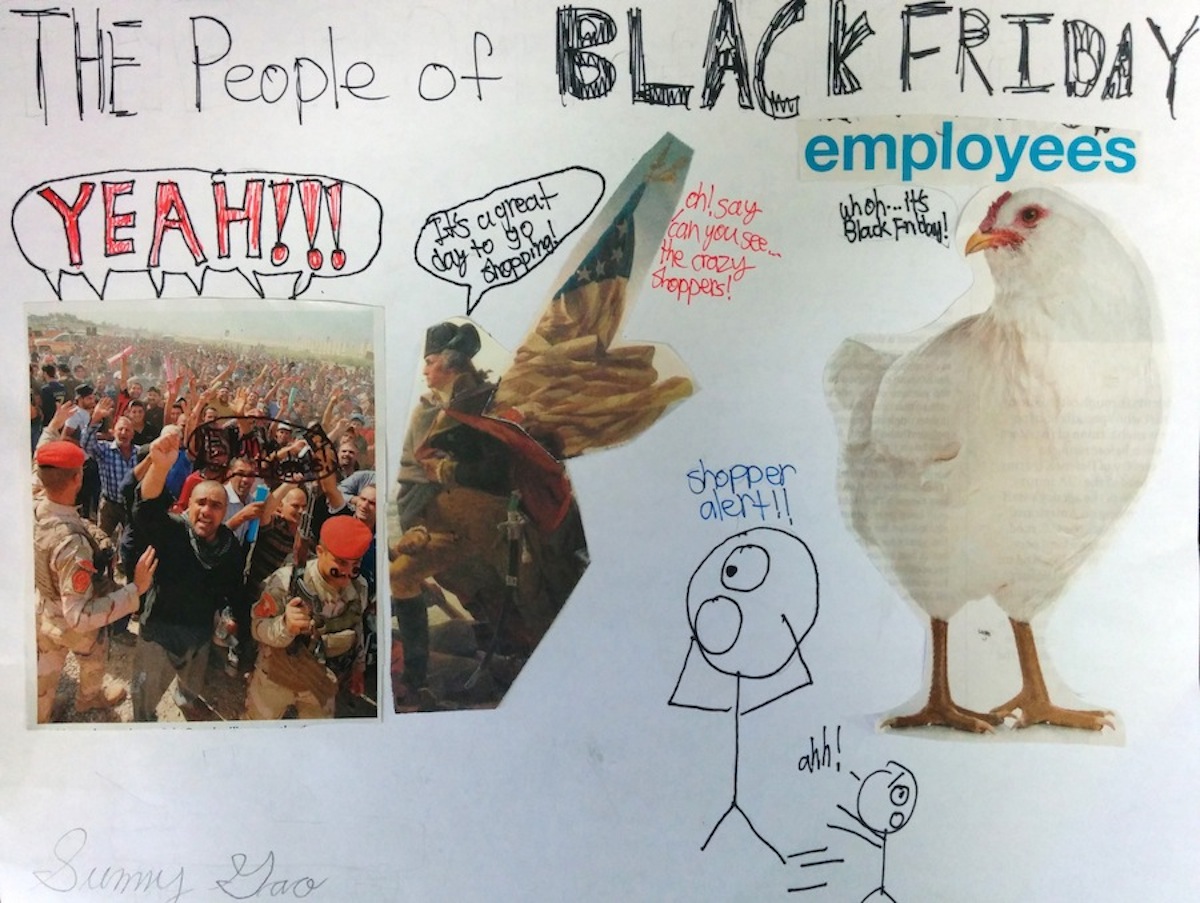
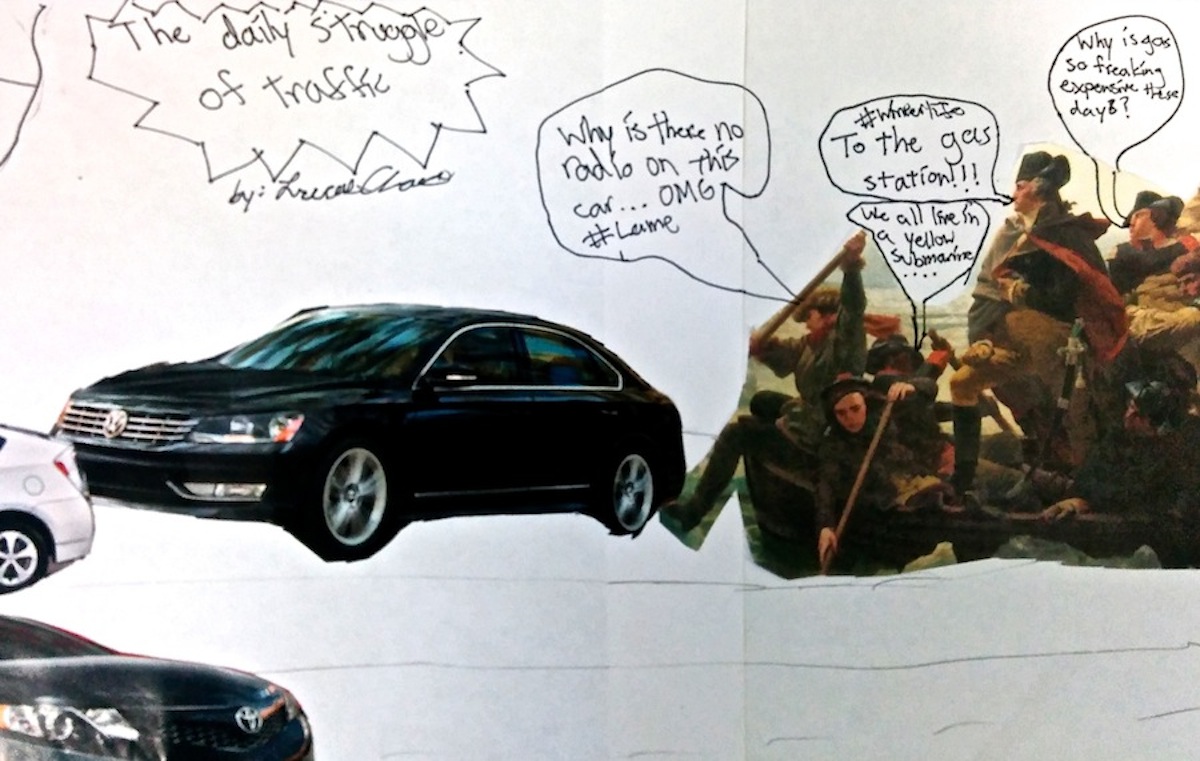
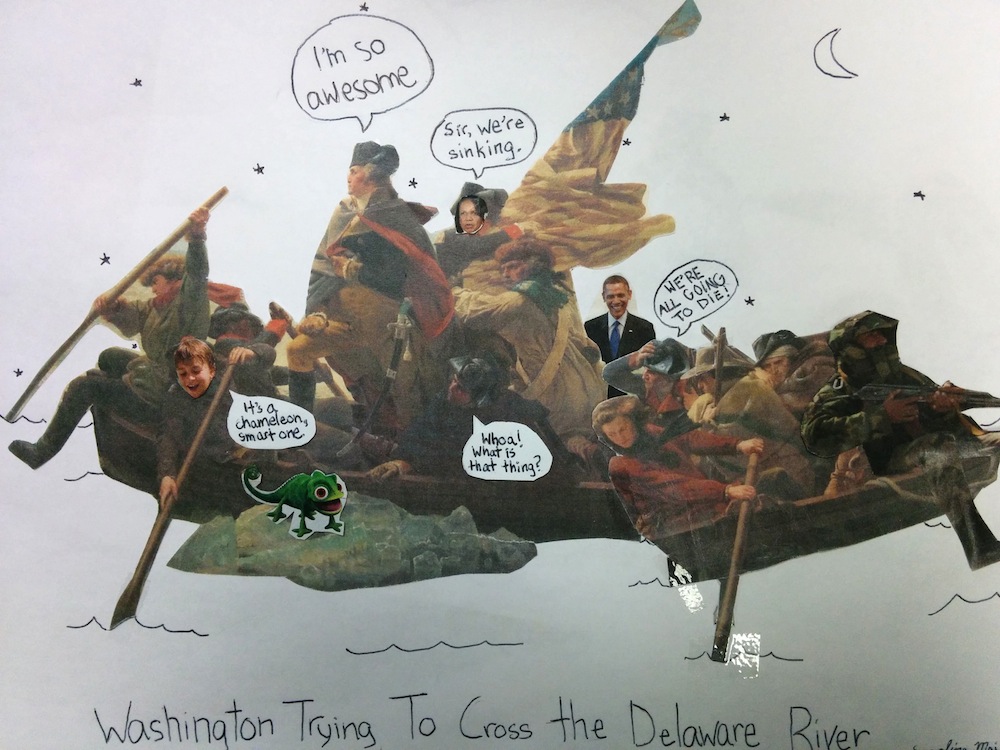
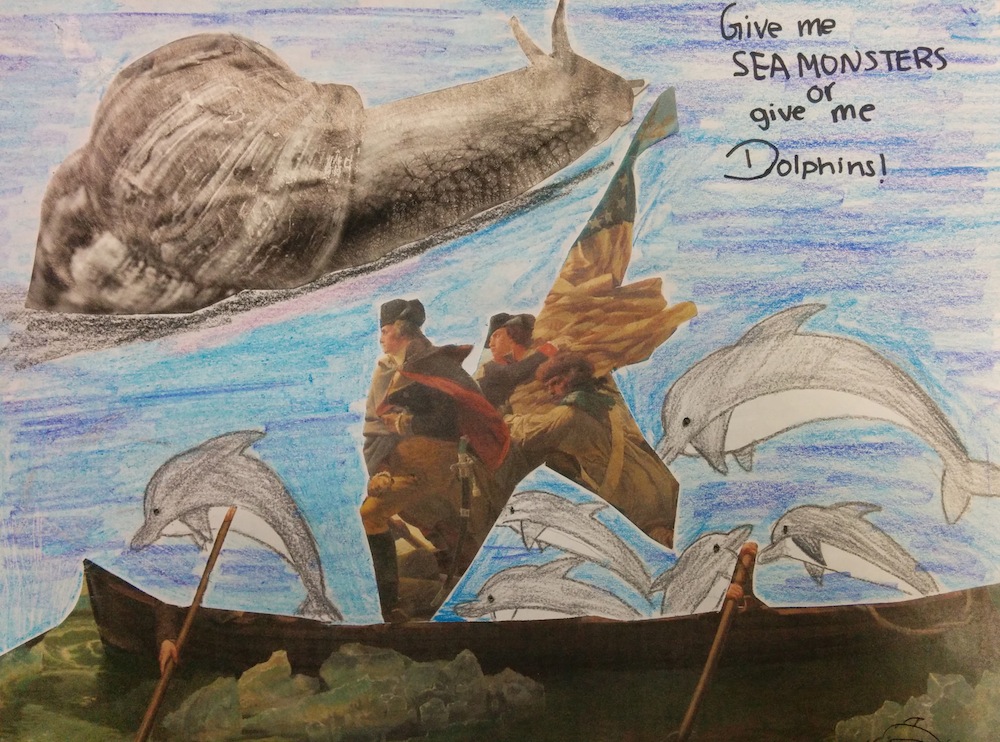
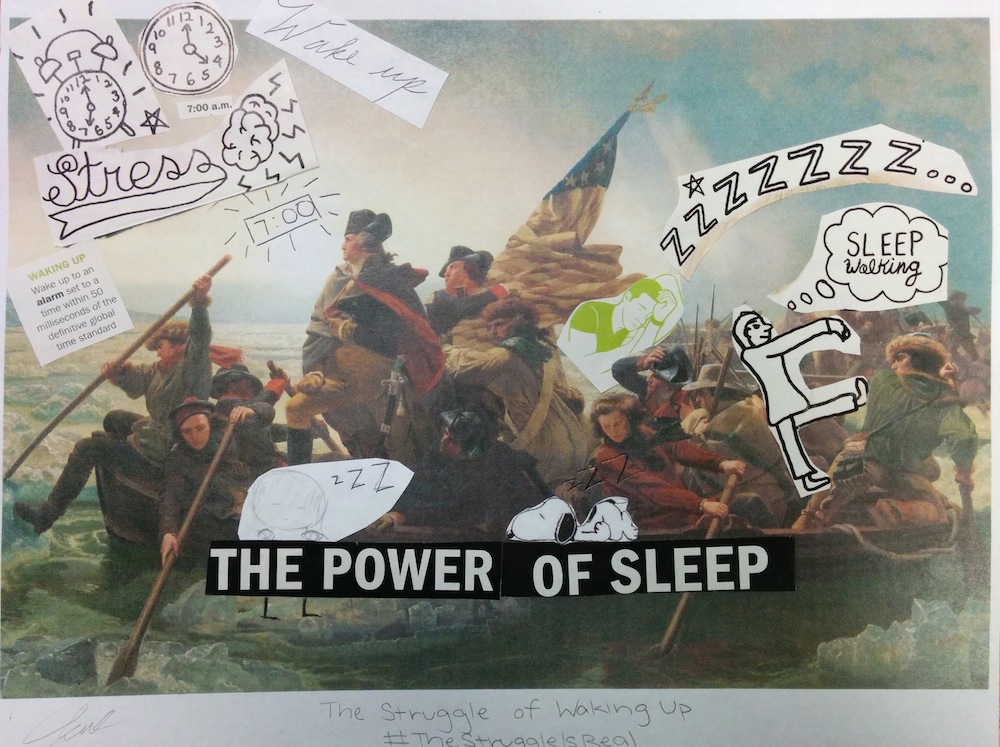
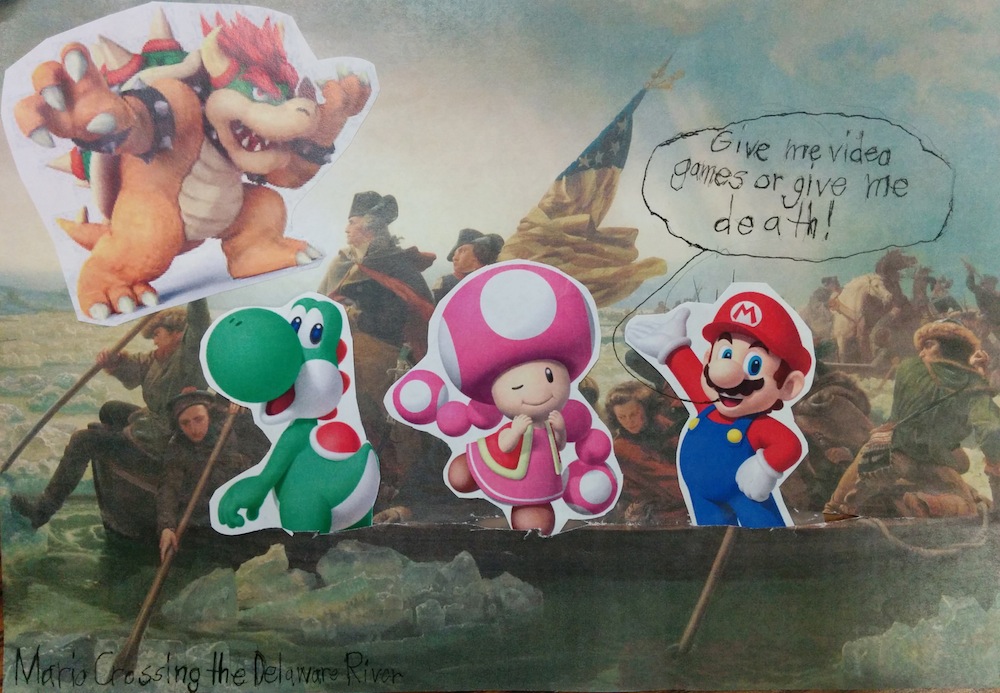

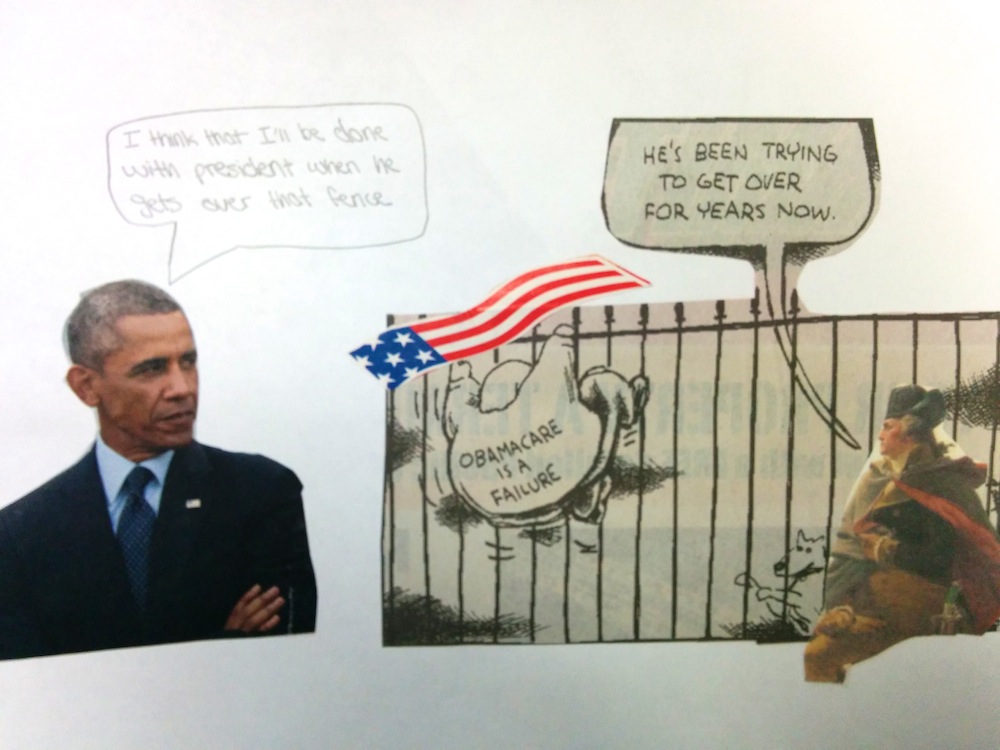

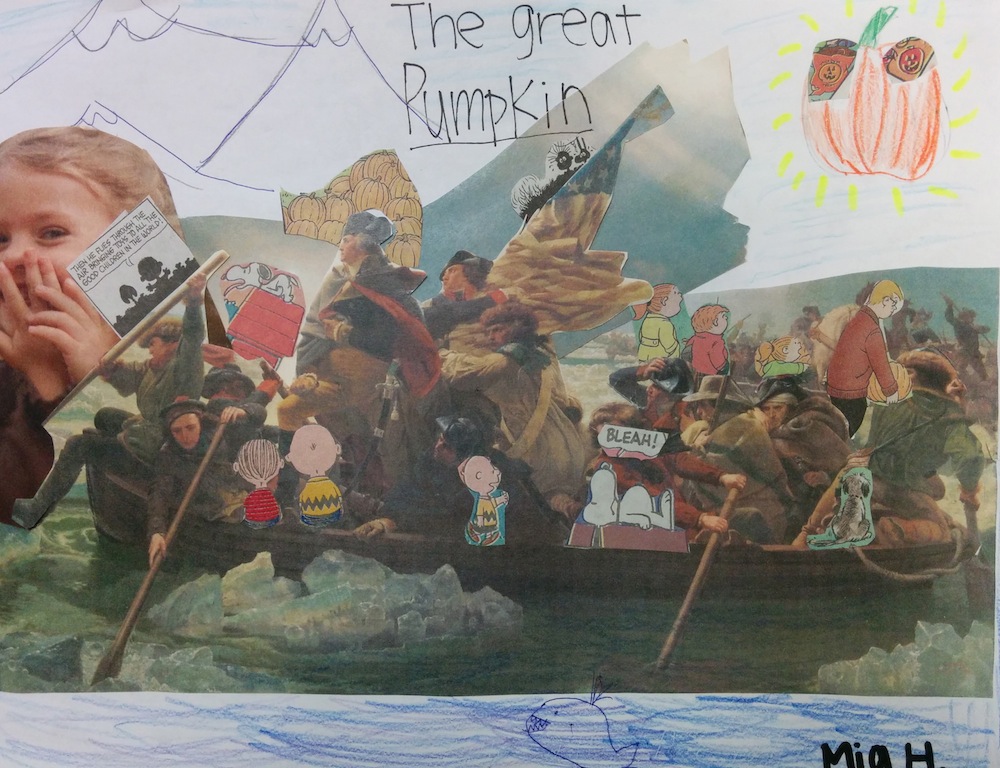

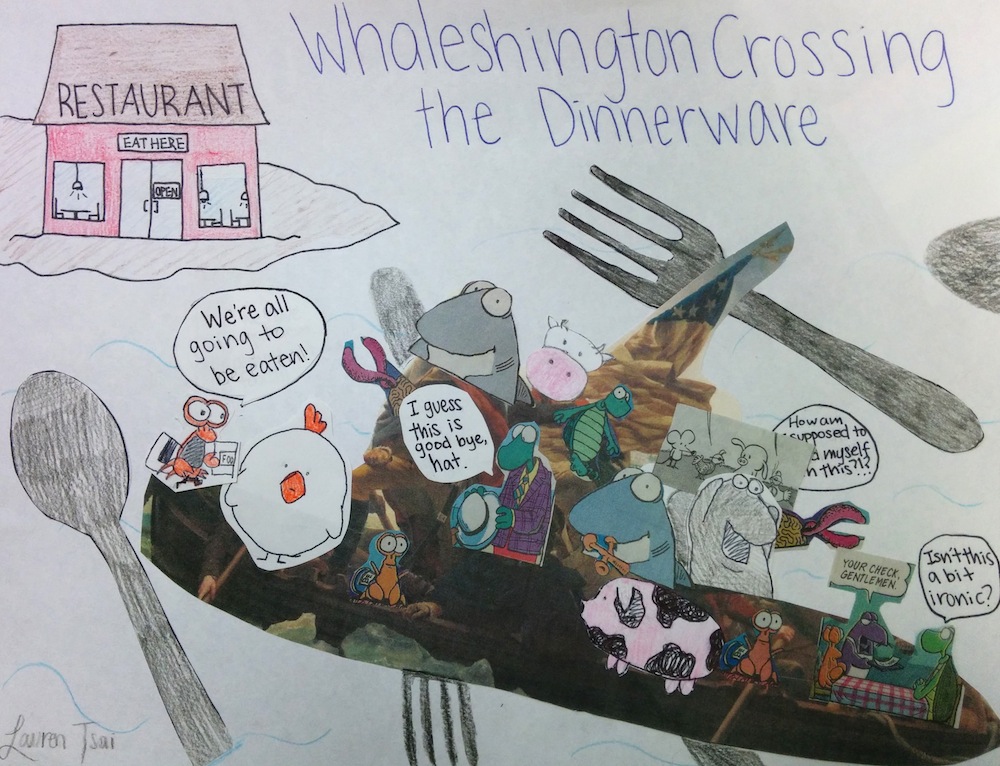

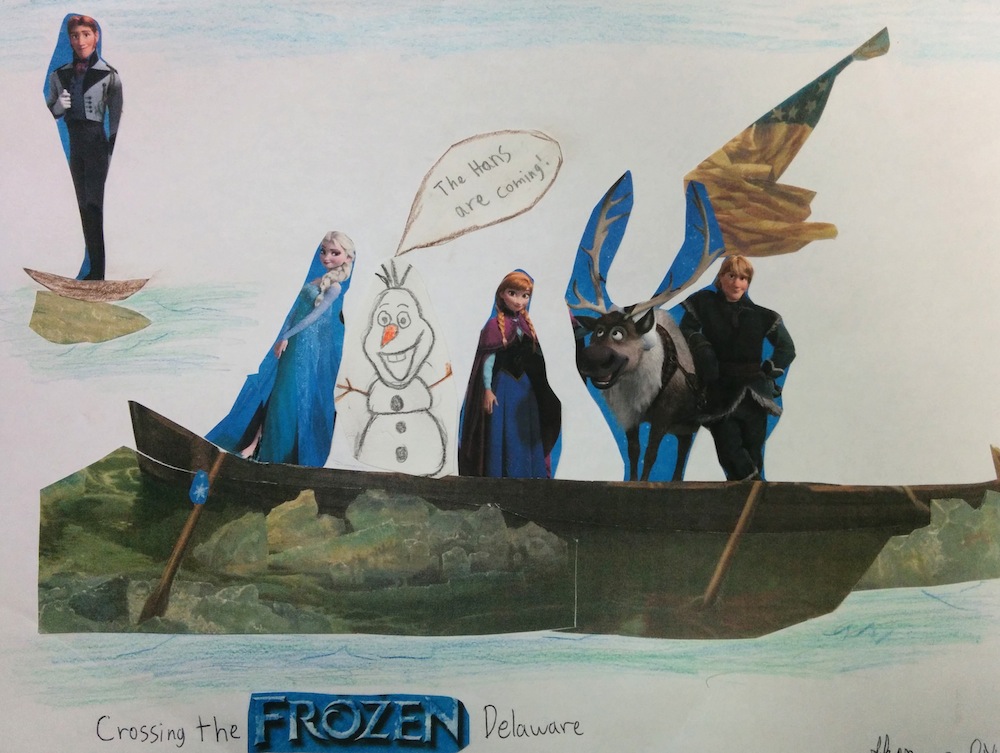
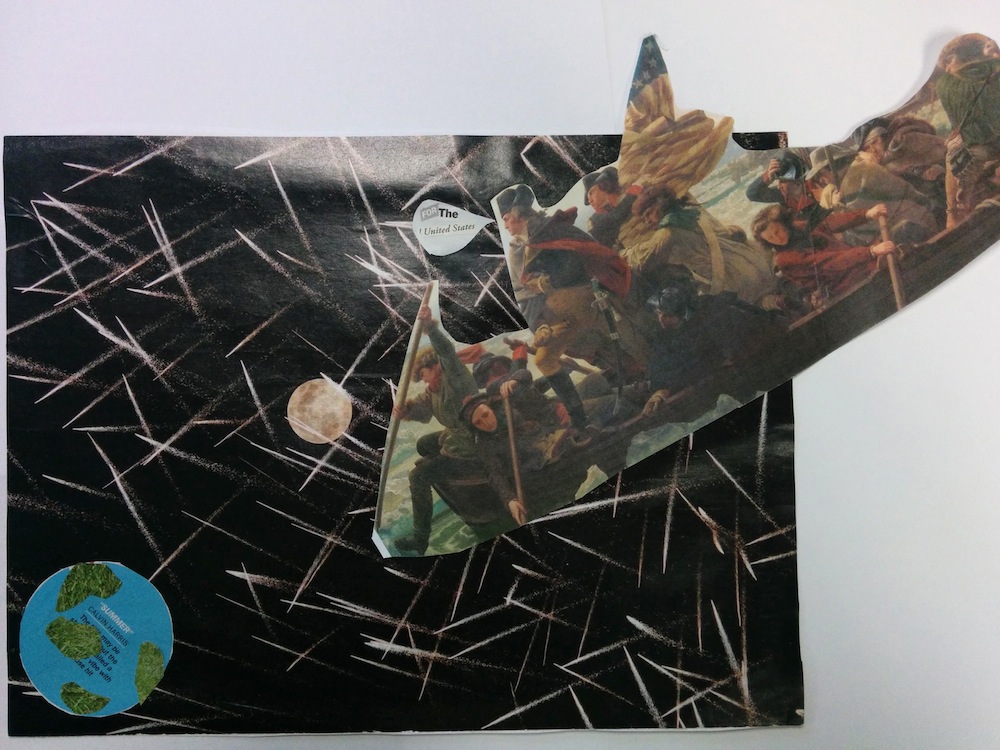
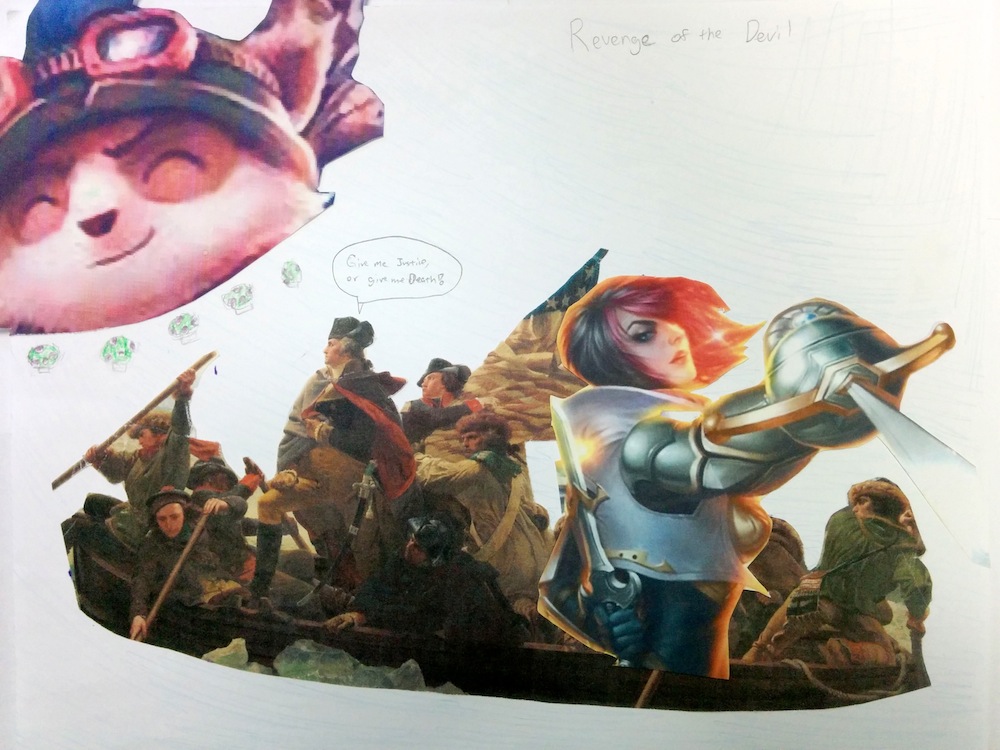

The Hudson River School of Painting and Civil War Art
This lesson was taught using information from an exhibit "The Civil War and American Art" from the Metropolitan Museum of Art: http://www.metmuseum.org/exhibitions/listings/2013/civil-war.
I also found this Disney animator, Chris Oakley's video on the Hudson River School to be extremely helpful in teaching this lesson: https://www.youtube.com/watch?v=00NDqFbepSA
The incredible, Disney-like "promised land" the Hudson River School painters depicted of America gave way to the darkness of impending storms once the Civil War started. American artists responded to the Civil War and its aftermath through landscapes and genre scenes—more than traditional history paintings—they captured the war's impact on the American psyche. The works of art on display trace the trajectory of the conflict and express the intense emotions that it provoked: unease as war became inevitable, optimism that a single battle might end the struggle, growing realization that fighting would be prolonged, enthusiasm and worries alike surrounding emancipation, and concerns about how to reunify the nation after a period of grievous division.
The students studied these paintings and tried their best to capture the rich colors and textures such as The Oxbow painted by Thomas Cole and Our Banner in the Sky painted by Frederick Church.
American Political Cartoons 1750-1833
Political cartoons has always been an important part of American life. An editorial cartoonist. Editorial cartoonists use a combination of artistic skill, hyperbole and satire to cast light on current political situations or personalities, often times questioning authority as well as drawing attention to social and political dysfunction. Our 8th graders learn that these cartoons may look simple, but in fact, they are quite difficult to create.



